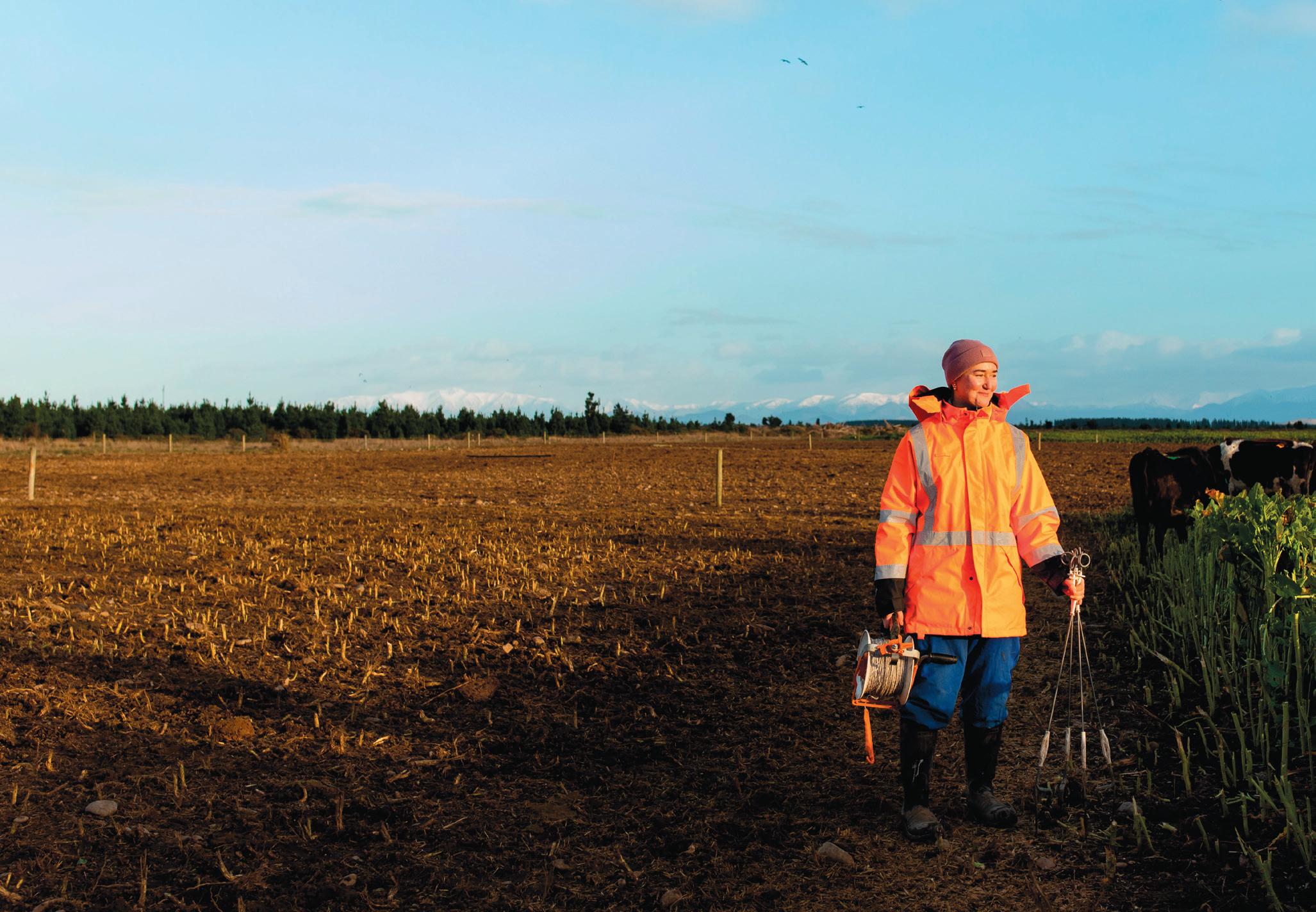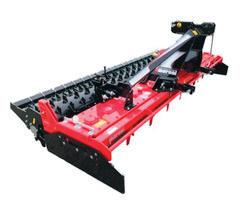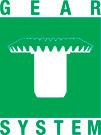















Winners are grinners: Darfi eld’s George Dodson (centre) celebrates his win in the Tasman FMG Young Farmer of the Year regional fi nal with runner-up George letham (left) and third placed Eddie Millichamp (right).

















Winners are grinners: Darfi eld’s George Dodson (centre) celebrates his win in the Tasman FMG Young Farmer of the Year regional fi nal with runner-up George letham (left) and third placed Eddie Millichamp (right).
George Dodson took out the Tasman Young Farmer of the Year regional title, following two days of fierce competition in Christchurch recently.
Now, the 22-year-old Dodson, along with six other regional finalists, will be heading to the Farmer of the Year Grand Final, in Hamilton in July.
The two-day Tasman event was one of seven regional finals being held between February and April.
Details of what challenges would be thrown at the 22 contestants competing at the Tasman regional final were kept under wraps from the competitors.
Dodson, who was originally from Southland, is second in charge on a 430-cow dairy farm between Darfield and Dunsandel.
It was his third time competing in the Young Farmer of the Year contest, and the first time he’s earned a place at the Grand Final.
He said the win was unbelievable.
“To be honest it hasn’t sunk in yet, it was such a shock, I can’t really believe it to be honest.


FROM PAGE 1
“The weekend was intense, there was definitely some stuff in there that was beneficial to me, and it was great that Saturday was practical based.
“The head-to-heads were a great challenge. I didn’t expect to be loading AI straws so it was cool to be doing something different.”
Dodson said the pressure really came on when he topped the leaderboard going into Saturday night’s buzzer quiz.
“When I saw that I was leading before the quiz, my family said I went pale white,” he said.
“The pressure was on, but luckily I smashed the quick-fire round so could settle into it a bit more after that.”
Dodson said he is looking forward to competing at the Grand Final and is excited about testing himself against the best of the best.
“I found the exam and some of the technical aspects of the weekend a bit of a challenge, so that’ll definitely be a focus for me in the lead-up to July.”
George Letham, 26, a member of the Waihora Banks Peninsula Young Farmers,
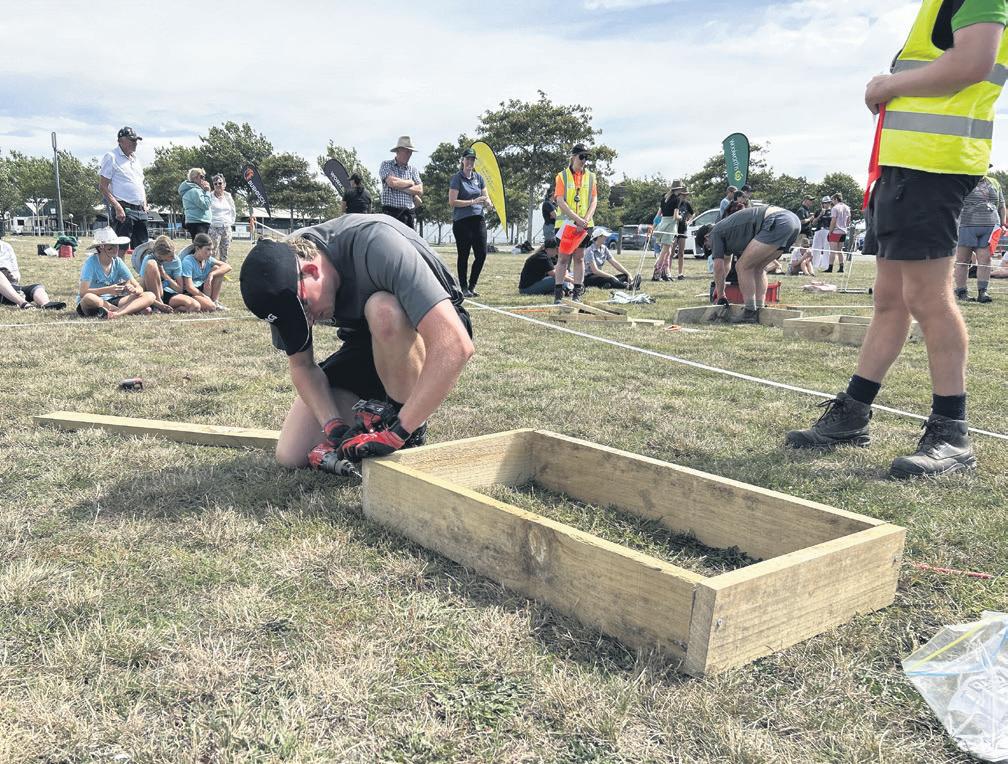
made his debut in the competition and clinched second place in the Tasman regional final, while Eddie Millichamp, 20, representing Lincoln Young Farmers, secured the last spot on the podium.
The regional final weekend was organised by a local Young Farmer committee led by Lincoln Young Farmer Georgia Moody.
New Zealand Young Farmers Chief Executive Lynda Coppersmith said the weekend was a real spectacle and a testament to all their hard work and preparation.
She said it was the work of regional communities and volunteers who have made the FMG Young Farmer of the Year the prestigious event it is today.
“We simply couldn’t do it without the tireless work of our local committees, communities and volunteers. These are people who support us year in, year out, and we’re incredibly grateful to everyone who has played a part.”
“Every year we continue to be blown away by the calibre of our FMG Young Farmer of the Year contestants, from our AgriKidsNZ participants through to those vying for the regional FMG Young Farmer of the Year title.



















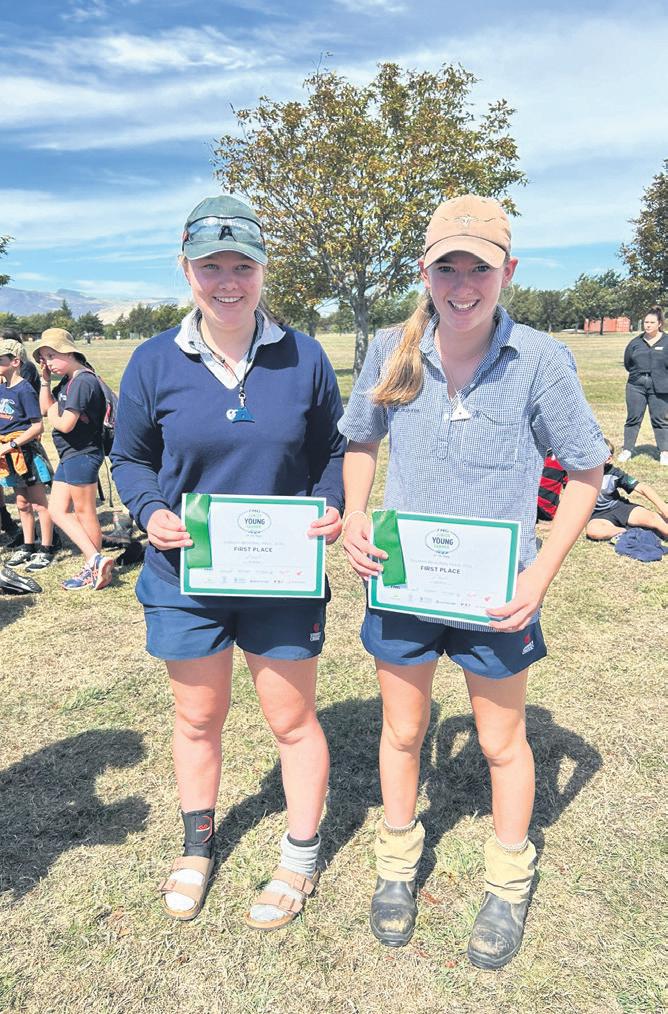
“Their knowledge, skills and passion for the industry is impressive and certainly leaves us excited for the future of our industry,” Coppersmith said.
The next generation was also out competing, with Mikayla Molloy and Tabitha White from Rangi Ruru taking out the Tasman FMG Junior Young Farmer of the Year title for 2024.
Connor Carroll and Oliver Carter from St Bede’s College placed second in the Junior Young Farmer of the Year Competition.
Future Farmers: rangi ruru students Mikayla Molloy and Tabitha White took out the Tasman Junior Young Farmer title.
Meanwhile, the Seddon School AgriKidsNZ team made up of Pippa Muir, Isabella Pitts and Emma March were the 2024 Tasman AgriKidsNZ Champions.
Runner-up and third in the AgriKidsNZ contest were Liam Underwood, Manawa Doonan and Fred Maher, also from Seddon School, and Charlotte Craw, Jess Thompson and Hayley Shannon from Akaroa Area School.
The winners have also been invited to July’s FMG Young Farmer of the Year Grand Final.
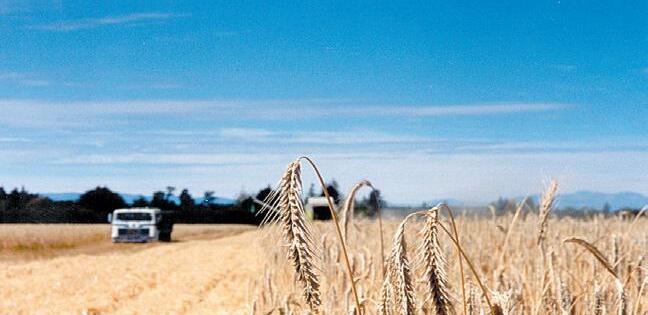

Concerns about high interest rates, poor commodity prices and excessive red tape are weighing heavily on farmers, but rural confidence has risen from last year’s record lows according to Federated Farmers’ latest Farm Confidence Survey.
The survey shows there’s been a positive shift in the rural mood since 2023, when confidence reached its lowest point in the survey’s 15-year history.
“It’s good to see the first improvement in farmer confidence for quite some time now,” Federated Farmers national president Wayne Langford said.
“I want to be clear that it’s only a slight improvement and it’s coming off a very low base,” Langford said.
“I wouldn’t say farmers are feeling more confident yet – they’re just feeling less unconfident. Confidence is no longer going backwards, but it’s still in the gutter.”
Langford said farmers are struggling with high inflation, high interest rates and lower commodity prices, and the impact of those on their profitability.
“Most farmers are still feeling that general economic conditions are bad, and most are still making a loss.
“Where we are seeing a shift is in the number of farmers who expect things will improve in the next 12 months. So, times are tough, but there’s a sense of cautious optimism.”
Compared to last July, the January 2024 survey shows more farmers expect their production and spending to increase, and fewer farmers expect their debt to increase, in the 12 months ahead.
Langford said there are a number of drivers behind the confidence recovery.

“Inflation is slowing, interest rates are high but have hopefully peaked, and commodity prices, at least for dairy, seem to have stabilised.
He said he’s optimistic this is the start of a genuine, steady increase in confidence.
“I think we will see confidence continue to lift in the year ahead, helped by an easing of unnecessary regulatory pressure on farmers.”
The survey identified farmers’ biggest concerns right now as: debt, interest, and banks; farmgate and commodity prices; regulation and compliance costs; and climate change policy and the ETS.
Langford isn’t surprised to see interest rates came out as the top concern.
“I’ve spoken to a lot of farmers who are getting work off-farm just to make ends meet. It’s exactly why Federated Farmers have been calling for an inde-
Improving: Federated Farmers national president Wayne langford says they are seeing a shift in the number of farmers who expect things will improve in the next 12 months.
pendent inquiry into rural banking.
“Farmers need to know why interest rates for rural lending have gone up so much more than for residential.”
He encourages any farmers who may be struggling to reach out for support.
“Even though we’re talking about a slight confidence lift, it’s still extremely tough for farmers out there, so please reach out to the likes of Federated Farmers and Rural Support Trust if you need help.”
read the 2024 Federated Farmers Farm Confi dence Survey results at fedfarm.org.nz/ FarmConfidence


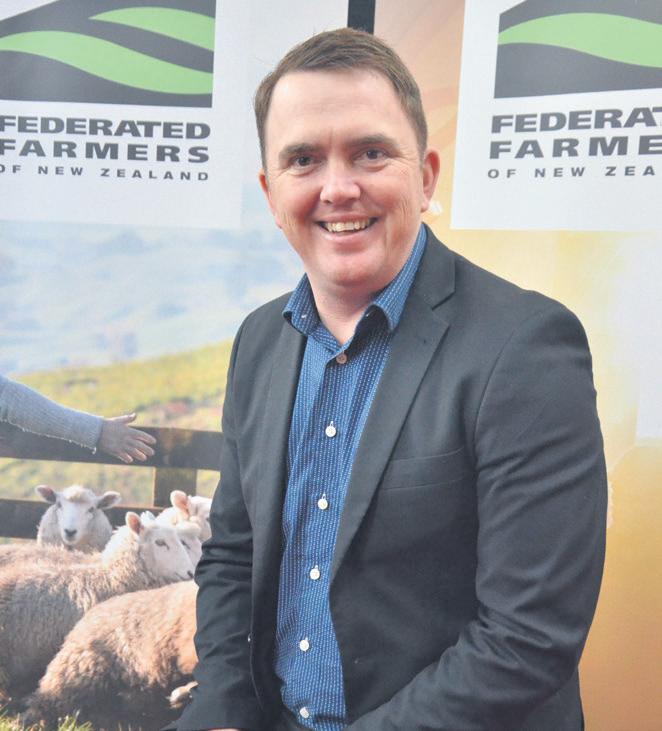

























Intense drought conditions continue to grip parts of the country, taking their toll on farmers, growers and rural communities as tough ground conditions restrict operations and force early reliance on winter feed.
While it is for NIWA to determine the status of a meteorological drought, I have made the proactive decision to expand the mediumscale adverse event classification currently in place for the Marlborough, Nelson, and Tasman districts to also cover the Canterbury and Otago regions.
This classification unlocks additional support including tax relief and enables the Ministry of Social Development (MSD) to consider Rural Assistance Payments which will alleviate cashflow problems as the dry spell persists and looks unlikely to improve in the short-term.
I met with farmers in South Marlborough late March to see conditions on the ground first-hand. They told me the classification makes a difference to their businesses.
I have also met with regional representatives from the rural support trust and federated farmers over the last few weeks to discuss practical on ground solutions that bolster rural support networks and direct farmers to the appropriate mental health and financial support services available.
Under this classification extension, up to $70K will be provided to Rural Support Trusts in North, Mid, and South Canterbury and Otago to facilitate community and one-on-one support for affected farmers and growers.

Extended: The medium-scale adverse event classifi cations which were in place for the Marlborough, Nelson, and Tasman districts have been extended to cover Canterbury and Otago.
The dry conditions have affected some fodder crop yields with some farmers already relying 100 per cent on supplementary winter feed. While light rain has been recorded in parts of Canterbury and Otago, it won’t deliver any significant relief to parched soils.
I know farmers and growers in other parts of the country such as the Wairarapa are also facing dry conditions and the possibility of a ‘green drought’ come cooler temperatures.
I have directed my officials in the Ministry for Primary Industries (MPI) to continue working with sector groups, regional bodies, and farmers across the country to monitor impacts to determine if, and where, additional support might be needed.
The hardships faced by farmers this season underscores the need for practical on farm water storage options.
In our first 100 days this Government has begun overhauling Labour’s National Policy Statement for Freshwater Management 2020, which placed undue costs and anxiety on rural communities.
Instead, we will be consulting with stakeholders to streamline resource access for farmers and develop pragmatic water storage measures that enhance agricultural productivity.
This will be supported by the fast-track consenting legislation that provides a minimum 30-year consent duration for large-scale

The Long-Term Plan is our plan for the next 10 yearswhat we are committing to do, how and when, and how it will be paid for.
This plan is about your future Selwyn. It has been put together based on feedback you have given us about your priorities.
We have some big decisions ahead of us and now it is time for you to have your say.
Consultation is open from 2 April - 2 May. Visit www.selwyn.govt.nz/ltp and give us your feedback.
storage projects. We’ve also committed to making water storage on farms for irrigation proposed a permitted activity. This is to give farmers greater certainty and allow them to store water to use in dry times increasing productivity and improving water quality outcomes.
Government decisions on recovery assistance following or during adverse weather events, such as a drought or flood, are guided by the Primary Sector Recovery Policy.
In the case of a drought, multiple factors are considered, such as the scale and frequency of the event, and the options available to farmers and growers to manage risk, such as preparing supplementary feed and selling livestock.
The Government also considers how the community is coping and the degree of social and economic impacts of each individual event.
It was clear to my colleague, Minister for Rural Communities, Mark Patterson and I that while this dry spell is not yet a meteorological event, our rural communities are doing it tough with financial pressures arising from input cost increases, interest rate rises, and reduced income associated with low commodity prices.
This government takes our lead from the rural communities who feed and clothe us and remain the backbone of our exporting economy.


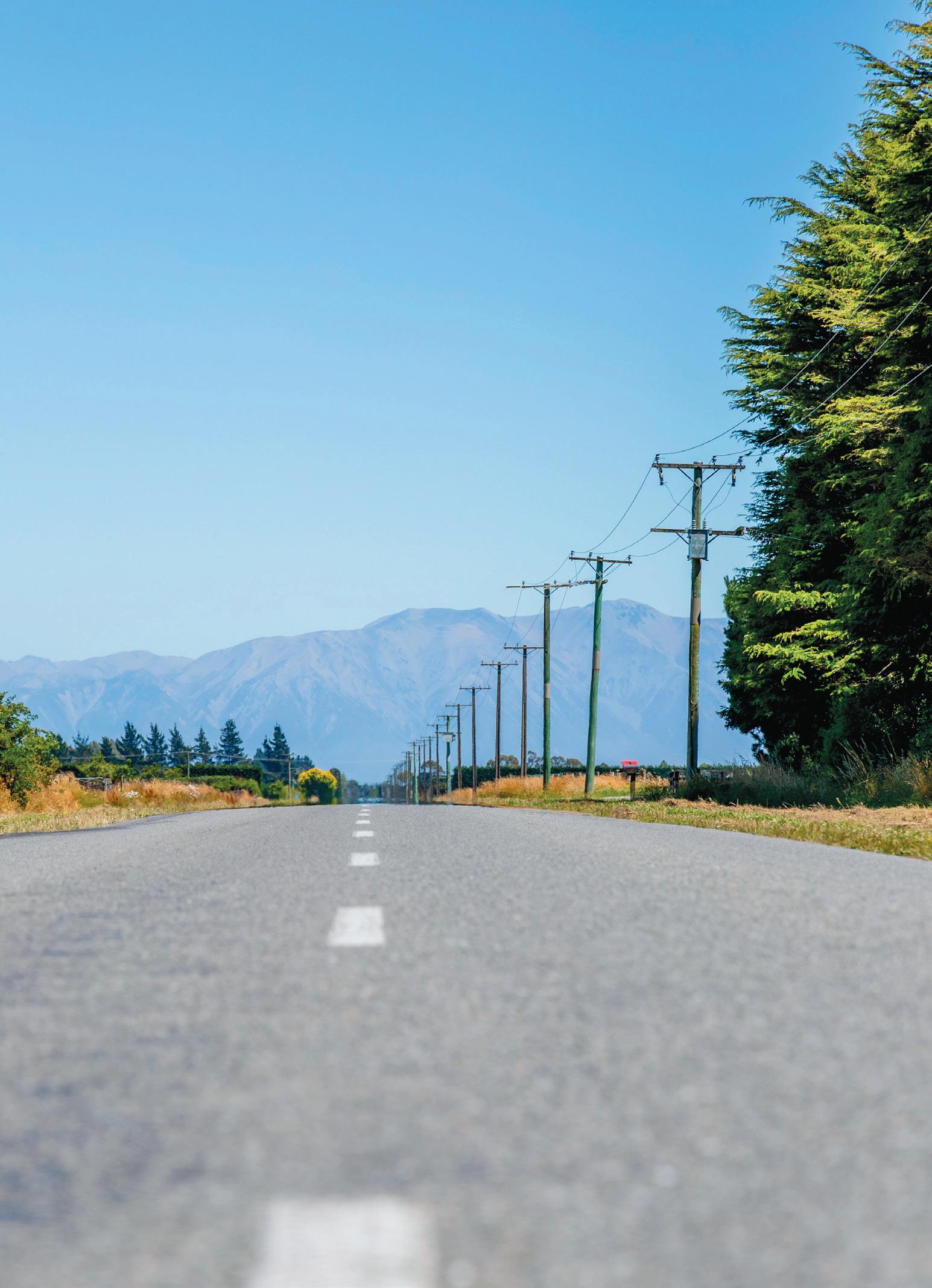
The Alliance Group won four gold medals at the recent Outstanding NZ Food Producer Awards, achieving top honours for every cut entered.
] by Kent CaddickThe co-operative’s Pure South Handpicked 55 Day Aged Beef ribeye, Pure South beef whole ribeye, Pure South venison five rib rack and Pure South French lamb rack all won gold in the prestigious competition.
The awards celebrate inspiring Kiwis who harvest, grow and produce New Zealand’s outstanding food and drink.
Entries are judged on a range of criteria including aroma, visual appearance, flavour, consistency, quality, sustainability, brand story and packaging.
Alliance Group chief executive Willie Wiese said the awards reflected the co-operative’s farmers’ dedication to quality and Alliance’s commitment to building a differentiated premium portfolio.
‘Judges said the pure South Handpicked Beef 55 Day Aged ribeye was “heartwarming”.
Willie Wiese Alliance Group chief executive
“We are now six years into our journey of steadily expanding our range to provide our farmers with opportunities to partner with us on new products to meet the exacting demands of customers around the world. Our products are getting rave reviews across the globe and we are raising the bar for worldclass beef, lamb and venison,” Wiese said.
Judges said the Pure South Handpicked Beef 55 Day Aged Ribeye was “heartwarming”.
The cut was described as having, “brilliant caramelisation, intense flavour, great chew and mouthfeel, with marbling and fat adding to the brilliant flavour.”
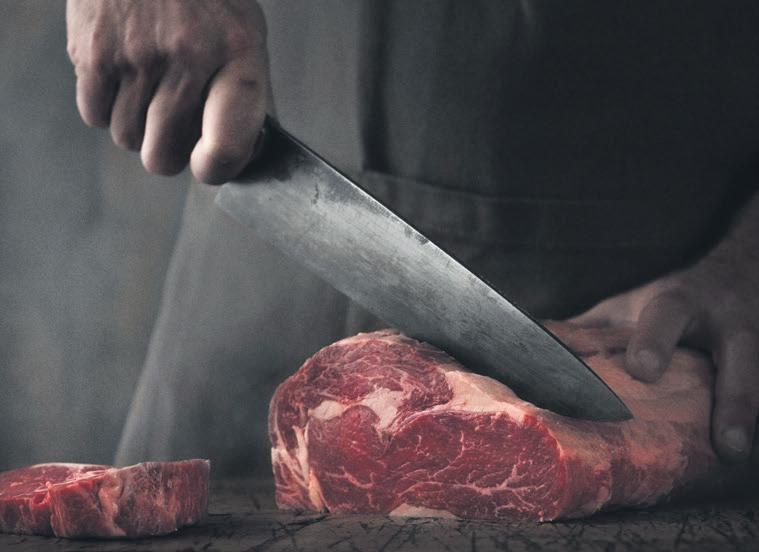
They “just loved” the Pure South Beef Whole Ribeye, describing it as meat that delivers, tender as butter, beefy with sensational caramelisation and delicious fat.
Golden: The Alliance Group’s pure South Handpicked Beef was one of four gold medal winners produced by the co-operative at the Outstanding NZ Food producer Awards.

The Pure South Venison five rib was, “melt in the mouth and tender.” The Pure South French lamb rack was found to be lovely and tender, with a beautiful, sweet lamb aroma, substantial meat ratio to fat, a clean taste and clean fat.
Last November, Alliance’s Pure South Handpicked 55 Day Aged Beef ribeye was named best grass-fed steak and the best ribeye in the world at the World Steak Challenge.




Recent media reports suggested that Fonterra was looking at a huge profit and shareholders were to get a good return and it started me thinking.
I cannot think of any other business that has overheads such as farming does. Land values, debt servicing and running costs all very different to other businesses.
Remember the old saying, “Farmers are the only ones who buy at retail prices, sell at wholesale prices and pay the freight both ways”. Compare other businesses.
They can rent a building or property that suits their requirements and rent larger ones as their business grows. Farmers don’t.
Manufacturers produce enough goods to cover orders, Farmers don’t, they produce and hope they will sell it all.
Retailers only buy what they think they can sell and replace sold items as and when they are needed.
Farmers work on a 12-month cycle having
no idea who will want their produce when it is ready for the market.
Manufacturers sell to a small group of wholesalers and can pick the ones who will buy at the best price and quantities as and when. Farmers have to rely on people they have no control over to sell their produce.
Manufacturers can set their prices to cover costs and build in a margin, farmers have to accept whatever price the processing companies offer them.
Retailers have the option of buying and selling what the public demand suggests, farmers can’t swing from one item to another on a whim.
Professional folk such as lawyers and accountants have industry wide rates to charge clients so they can budget and hire and fire staff according to business flow. Yes, you are right, farmers can’t.

In fact farming is one of the few, if not only, businesses that can’t go up size or down size as and when needed for survival.
Now, for a moment, let’s think about the weather. What other business is totally at the mercy of the weather. Manufacturers and
retailers all have roofs over their goods and businesses, farmers certainly don’t.
Stir in farmer’s isolation from amenities and you get the picture.
Seriously how farmers survive, let alone budget is beyond me. You really are amazing.




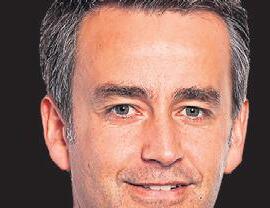



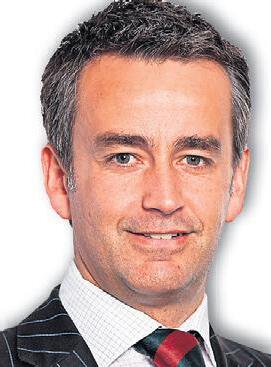

The MSCI All Country World Index (ACWI), the US S&P 500 index, Japan’s Nikkei 225 index and the AU ASX 200 all hit new records, surpassing levels seen in 2021.
The strong performance globally has been led by gains in the US share market. In particular by the so-called ‘Magnificent Seven’, the seven US technology-related behemoths: Apple, Amazon, Alphabet (the company formerly known as Google), Meta (formerly Facebook), Microsoft, Nvidia, and Tesla.

When you are thinking about your investment options, talk to Forsyth Barr
To get personalised investment advice and portfolio management specific to your investing needs, talk to Investment Adviser Andrew Wyllie in confidence on (03) 365 4244 or email andrew.wyllie@forsythbarr.co.nz



CHC6189-02
March 2021
This group of businesses account for almost 30% of the main US stock index, the S&P500. These companies have had changeable fortunes in recent years, they were some of the biggest losers during the equity market downturn in 2022 but posted some of the largest gains in 2023 and have continued their positive run this year, supported by enthusiasm over the emergence of new Artificial Intelligence (AI) models and technology.
In addition, the US economy remains in robust shape which has helped further bolster sentiment around US markets in particular.
While the US and a few other markets have hit new record highs, it’s worth noting that not every market is experiencing the same level of buoyancy.




The NZX50 remains well below the peak it saw back in 2021, although after a rough patch over the past few years it has finally delivered some better performance in recent months.
Gains in December last year were helped by expectations that the Reserve Bank of New Zealand (RBNZ) might lower interest rates in the year ahead; however, recent market performance has been subdued due to a weak earnings reporting season.
Company updates from many of the big, listed companies in New Zealand disappointed against already low earnings expectations, and most foreshadowed a tough outlook ahead. Companies generally noted the negative impact from higher interest rates on demand, especially in the retail sector.
The RBNZ announced its latest policy decision in late February, with the Official Cash Rate (OCR) on hold at 5.50%. The communications indicate that it is reasonably comfortable with how the economy is progressing and, all going to plan, thinks it could be in a position to start reducing interest rates from late 2024 to early 2025.
Financial markets are expecting interest rate cuts to come sooner, with the OCR expected to be 50 bps lower by the end of the year.
Regardless of exactly when the RBNZ starts reducing the OCR, interest rates are widely expected to be lower by this time next year.





‘interest rates are widely expected to be lower by this time next year.
While we don’t think we are going back to an environment where the OCR returns to 0.25% (that was in the midst of a major pandemic), lower interest rates over the coming years could help provide some support for equity market sentiment and to the domestic economy.
This article was prepared as at 29 February 2024 and provides market commentary for the three-month period ending on that date. We appreciate that market volatility and economic uncertainty doesn’t make an easy backdrop for investors. To discuss your investment options please contact Andrew Wyllie, who is an investment Adviser and is Forsyth Barr’s Christchurch Branch Manager. He can be contacted regarding portfolio management, fi xed interest, or share investments on 0800 367 227 or andrew.wyllie@forsythbarr.co.nz. This column is general in nature, has been prepared in good faith based on information obtained from sources believed to be reliable and accurate, and should not be regarded as fi nancial advice.







Modern day families can be complex, and your family situation may include children from prior relationships, blended families or family fall out.
These matters and your asset structure should be adequately considered when it comes to your estate planning.
The distribution of your assets after your death should reflect your unique family and asset situation (subject to legislation such as the Family Protection Act 1955 and the Property (Relationships) Act 1976).
It is our broad opinion that every person of sound mind over the age of 18 years old should consider preparing a will (a person of sound mind who is under the age of 18 years old can make a will if they are married, or in a defacto relationship).
A will is a legal document which sets how you want your assets to be distributed after you have passed away. It should state who gets what and when and can include considerations such as guardianship for minors.
A will enables you to direct that on your death, your assets be distributed in accordance with your preferences.
It is your chance to expressly state your wishes, although there are laws your will needs to comply with or it can be challenged.
Your will should consider:
1. Your relationship status;
2. The nature of your relationship with your family including your children and other dependents;
3. Who you wish to administer your directions;
4. Specific gifts;
5. Your assets;
6. Guardianship for children;
7. Pets;
8. The Family Protection Act 1955;
9. The Property (Relationships) Act 1976;
10. Step-children and blended families;
11. Special funeral requests; and
12. Who you wish to distribute your assets to and how.
In the absence of a valid will, you die intestate’, and the Administration Act 1969 provides directions as to how an estate must be distributed.
Section 77 of the Administration Act 1969 directs that assets of an estate must be distributed in the manner set out in that section.
Examples of the distributions are as follows, if you die with:
1. A spouse or partner but no parents or children: your spouse receives your entire estate;




2. A spouse or partner and children: your spouse receives your personal effects, $155,000 and a third of anything left. Your children will receive the remaining two thirds, divided equally between them;
3. A spouse or partner and parents but no children: your spouse will receive your personal effects, $155,000 and two thirds of anything left. Your parents will receive the remaining third divided equally; or
4. Children but no spouse or partner: your children receive the entire estate shared equally among them.
Whilst preparing a will can be costly, the consequences of dying intestate are likely more expensive, time consuming and stress-

ful for your family, if the distributions contained in the Administration Act 1969 do not reflect your family circumstance.
Accordingly, it is recommended that every person consider preparing a will that adequately considers the intricacies of your circumstances in light of the Family Protection Act 1955 and the Property (Relationships) Act 1976.
It is also important to note that as time passes and your circumstances change, you should review your will to ensure that it remains relevant. For example, if you have a breakdown in your relationship but you do not update your will, your ex-partner still may benefit from your estate.





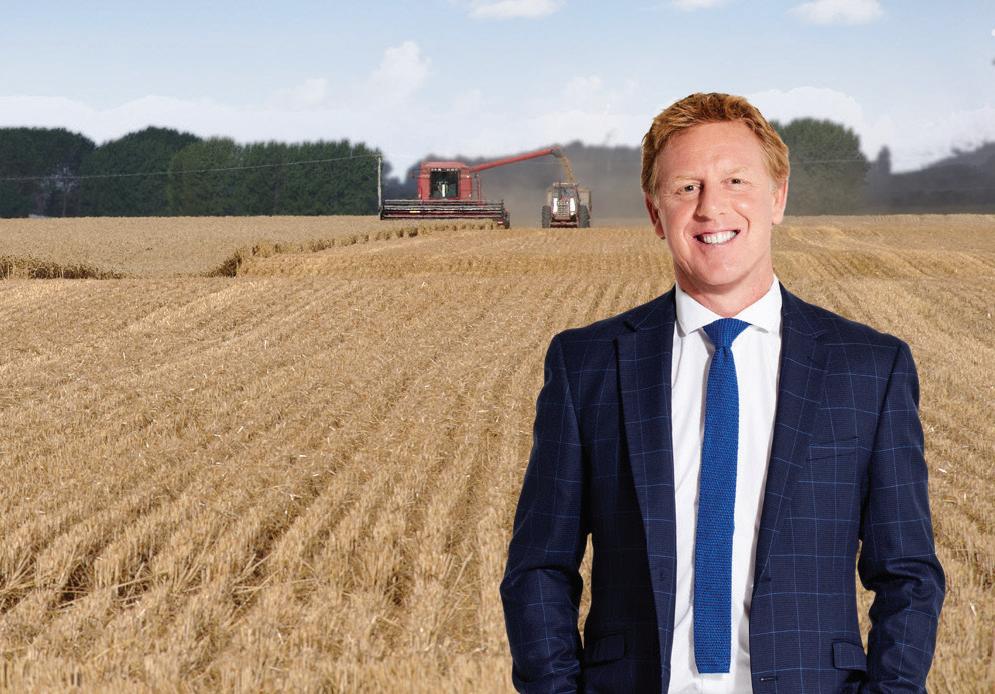
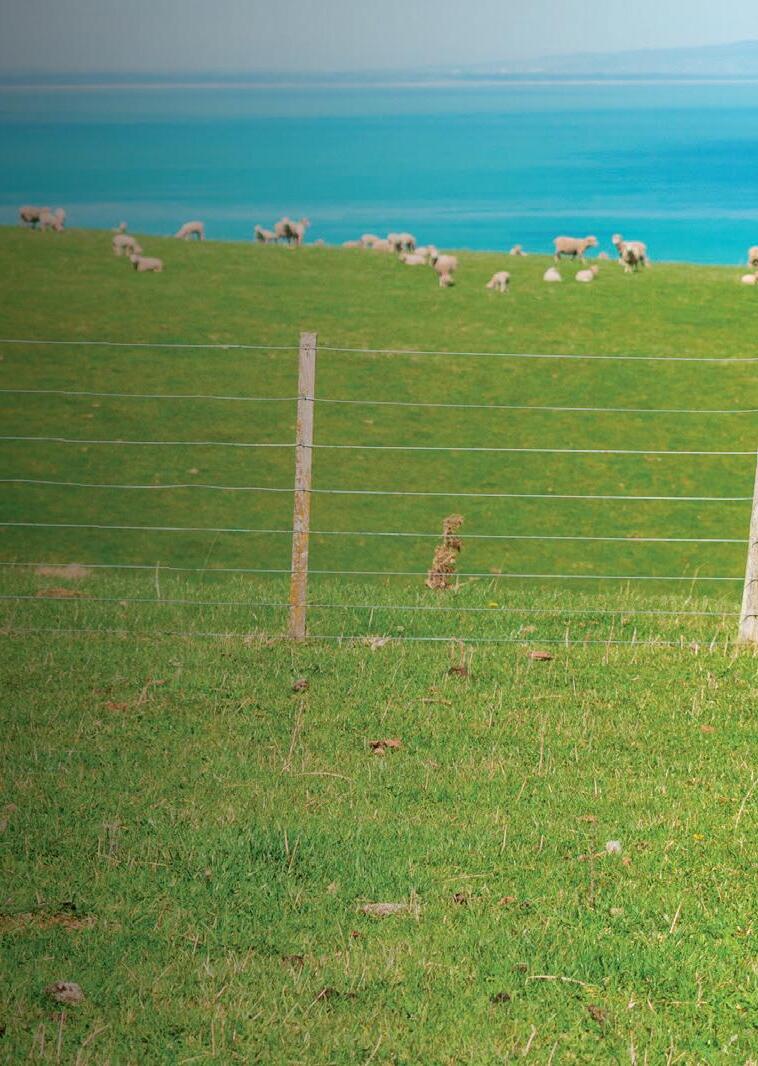

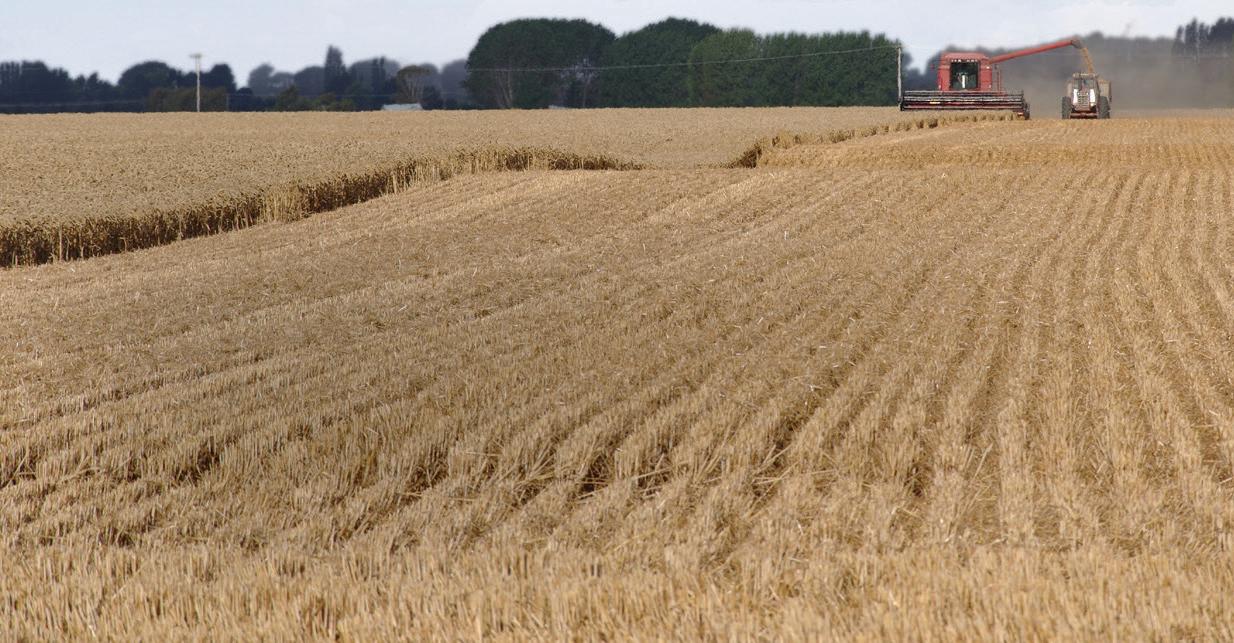


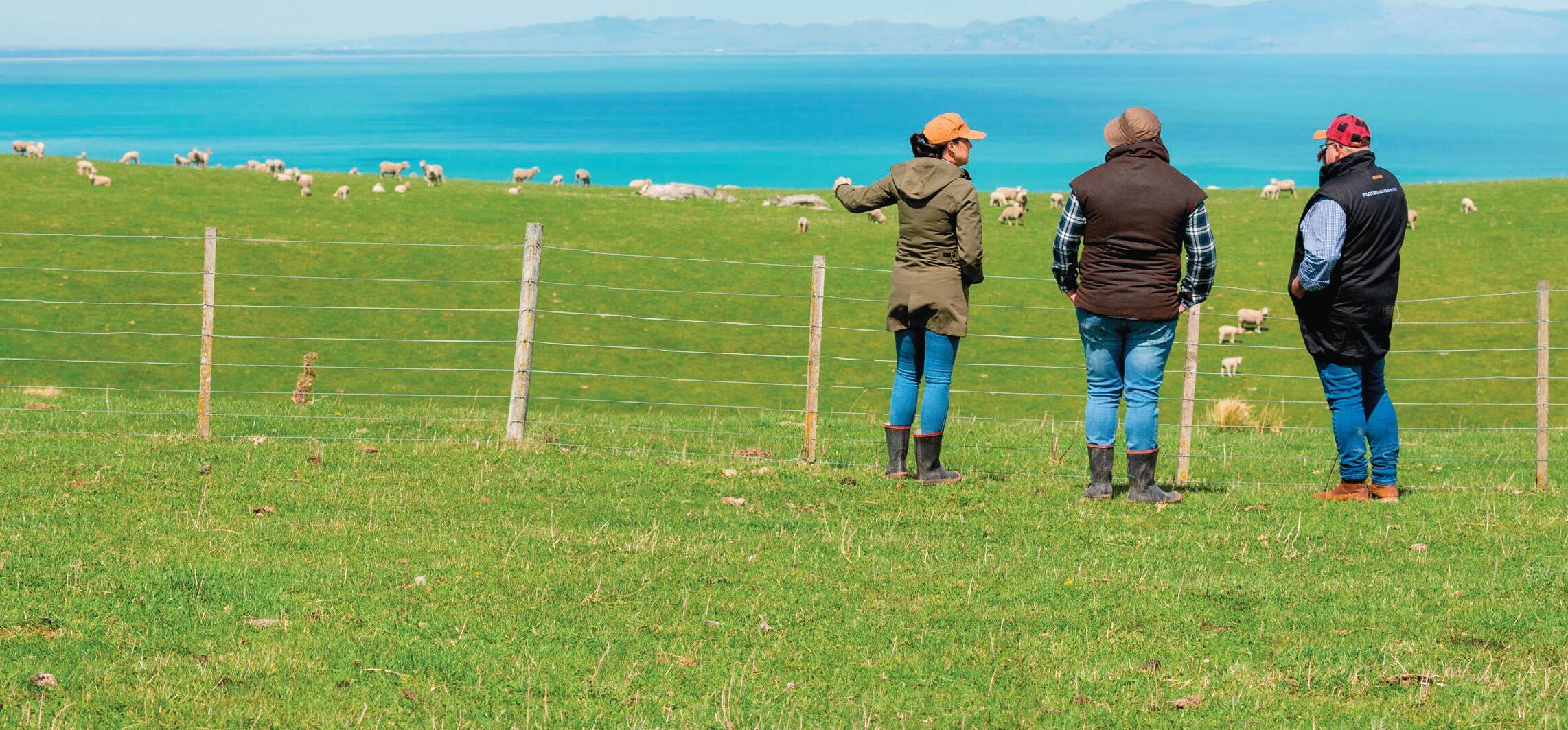












] Labour spokesperson for Agriculture
The Canterbury and Otago regions have been facing harsh drought conditions lately, with the situation unlikely to improve in the near future.
It is with this in mind that I would like to acknowledge Ministers McClay and Patterson for expanding the medium-scale adverse event classification to these regions.
According to the release, it will mean farmers and growers struggling due to drought can access financial support and I encourage them to do so.
However, this announcement comes off the back of the Ministry for Primary Industries (MPI) proposing to disestablish 384 roles across Biosecurity, Agriculture and Investment Services, Policy and Trade, Te Uru Rakau (NZ Forest Service), and Maori Partnerships and Investment. That is a massive concern for our farmers.
These cuts come as a result of the Government’s cost saving demands of 7.5%. The Ministry of Health is also set to cut 180 roles, and other agencies like Customs are seeing a reduction in the frontline, which could weaken our first line of defence at the border.
The human cost of the Government’s tax cuts is becoming clear, and it will have an impact on the services New Zealanders rely on.
Cutting biosecurity and public health officials will expose New Zealand to imported pathogens that can be catastrophic for our health and economy.
Labour strengthened these services to fight Mycoplasma Bovis and Covid-19, but this Government is undoing that good work and leaving New Zealand vulnerable.
The people we are talking about have lives and families. They are the public servants that step up during emergencies and go above and beyond to support communities through outbreaks and natural disasters.
It begs the question of how the Government expects their drought relief package to be rolled out effectively when they may not even have the staff to administer it.
It is also appalling that there are some politicians who see the loss of livelihoods and capacity within the public sector as a good thing.
Labour values these workers’ contribution to our country and hopes the National Government will rethink these changes before it’s too late.
Help: Farmers and growers struggling due to drought can access fi nancial support.




No one wants to see animals suffer. New Zealand’s animal welfare practices need to improve and should set a benchmark for other countries to strive for.
] Green Party Spokesperson
] for Agriculture
When we achieve higher animal welfare standards our producers should not be undercut by lower-welfare imported products.
Our animal welfare legislation was amended in 2015 to recognise animals as sentient, and to legislate the five freedoms of animal welfare, such as the freedom to express normal behaviour.
As a result of this legislation, farming practices such as farrowing crates have been deemed unlawful through a High Court ruling. The phase out of these crates in New Zealand was a costly task for the pork industry, but a necessary step to bring practices in line with the intentions of the act.
While welfare advocates want to see stronger action, this was praised as an improvement for animals in New Zealand.
However, with almost two-thirds of pork consumed here being imported, it is not a real win for the public or farmers, or animals raised abroad. Many of the countries we import from use practices that would be
deemed illegal in New Zealand, and are unacceptable to most members of the public.
This double standard is both harmful for animals and unfair to local producers who meet and uphold our higher welfare standards. Local producers are basically competing with products on the supermarket shelves that are less ethical, having bypassed our welfare standards.
The government can correct this uneven playing field. To do so, it must extend New Zealand’s animal welfare standards to all products on the local market. We require all imported foods to meet New Zealand’s food safety standards, why not the same for our animal welfare standards?
We wouldn’t be alone in this change. We have already seen the likes of the UK and Europe stand firm on their animal welfare standards and expectations. These changes are consistent with the World Trade Organisations ‘Public Morals’ clause which has previously allowed a ban on seal imports and advertising to Europe.
An Animals Policy International Poll shows that 83% of New Zealanders agree that imported products should respect the same an-
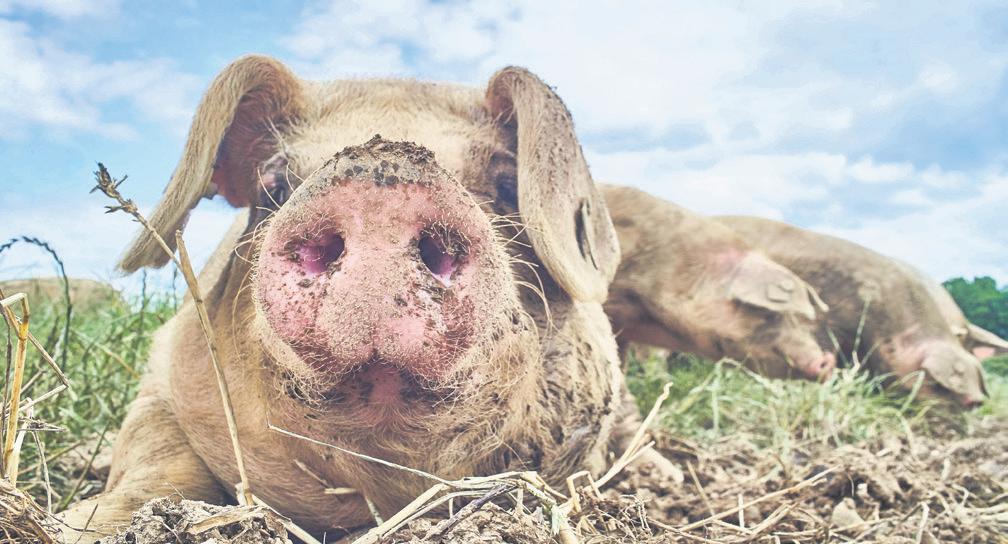
imal welfare standards as those applied in New Zealand. Clearly public consensus is in favour of more ethical food products.
Not only for the good of animals, but for the sake of our climate, our health, and our freshwater, we need to see a significant move towards more plant-based eating and agriculture. When we do farm animals, we expect that the highest animal welfare standards are enshrined, upheld locally, and extended to imports so that local farmers are not undercut by less-humane imported products.
The public should be assured that high
animal welfare standards apply to all animal products in New Zealand.
Disappointingly, we see the willingness of the Luxon government to undo years of progress in the field by reversing the ban on live animal exports deemed cruel by vets and welfare advocates, and opposed by the majority of farmers, according to SPCA polling.
We should expect the government to uphold our values as a country that is opposed to animal suffering and cruelty and not allow the efforts of more-humane local producers to be undermined.


I thought I would contribute a few mental health tips to help everyone to cope better with these shorter days and colder nights.
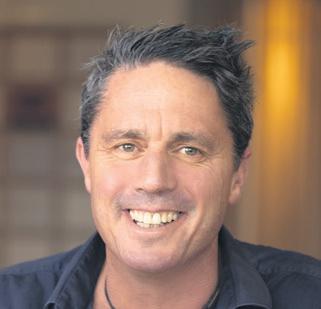

We know that farmers don’t always get to take the time off over the long weekends or school holidays that the rest of us do.
For those of you dairy farming, you may be starting to dry off for the season. This may be driven by the super dry conditions we’re experiencing in Canterbury now.
For you sheep and beef farmers, on farm costs keep rising and export prices are still not up so the pressure is real.
When we go through tough times that are out of our control or we’re experiencing bad news anything that creates anxiety, some of the physical signs and sensations can include increased heart rate, sweating, shak-
ing, tension, feeling hot, racing mind and nausea.
Anxiety is a normal human emotion that puts us into a flight or fight response. Remember the purpose of anxiety is to drive us to change the situation or to stop and prepare to take the feeling or negative thought head on.
It’s always good to talk through the issues that make you anxious with family, friends, partners, and work colleagues. Talking helps us to seek out ideas to lessen anxiety and it helps to hear words of encouragement.
Try using the below SOS technique:
• SELF: What am I reacting to? What meaning am I making of this situation?
• OTHERS: What would this situation look like to someone else?
• STOP: Take a slow breath. What is the bigger picture? Take a look at the evidence around you (this is not as bad as I thought). Only control what you can control.
To contact Kereama: phone Kereama Consulting 021 222 1160, email: kereamacarmody@gmail.com or visit: www.kereamaconsulting.co.nz
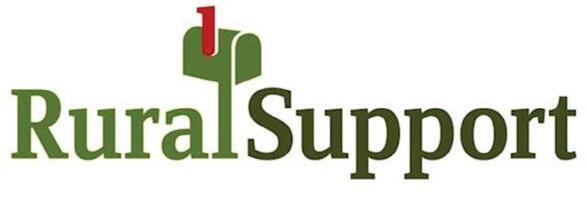















I have been working with someone who has had problems with his knees. He had damaged one knee some time ago. In more recent times his ‘good’ knee had started to deteriorate from osteoarthritis. Eventually his ‘good’ knee became worse than the knee damaged in an accident.
During a monthly review he told me the results were amazing. He has much less pain and is more mobile. He has come from a position where working was becoming increasingly difficult to now being more confident about the future.
There are several lessons we can learn from this. The first is that our bodies have an extraordinary ability to heal. However, this healing is dependent on the smooth operation of our healing systems.
In many cases healing is restricted because the body system that is designed to heal the damage is somehow faulty or has just stopped functioning. The outcome of this is always disease.
In this case we made several changes. The first is to try and identify foods that either cause inflammation or in some way restrict healing. Two of the most important groups of nutrients are fats, because they govern the inflammatory pathways and antioxidants because they protect our cells from damage.
We can also cheat a bit, but in a good way. I see effective Joint health supplements as the ultimate cheat.
We can target specific compounds that have a direct therapeutic function in sore joints.
In doing so can often reverse the discomfort and reduction in mobility by adding therapeutic levels of chondroitin sulphate to greatly impact the health and stability of cartilage.
Adding water-soluble Curcumin (from turmeric) we can reduce inflammation and swelling in the joint capsule.
Next edition we continue this discussion and look at the second lesson we can learn.
John Arts (B.Soc.Sci, Dip Tch, Adv.Dip.Nut.Med) is a nutritional medicine practitioner and founder of Abundant Health ltd. For questions or advice contact John on 0800 423559 or email john@ abundant.co.nz. Join his all new newsletter at www.abundant.co.nz



• Bettaflex is a joint support formula to promote healthy joint cartilage function.
• Bettaflex has 400mg (per capsule) of high-grade avian chondroitin, 400mg of glucosamine and 100mg of BioSolve® bioavailable Curcumin (from turmeric).
• Try Bettaflex for 3 months and see for yourself.
• Chondroitin and glucosamine are building blocks of cartilage.
• Supplementation with correct levels can support healthy cartilage function and cartilage repair processes.
• New BioSolve® bioavailable curcumin helps joint function while gentle on the stomach.
• Research indicates that chondroitin is highly effective at 800mg daily.
John Arts comments:
“My latest Bettaflex formula includes BioSolve® bioavailable curcumin for faster results. The normal dose is 2 capsules daily but I recommend an initial higher dose for 1-3 bottles to saturate joint tissue.”
John Arts,


PH:
PH:
PH:


When Cyclone Gabrielle struck New Zealand in February last year, damage to agricultural land and properties around the Gisborne and Hawkes Bay was significant.
]Article supplied by CNH Industrial Over a year on, affected farmers are getting back on their feet, and many have Commence the Re-Fence to thank for helping relieve at least some of the pain of the massive rebuild.
Commence the Re-Fence was an initiative of CNH Industrial who donated two tractors, a Case IH JX100 and a New Holland TD5.90, and CNH Industrial dealership Stevenson & Taylor who loaned two Kinghitter post rammers.
Federated Farmers has involved fencing contractors and ‘Farmy Army’ volunteers working to rebuild fencing on more than 40 farms in the Hawkes Bay and Gisborne regions since June last year.
Greg and Mark Morice farms 88ha in the Hawkes Bay area, which before Cyclone Gabrielle comprised an apple orchard and livestock operation. The cyclone wiped out 2ha of the orchard after 200 tonnes of timber, washed down the neighbouring Tutaekuri River, came through the apple orchard, with the remainder of the trees removed in subsequent weeks due to damage.
The couple of hundred ewes and cows were safe on higher ground on the property, as was the family’s home, but hundreds of metres of fencing, water pumps and other infrastructure was washed away.
“Federated Farmers got in touch with us some time later and the Commence the ReFence work started from there. Because we had some flat land, we were lucky in that they could get easier access, so the team was able to start in July,” Greg said.
“They were able to re-fence our boundary, about 1.2km of fencing in all over three days. It was brilliant – they were a very professional fencing crew, with a new tractor and rammer.”
Greg said it had obviously been a difficult time, with the entire apple orchard levelled in the weeks after the cyclone and the prospect of a six-figure sum to replant it.
The plan was, he said, to plant it to a vegetable crop this year, and then winter grass for the next two to three years, before looking at starting all over again with new apple trees.
“With all the other jobs we had to do around the place, it would have taken us ages to get onto that fencing job, and in terms of labour it saved us thousands of dollars. We provided the materials for the work, but with the loss of income from the orchard, and reduced income from the farm, to save that much money is significant.”
John Kilmister runs JK Fencing and Construction based in the Hawkes Bay area and is the face of Commence the Re-Fence. He

has two teams on the project, who spend three days on each farm.
“Hawkes Bay was one of the worst hit areas. People lost kilometres of fencing, particularly in lower areas near rivers and creeks; and even in the hillier country, away from flood waters, severe erosion impacted a lot of fencing there,” Kilmister said.
He said the two new Case IH and New Holland tractors, and post rammers, had allowed the fencing crews to operate as quickly and efficiently as possible, and negotiate some tricky terrain.
“The hardest thing when we started was
Making a difference:
Commence the re-Fence is continuing to get results for farmers impacted by Cyclone Gabrielle, with this New Holland tractor and post rammer, donated by CNH industrial, helping to restore fencing on many properties in affected regions.
access to the farms. The flat country has been okay, but getting onto the hilly country has been challenging since the cyclone, and in recent months ongoing rain has made access difficult, so having the best machinery and equipment available has been even more critical.”
The efforts of Commence the Re-Fence aim to help with fencing on at least 100 properties by the time it wraps up. At the end of the project, Federated Farmers in conjunction with CNH Industrial will donate the two tractors to two cyclone-affected farmers who have been part of the initiative.
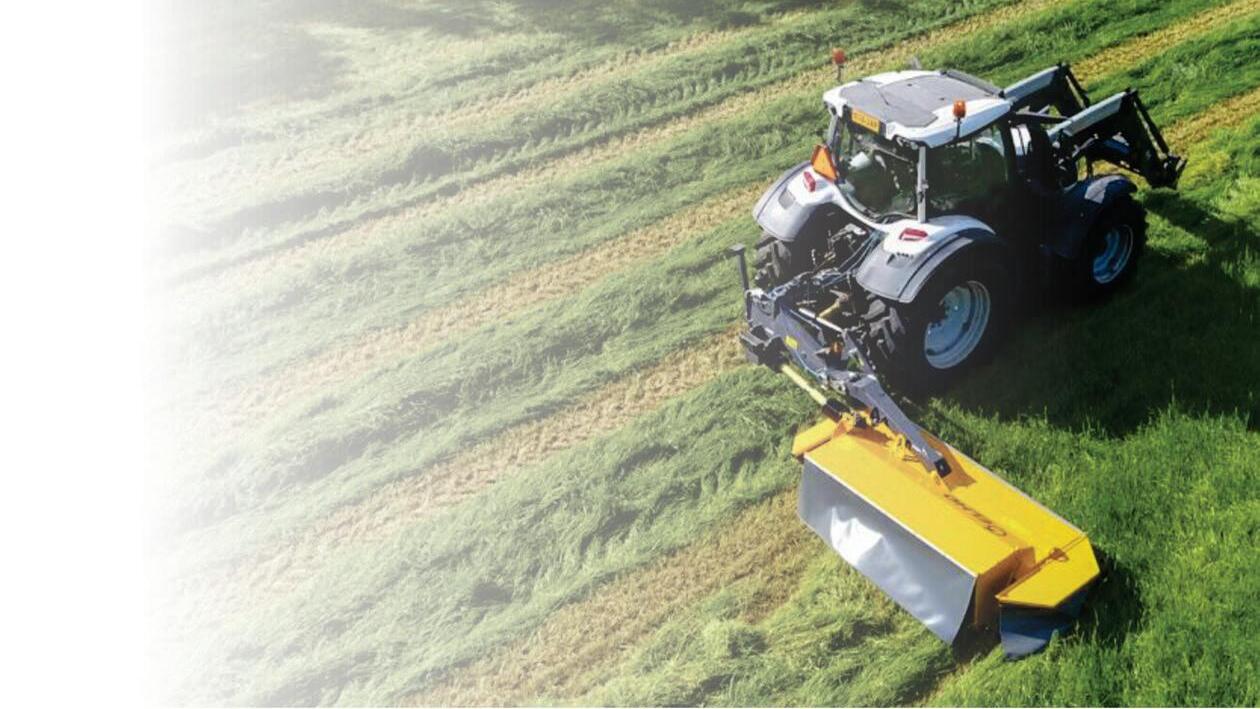











































A new partnership could give irrigators ultimate system monitoring and data retrieval “all at their fingertips”.
Aqualinc, one of New Zealand’s leading water and land management consultancies, has teamed up with SCADAfarm, a New Zealand water management platform, to offer irrigators a sophisticated and comprehensive system to better manage water use and consent compliance.
Aqualinc General Manager Jim Herbison says the companies’ collaborative partnership will have major advantages for irrigators and other water users, giving clients access to the knowledge, expertise, and services of two major players in the New Zealand irrigation management space, through a combined product offering.
“For 20 years Aqualinc has worked on land and water resource management, research, and irrigation design and development in New Zealand,” Herbison says.
“Part of our service has been our ‘MyIrrigation’ platform, which customers used to make irrigation decisions and track water use for compliance. However, that platform in its current form is at the end of its useful life.
“Aqualinc has taken the opportunity to collaborate with SCADAfarm to offer existing and new clients a considerably improved water management, analysis and compliance cloud-based system that can be monitored,
via a cell phone or laptop, from anywhere in the world.”
The new system will see field data from Aqualinc’s customers’ systems seamlessly uploaded into the MyIrrigation/SCADAfarm platform.
Herbison says the partnership is an exciting new opportunity for SCADAfarm/Aqualinc.
“We are both focused on supporting customers with the latest tools and technology to help users navigate through the increasing scrutiny on irrigation water use. This includes evaluation of equipment efficiency. Helping users engage with, and act on, their water use data, with the confidence that the data is accurate and efficient, with a concise and clear presentation making it easier for users to achieve water management success.
“Customers will be able to graphically view all their sensor data (soil moisture, flowrate, water level, etc) equally well on phone or PC. Because it is web-based, access is very slick (no passwords to forget), and navigation is simple and intuitive.”
He says a vital part of the new system is forwarding of compliance data (flowrates, levels, etc) to local regional councils where required.
“Council data must be continuous and delivered reliably. SCADAfarm is a well-proven platform with a solid reputation with regional councils throughout the country. “


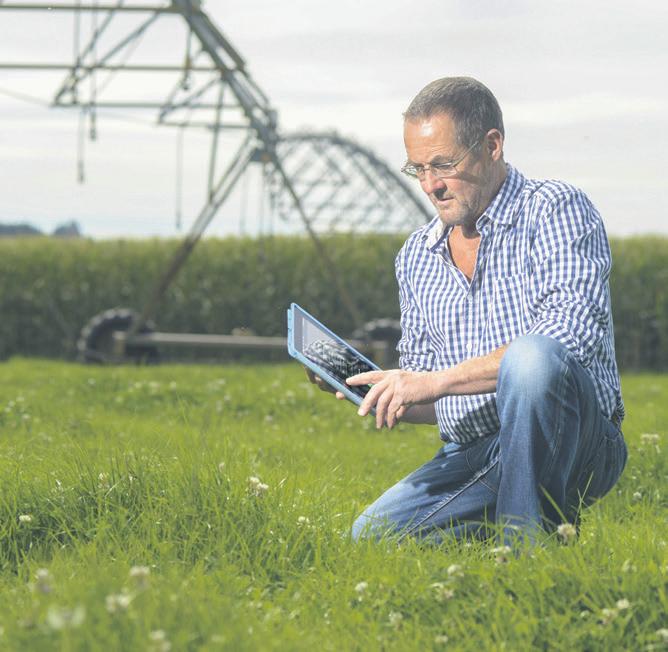
SCADAfarm was recently implemented by Waimakariri Irrigation Limited (WIL) to provide an Irrigation Management System for their shareholders.
WIL chief executive Brent Walton says the decision to go with SCADAfarm was the right one.
“Shareholder engagement with the platform has been great, especially the predictive soil moisture functionality, which has helped our farmers utilise water more effectively and reduce leaching losses. It’s been a win-win all round.”
Data in-hand: Jim le Grys, irrigation engineer, checking on soil moisture levels using the SCADAFarm app.
Other advantages of the system include:
• Predictive Soil Moisture monitoring. This optional feature is a tool for growers using current and forecasted weather data to predict soil moisture levels up to 4 days in the future making for effective irrigation scheduling.
• Alerts/alarms to warn users of impending limits being exceeded such as daily volume limits or soil saturation.
• Easy download access to raw data.


As

First stage: Staggered row of subsoiler legs with a maximum working depth of 400mm.
(both hydraulic and shear pin protection systems available)
Secondary stage: Two rows of 500mm concave discs equipped with triple sealed bearings and Sumo’s famous double drive system giving unrivalled performance when working in adverse conditions.
Third stage: Sumo’s 760mm multipacker roller with replaceable shoulders leaves a weatherproof level finish in the most challenging soil conditions. The
•
•
•




Customer Greg Lovett is stoked with the protection provided by a coating of New Zealand made Prolan Extreme corrosion protection on his Agrifac Endurance 52 metre sprayer.
] Article supplied by Prolan NZ
Based in the South Island Greg has an extensive horticultural operation growing all types of vegetables, onions, carrots, beetroot, oats, wheat and barley.
As part of his operation a large agricultural sprayer is used to apply liquid urea, herbicides, fungicides and insecticides.
Greg made an enquiry to Prolan NZ asking if Prolan Extreme corrosion protection could be used to protect his agricultural gear. This environmentally friendly corrosion inhibitor made from lanolin has International NSF food grade approvals so fitted perfectly with his horticultural operation.
In July 2023 Chris, the maintenance manager at Lovett Farm applied a coating of Prolan to the sprayer to coincide with the busy production period.
The whole boom of the sprayer was washed down prior to application of Prolan and allowed to dry off. The Prolan was applied using an airless/paint type sprayer available from retails stores such as Super Cheap or Repco, with one litre of Prolan covering eight to ten square metres.
Chis says an application of Prolan is an easy process with minimal preparation required on the surface to be coated.
“The clean-up of the spray gear was easy too with a quick clean of the sprayer with a hot water flush.”
In January 2024 Chris did a quality check on all the gear in the business’s downtime. As part of this the sprayer boom was checked for cracks and general maintenance was carried out. The Prolan coating was removed to see if there were any problems.
Chris says to remove the Prolan Extreme a 190degC hot wash high pressure washer was applied to the boom.
“It took about three hours at temperatures above 100degC to remove the Prolan coating, the whole process was easy”.
The results speak for themselves say Chris & Greg. “Unbelievable the boom returned to its original tiptop condition with no corrosion or parts replacement required. The Prolan remained on the surface although it became dusty the protection was there.”
Chris says he would recommend a coating to any machinery even his father’s hedge shelter trimmer blades for easy maintenance and protection.
Going forward the team at Lovett Farms will be following a process of ap-

A sprayer coated with prolan Extreme (right).
plying a Prolan coating to machinery and equipment in the business downtime, then removing and recoating once a year. This ensures any problems are detected early, prevents parts replacement and the assets retain a very good resale value.
Prolan Extreme is natural environmentally friendly rust protection, safe on the user, easy to apply, and protects assets longterm.

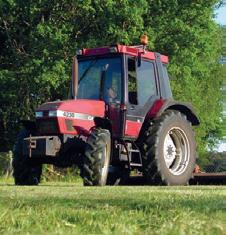





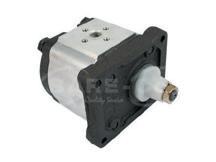








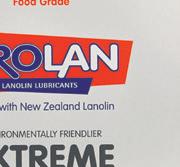




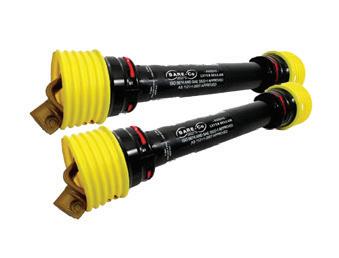




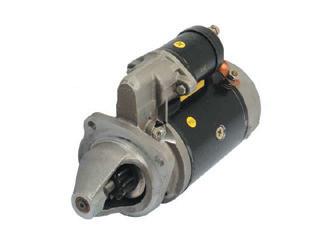
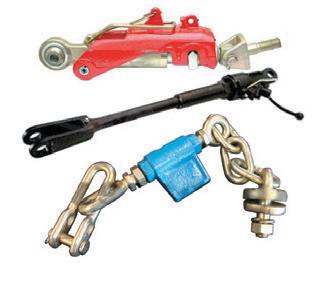









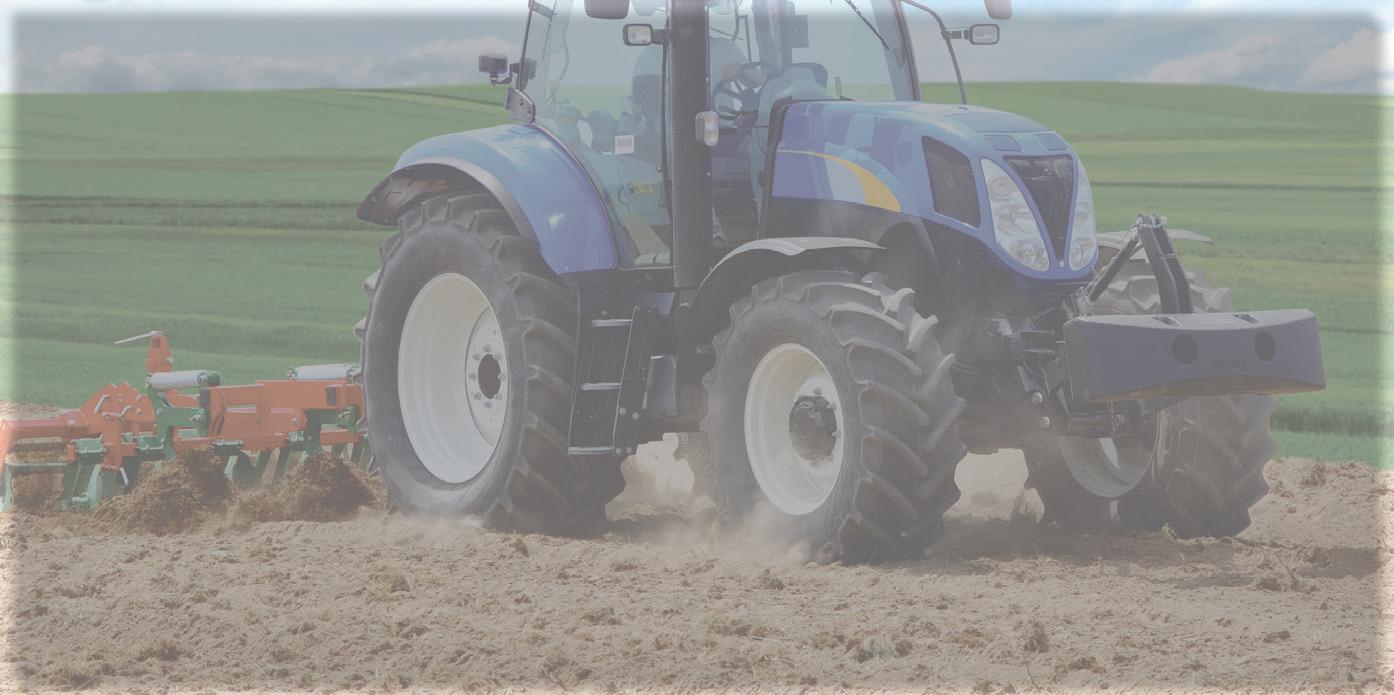
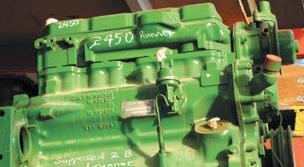
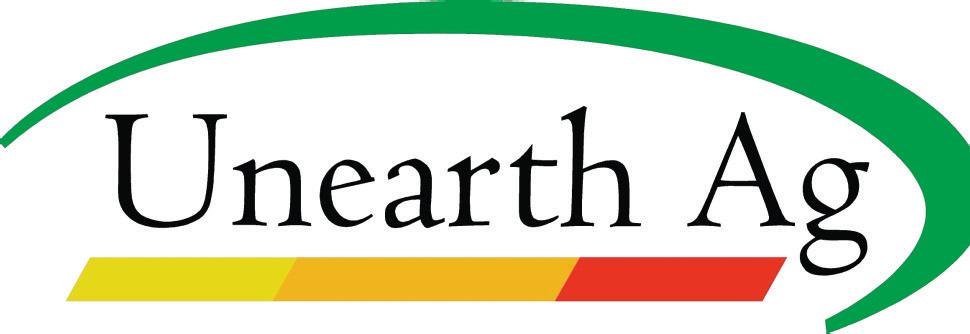
Needham Ag JD750a Seeder parts
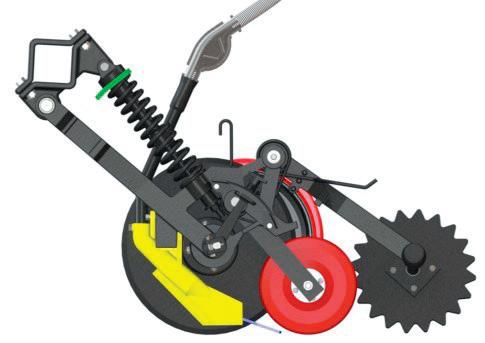
Pivot rebuild kits


Bonilla seed tabs, Seed boot mounting repair kits


Boots, Discs, V8 firming wheels, HD gauge wheels and Martin closing wheels

•Maize Planter No -till hardware, Clutches and Controllers
• Shop at our online store!











]Article supplied by Case IH
Case IH Advanced Farming Systems (AFS) has a new tool in its arsenal with the release of AFS AccuSync, an intuitive feature that allows multiple pieces of machinery to work in the same paddock or as part of the same task while simultaneously sharing boundaries, straight guidance lines, and real-time coverage data.
AccuSync was launched to the local market following numerous field trials in Australia, across a range of scenarios and in varying conditions, to ensure it met the requirements of Australian producers.
“This is an in-field data sharing product that utilises a cloud-based infrastructure and cellular data technology to facilitate the exchange of data between vehicles,” said Se-
an McColley, Case IH Australia/New Zealand AFS Product Manager.
“Data is streamed to and from the cloud from each vehicle active in a particular job, resulting in a near real-time view of coverage of all vehicles involved in that task. Latency is typically less than two seconds when working in areas with reasonable cellular coverage.”
Some of the features of AFS AccuSync include:
• Perfect parallel passes for all vehicles due to sharing of exact guidance line data
• Section control operation based on combined coverage of all vehicles
• Providing accurate yield maps where less-
than-full comb front is used
• Preventing operators from accidentally making skips and being able to control overlaps
• Accumulation of more accurate data around tillage, planting, seeding, nutrient application, spraying and harvest
• Easier operation for less-experienced operators who can rely on the data shared by the lead machine in the particular job
McColley said with this level of synchronicity between different operators and machinery, a range of efficiencies could be achieved, such as saving around inputs through the likes of alleviating overseeding in previously planted areas.
“AFS AccuSync really delivers for those operations with multiple drills, planters, com-
bines, sprayers, or other implements that operate simultaneously in the same area,” he said.
AccuSync can be used with most Case IH equipment utilising 4G AFS hardware (P&CM) and the AFS Pro 700 display but is also compatible with equipment with AFS Pro 1200 displays.
“With an AFS AccuSync subscription, farmers who’ve looked for a way to intuitively manage and link their equipment now have a solution, making the most of the AFS technology in individual machines, and offering more ways to use the data that’s generated for better in-field outcomes,” McColley said.
For more information on AFS AccuSync, contact your local Case iH dealer.
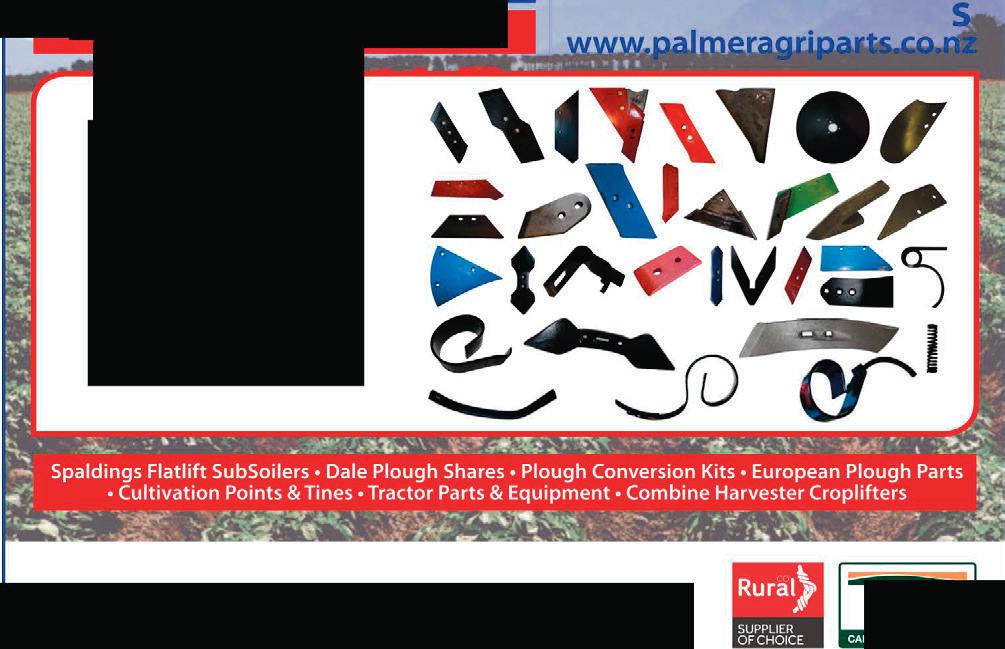
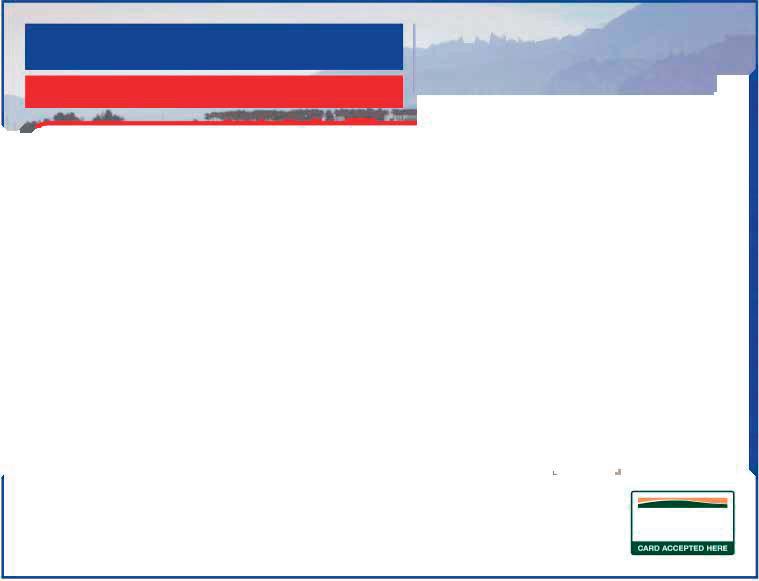
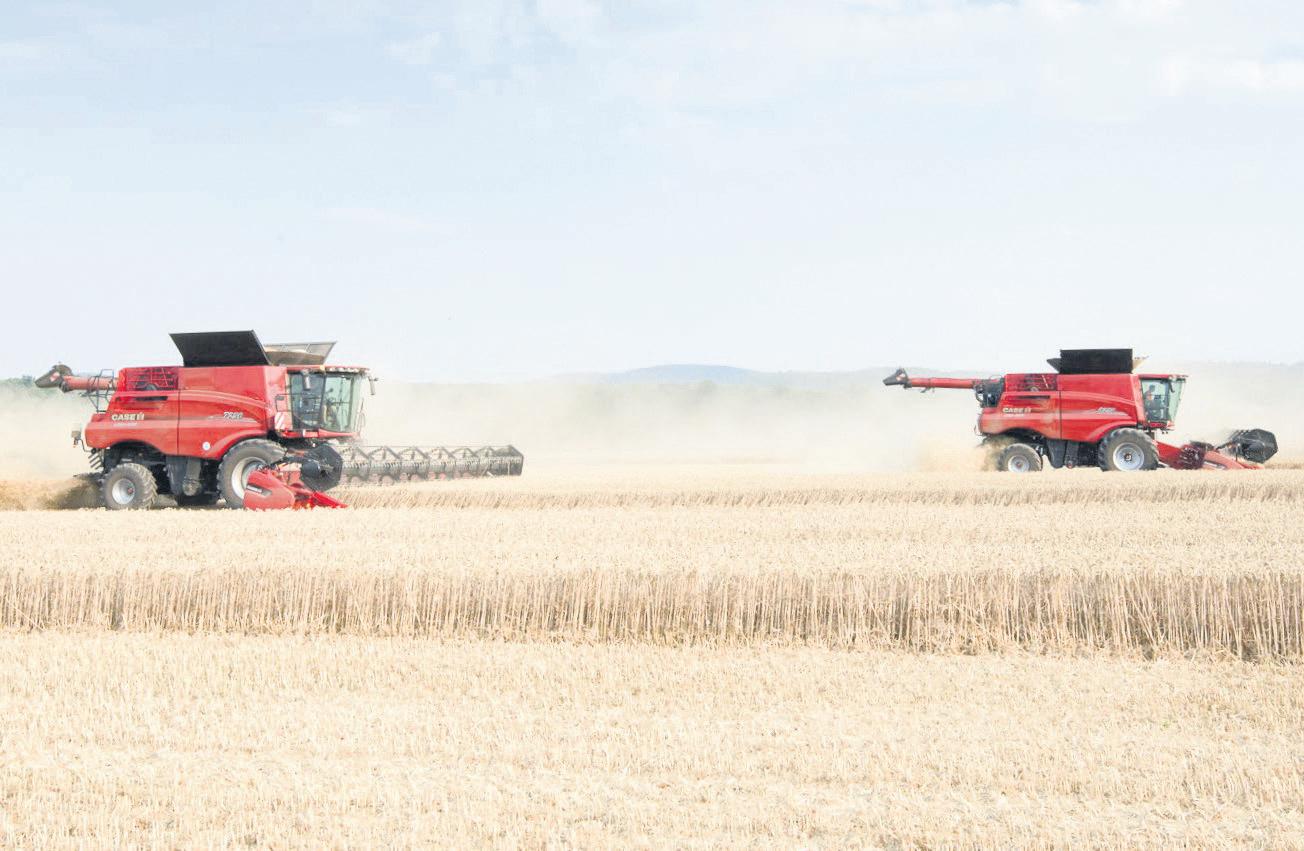
Efficiency: Case iH AccuSync enables multiple machines to work in the same paddock or as part of the same task while simultaneously sharing important data.

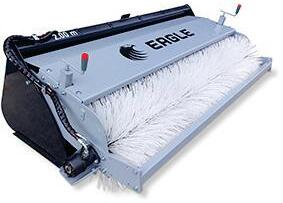

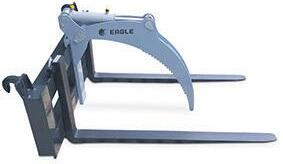


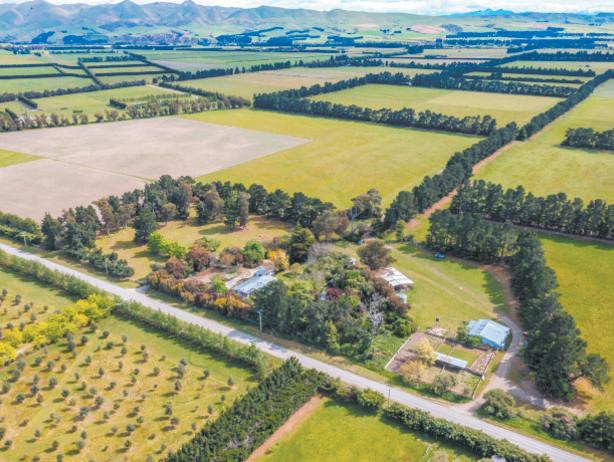





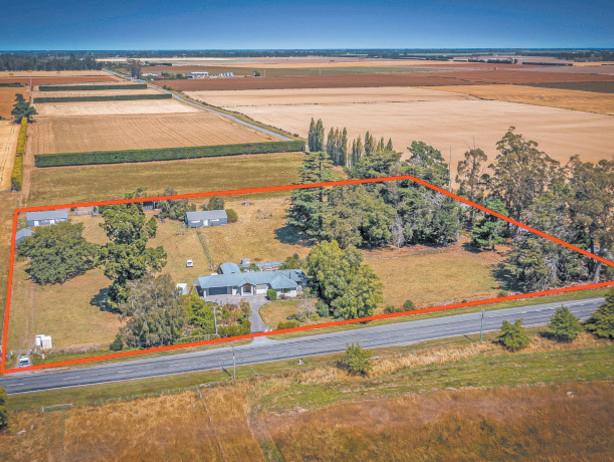




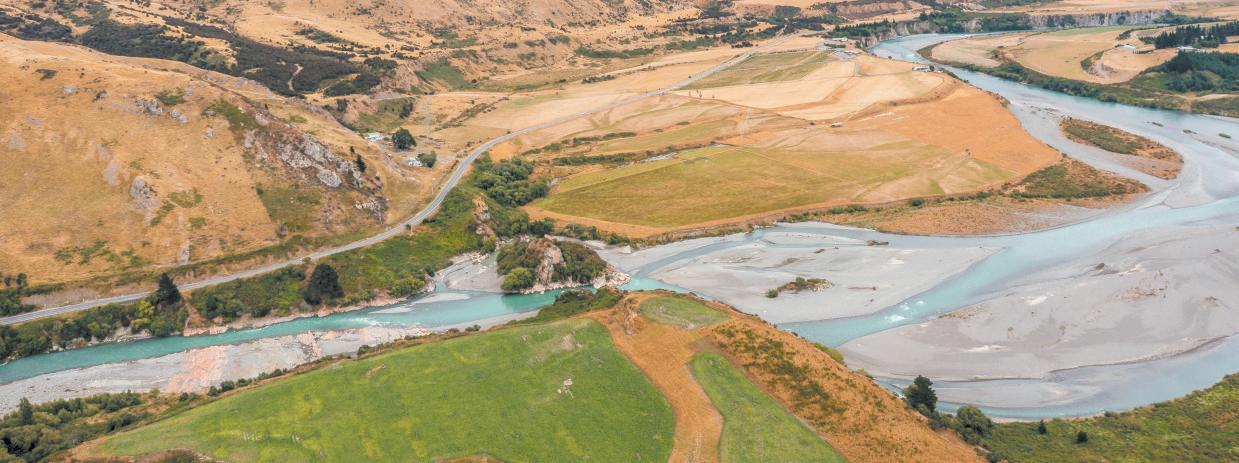












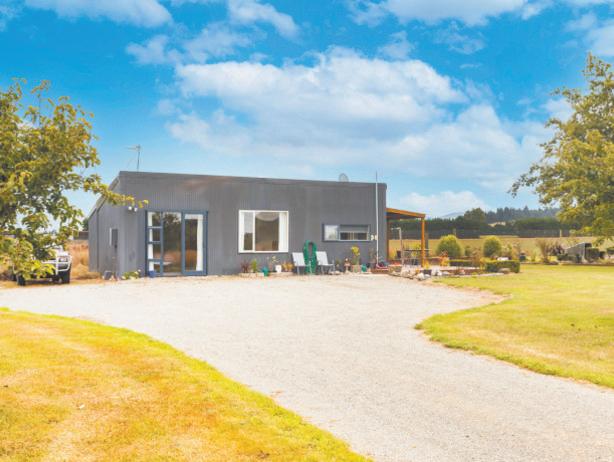







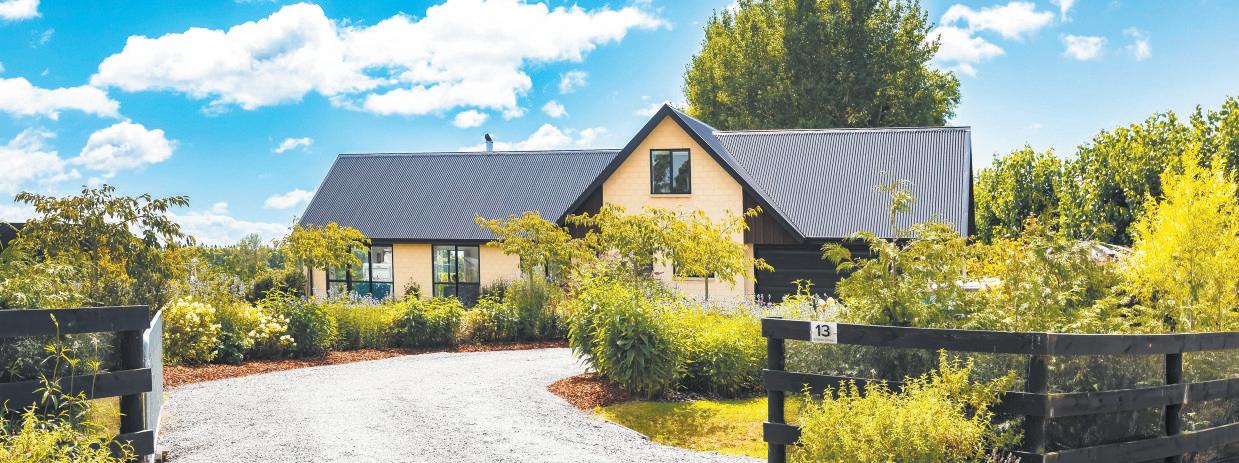

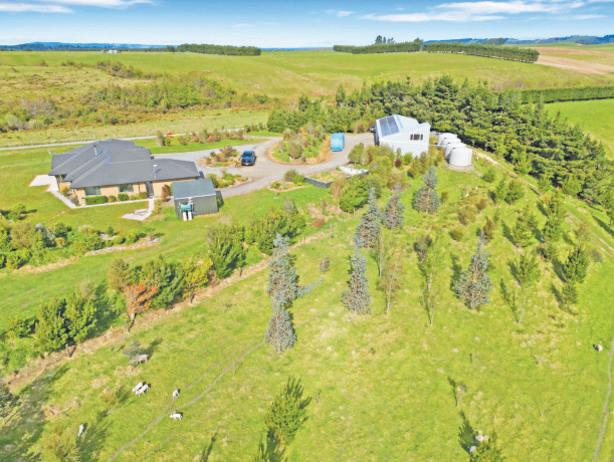
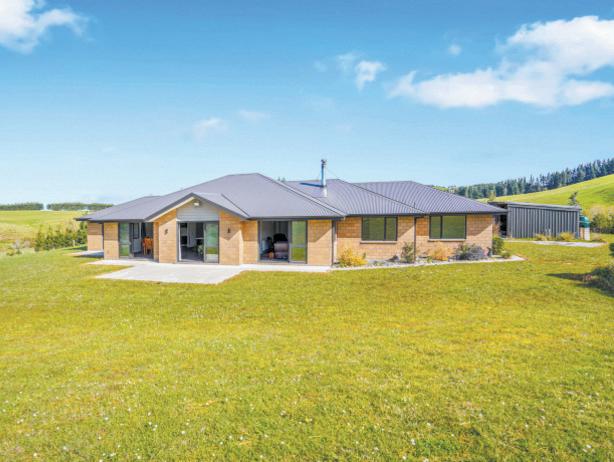



The recent news around rat infestations haven’t been great, and if they’re a problem even in city supermarkets, you can bet there are a whole lot more out there.
Advertorial supplied by UPL NZ
Many people living rurally will be familiar with the morning ritual of turning gumboots and work boots upside down and giving them a little shake before putting them on – just in case a furry pest had taken refuge there. Or having to deal with a live ‘present’ the cat had brought in.
The balance people most want to achieve is dealing with rodents quickly and efficiently, while keeping companion and farm animals safe.
Generation Soft Bait gets it exactly right, according to an expert on rodent control, Mike Goodwin, Regional Manager South Island Central from UPL NZ Ltd.
“Rats, even those who are very wary feeders, can’t resist it. The specially developed vegetable oil and crushed grain-based formulation gets rats’ attention faster, with the soft bait’s paper ensuring the tempting aroma disperses widely.”
The smallest non-dispersible bait on the market, Generation Soft Bait kills in a single feed; 2-3 g kills a rat and 0.3-0.4 g a mouse.
To put that in perspective, a rat’s average daily intake of food is around 20 g/ day while a mouse consumes around 3 g/day.
Naturally, no-one wants bait ending up where it shouldn’t.
Mike says Generation Soft Bait won’t leak or melt and has very good moisture and heat tolerance making it practical in a wide range of farm, lifestyle, and residential applications.



It also contains Bittrex, a bittering agent that reduces the risk of consumption by non-target animals.
That’s just as well as Generation Soft Bait has as its active the most advanced anti-coagulant on the market, difethialone 25 ppm, which rodents can’t detect. There is no known genetic resistance among rodent populations – wild or lab. (They tested both. Just to be sure.)
Mike says getting ahead of rats’ astonishing ability to multiply is the best way to protect property, grain, and feed. “Using bait proactively is the best strategy – and
will save money down the track.”
Rats can produce litters of up to 12 every two-three months.
Mike warns rodents cause more damage than we’re probably aware of, including fires in vehicles and buildings due to chewed electrical wires.
That’s on top of damage to buildings and loss and contamination of feedstuffs. Among the most serious mammalian pests known to man, the rodents are destructive, dirty, and disease-carrying. A single rat can produce 50 droppings and 50 mL of urine daily.


Generation Soft Bait is serious rat control that’s safer for people and pets.
New Zealand has four species of introduced rodents – the Norway rat (Rattus norvegicus), the ship rat (Rattus rattus), the Polynesian rat (kiore), and the house mouse. The ship rat is the most common, and the smaller of the three rats.
Remember: Poisons should always be handled in accordance with the label and stored out of reach or children, cats, and dogs, ideally in a locked cabinet. Bait stations must be used.
Generation Soft Baits and bait stations are available exclusively from pGG Wrightson.


























































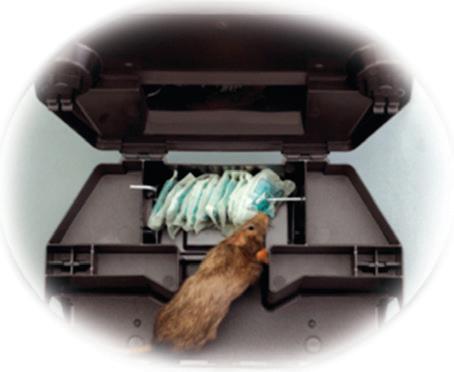












Two young dairy farmers hope they have created a domino effect, with farmers funding other farmers to challenge their limits and build resilience at Outward Bound.
Article supplied by ] DairyNZAfter 21-year-old Lincoln University agricultural student Emma Blom attended her Outward Bound course and developed new skills useful for farm life and her personal life, she wanted someone else to have the same lifechanging experience.
“I love dairy farming and wanted to support another young farmer to attend Outward Bound to unlock their potential and take what they’ve learned back to the farm,” Blom said.
During lockdown, she ran a half-marathon around the garden of her flat, wearing gumboots and milking overalls, to fundraise and sponsor another farmer.
She said farmers, families, friends, businesses and people she’d never met donated.
“The run was a lot of fun and tapped into the skills of endurance and perseverance I learned at Outward Bound. You’re challenged mentally and physically, and we help each other out. It inspired me to give back to the farming community.
“I hope I have started a ripple effect, with young farmers supporting each other
to attend Outward Bound for many years to come.”
Blom is finishing an environment and society degree at Wageningen University in the Netherlands, aligning with her commitment to sustainable farming. She plans to work on her parents’ Southland farm when she returns to New Zealand in the new year.
“I highly recommend other young people consider dairy farming. It’s a great lifestyle, including working outdoors with animals, and the opportunity to work towards owning a farm.”
Blom selected Southland dairy farmer Victoria Rundle to go to Outward Bound, saying her drive to grow and passion for the sector made her the perfect recipient.
Rundle said she knew nothing about Outward Bound before she went, so it was an entirely new experience. The 30-year-old wanted to step outside her comfort zone and learn new skills she could apply to farming.
“Outward Bound helped me discover what I’m capable of. It’s something you don’t know until you are there living it, doing it,” Rundle said.
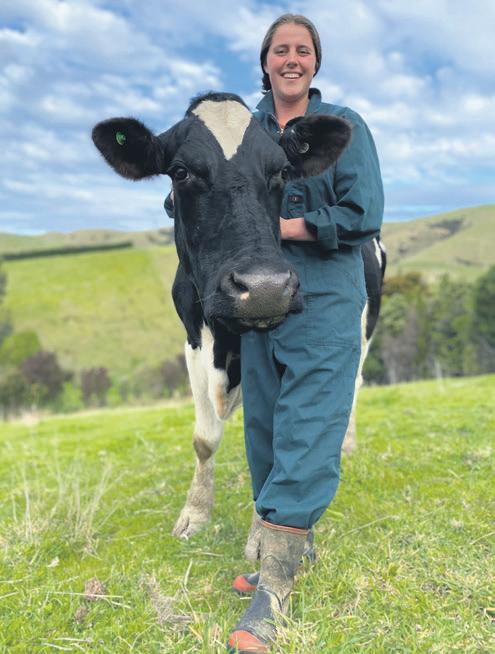
“Much of what I learned can be applied in everyday life. There were no phones, and spending two nights solo in the bush is a great chance to check in with yourself – to think about what’s happening in your life, what you’re grateful for and how you can improve.
“We’re all rushing around, trying to do everything and looking to the future. Sometimes we just need to stop and appreciate what’s in front of us.”
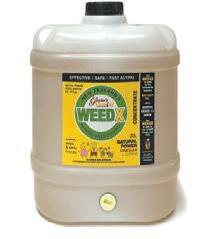

Helping hand: Emma Blom ran a halfmarathon around the garden of her fl at wearing gumboots and milking overalls, to raise money for another young farmer to go to Outward Bound.
She said a key part of Outward Bound is being aware of the people around you and making sure they’re happy too.
“Teamwork is an essential part of farming, and working well together gets tasks done while ensuring work is rewarding.”
Rundle is back on the farm now and wants to pass the baton to another Kiwi dairy farmer to experience Outward Bound.
DairyNZ lead advisor for people Jane Muir said Emma and Victoria’s experience represents some of the best of the dairy farming community – connection, teamwork and learning.
“It’s great to see farmers making time for themselves where they can recharge their batteries, reflect and prioritise what is important to them,” Muir said.

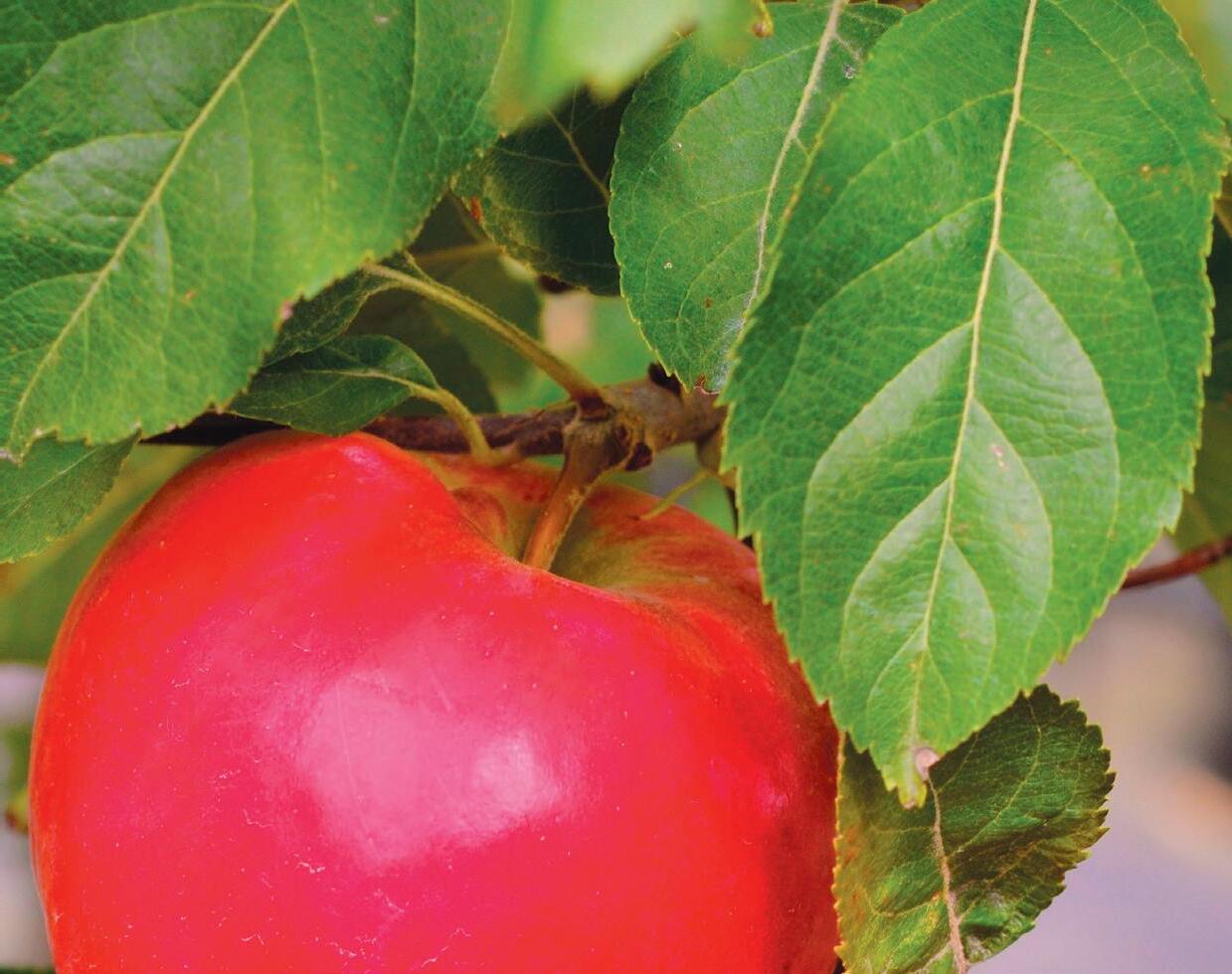






Simple on-animal sensors could be a ‘game changer’ for beef cattle farmers in Canterbury in terms of their animal’s nutrition.
That’s according to research being undertaken at the University of Queensland. Queensland Alliance for Agriculture and Food Innovation master’s student Tamara FreitasKirk is using wireless technology and motion detection cameras to monitor individual food intake of a trial herd.
“Current methods are only able to estimate feed intake of a herd, assuming all animals are consuming a predetermined amount,” Freitas-Kirk said.
“But there’s no such a thing as uniform consumption – with one kilogram of supplements for 10 animals, two animals could be eating 500 grams each while the other animals miss out.”
To solve this problem Freitas-Kirk used biometric wireless ear-tags and a camera to track the movement of 14 heifers in a 10-hectare paddock at UQ Gatton over 12 weeks.
“Previous research has shown that time at the feed trough correlates to intake,” she said.
“After tracking the animals and collating the data I developed an equation based on the time each animal spent at the trough.
“The results show more than 70 per cent of the variation in individual intake can be explained by the ear-tags and the equation.
“While you will never get a precise measurement, it provides a much better estimate of the feed intake of individual

animals than current methods.”
Freitas-Kirk anticipates the wireless eartags will become an important tool for cattle producers.
“With supplementing, producers really want to use the minimum amount because of the cost so if we can be more effective in this area, costs will decrease over time,” she said.
“It will be a big deal for the beef industry in the long run, ensuring it is more sustainable and resilient.”

She said the new method could also help producers grappling with one of the industry’s biggest challenges, reducing methane emissions.
“We can ensure each animal is eating the correct amount of feed additives to have an effect on methane production.”
The next step for Freitas-Kirk is further proof of concept trials, with the results presented at industry conferences in tandem with Queensland Alliance for Agriculture & Food Innovation’s Calf Alive project.

Better data: Wireless ear-tags and a camera helped track the movement of 14 heifers in a paddock at UQ Gatton. photo supplied by University of Queensland

‘We can ensure each animal is eating the correct amount of feed additives to have an effect on methane production.







Arable growers are missing out on vital crop management information, and potentially additional yield and returns, by not analysing the nutrient levels of their harvested crops.
]Article supplied by ] Foundation for Arable Research
That’s according to crop nutritional researcher Professor Roger Sylvester-Bradley from the United Kingdom who recently took part a webinar with New Zealand growers organised by the Foundation for Arable Research.
Sylvester-Bradley told the webinar most growers don’t carry out crop nutrient analysis in the UK or New Zealand.
“I have been in crop nutritional research for more than 50 years and I cannot understand why we haven’t done this before,” he said.
Analysis of protein and nitrogen has generally been a tool to indicate the marketability and value of a crop in terms of quality. However, crop nutrient analysis is now being promoted as a way for growers to check postharvest how well they are managing their biggest input, nutrients.
Prof Sylvester-Bradley leads the Yield Enhancement Network (YEN) in the UK which has found that more than 80% of crops on farms show a deficiency in at least one nutrient.
“Nutrient concentrations at harvest show
whether crops captured insufficient, adequate, or excess of each nutrient. Without measures at harvest, nutrient management is guesswork, and this prevents improvement.”
YEN began in 2013 in the UK to get better data on crop yields and for benchmarking. In 2020, a YEN nutrition programme was started, analysing the nutritional status of growers’ crops to identify fertiliser over-use, show potential savings and diagnose deficiencies. While predominantly testing the nutrient status of wheat and barley, other crops have included oats, oilseed rape, beans, linseed, triticale, and rye.
Sylvester-Bradley said that as well as carrying out a normal soil analysis every three to five years, growers also do grain analysis on all 12 essential nutrients every year.
“In my mind, the top priority is not the soil analysis, or leaf analysis, but grain analysis, as that represents the final result of all the decisions you have made in growing your crop.
“It is easy to do, costs a bit more than soil analysis, but is well worth it.”
The 12 nutrients are N, P, K, S, Mg, Ca, Fe, Mn, Zn, Cu, B and Mo. “While these are

required in different amounts, they are all essential, so if we are good managers we need to be monitoring these.”
UK data shows that there is a lot of variation between what Prof Sylvester-Bradley refers to as “stingy farms” and “generous farms” in terms of crop nutrient status.
“This shows that some farms are erring on being too cautious in providing good nutrition whereas other farms are too generous.”
In the UK, critical levels have been determined for eight of the 12 essential nutrients, below which a crop is deficient to a degree which impacts on yield. UK data shows that more than 50 per cent of crops are deficient in more than one nutrient and 20 per cent of crops receive excess nitrogen. The biggest deficiency is of phosphorus, but nitro-
Nutrient analysis: professor roger Sylvester-Bradley says that in the United Kingdom 80 per cent of crops show a deficiency in at least one nutrient.
gen, magnesium and sulphur deficiencies are common.
YEN nutrient data shows that 25 per cent of paddocks have deficiencies costing more than $610 a hectare. Differences in wheat protein can be as much as 4 per cent below, or more than 2 per cent above the optimum level.
“So, 25 per cent of sampled crops were mismanaged as far as nitrogen is concerned and the financial implications are quite big.”
He said growers are advised to look for a trend and whether a particular nutrient is being under or over-supplied over all crops on their farm, and that he would expect some differences in critical nutrient levels between New Zealand and the UK because of climate.
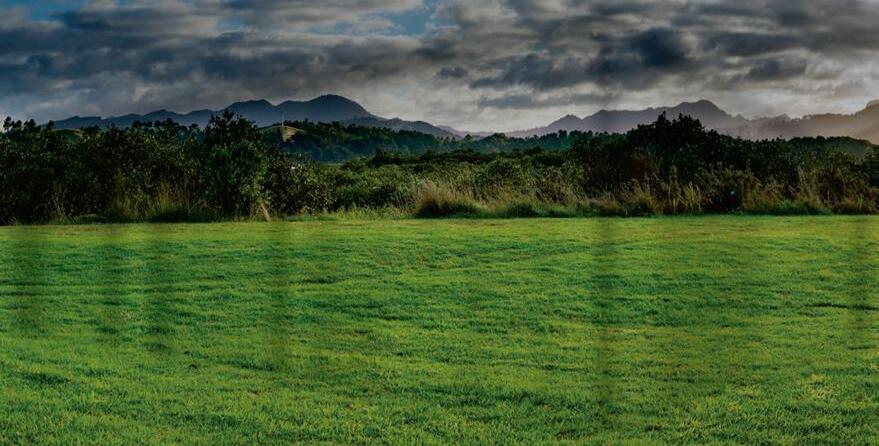

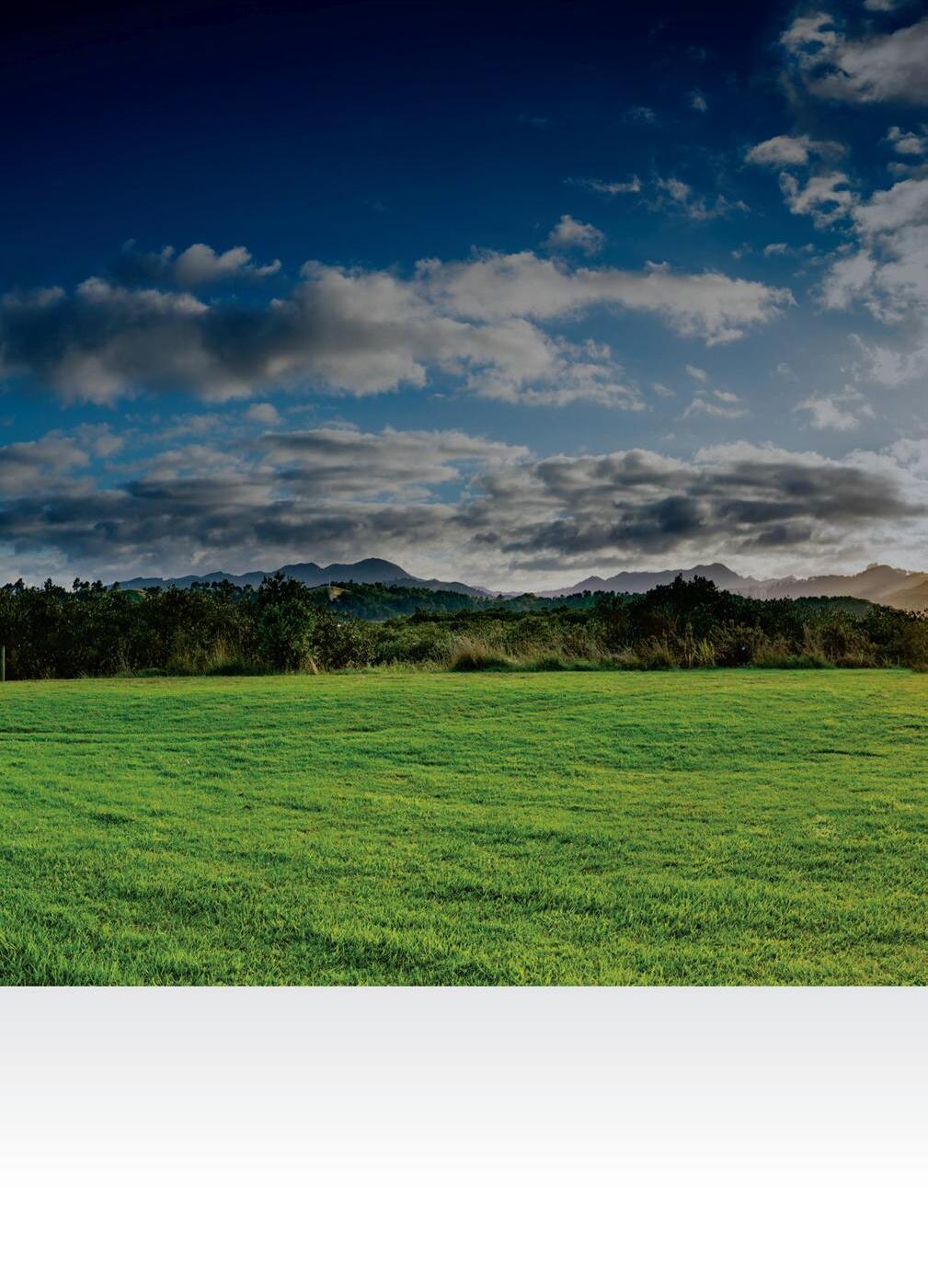
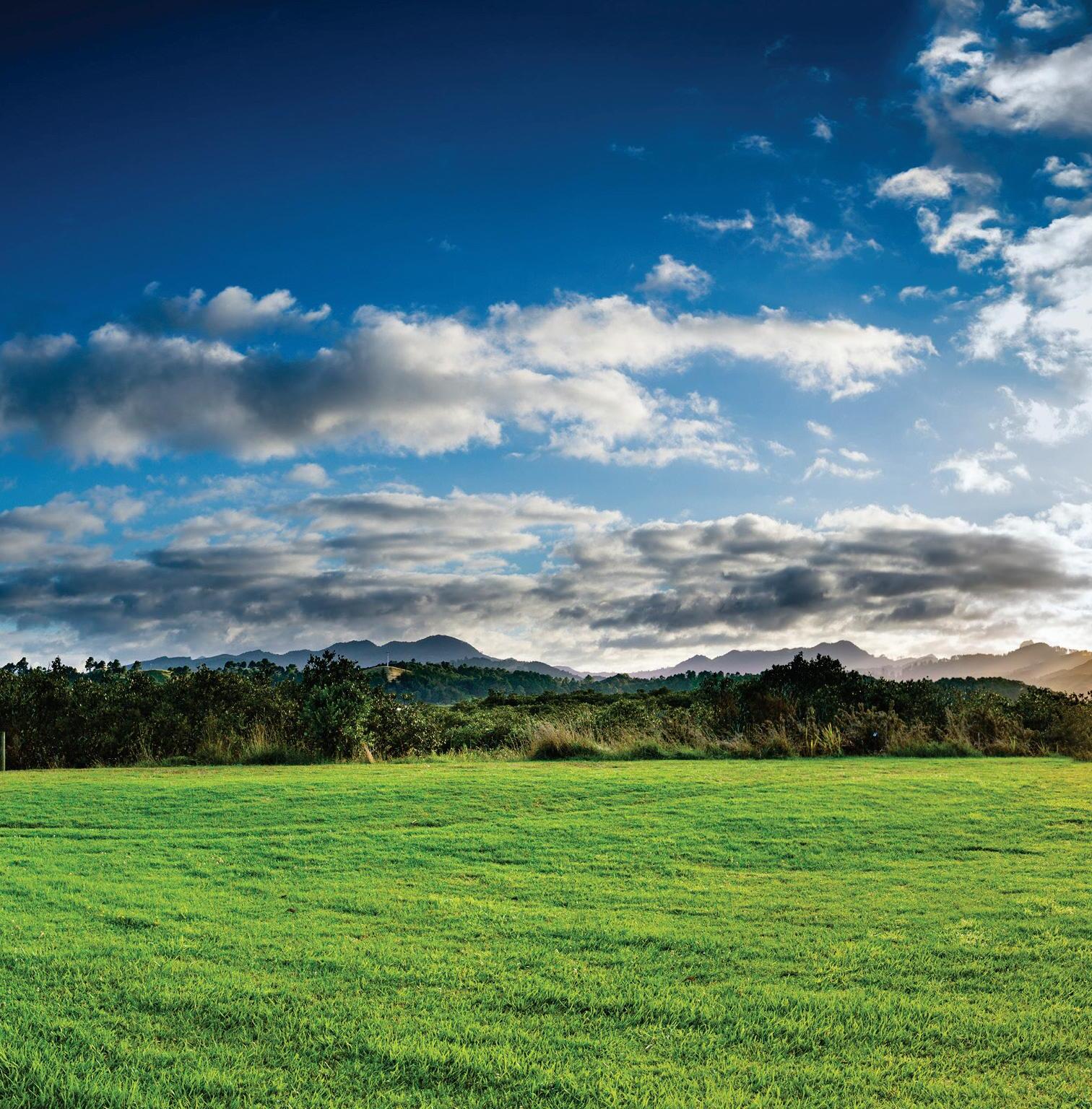
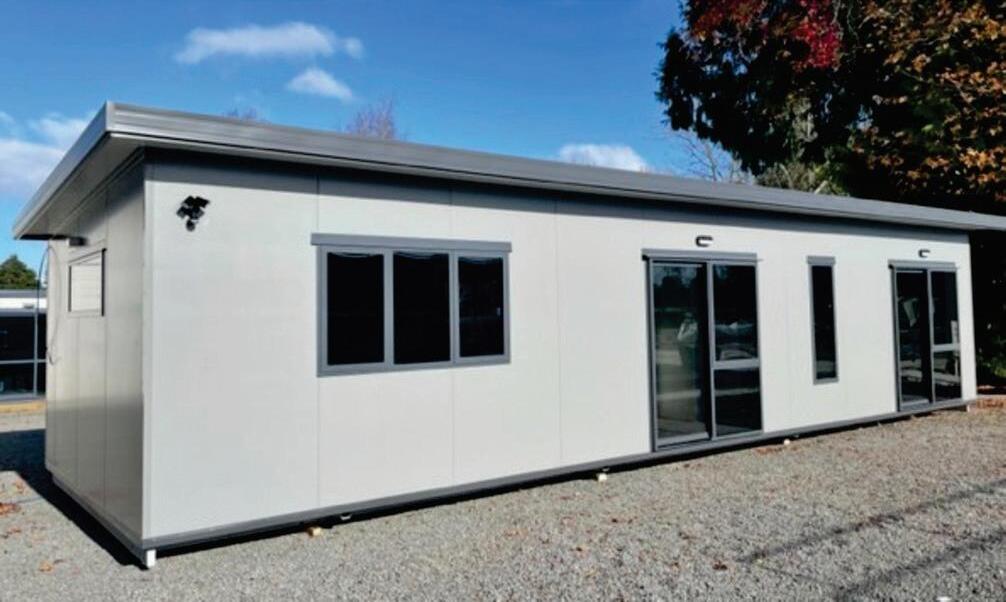





When someone dies suddenly from an unknown cause and a doctor is unable to sign a death certificate as the actual cause of death is unknown, the Police or a doctor will report the death to the Coroner for the locality.
] by Bessie paterson llB ] Ronald W Angland & Son




The Coroner is tasked with making enquiries and obtaining reports which will enable the Coroner to establish the cause of death. In some instances, it will be necessary to order a post mortem on the deceased and an enquiry may follow if it is necessary to find out the circumstances of the death.
The Coroner’s office manages the enquiry from the time the death is reported to them until the enquiries are concluded and the body released for burial or cremation. In most instances family members are kept informed about what is happening.
The Coroner may decide that a post mortem is required. A full post mortem is a minute examination of the body both externally and internally carried out by a pathologist.
If the relatives do not want a post mortem to be carried out, they can object to the procedure but it is the Coroner’s final decision as to whether a post mortem is required.
In cases where the death was most likely to have been caused by a crime, no objection will be allowed. Following the post mortem the pathologist will produce an interim report stating his/her findings about the cause of death and other procedural matters. A final report will be provided for the Coroner over the ensuing weeks.
Case managers are appointed for each case referred to a Coroner. They liaise with the family of the deceased and try to help grieving relatives during the worst time of their lives. They also recognise that many people have cultural and spiritual needs at the time which have to be part of the process.



‘in many instances where the cause of death is apparent, it would be unlikely that a Coroner would order an inquest.
In many instances where the cause of death is apparent, and it was not caused by a criminal act, it would be unlikely that a Coroner would order an inquest.
There are some deaths which a Coroner must inquire into: where someone has died in police custody or prison, or in a children’s home or foster care, compulsory treatment under the Mental Health Act, detained in an institution for alcoholism or drug addiction and for intellectually disabled people who are in care or rehab.
Coroners conduct inquest hearings which may be in open Court or in some instances, especially where there are no issues, they will complete the process and issue their findings on the cause of death without holding a formal court hearing.
Where an inquest is held in Court the Coroner will hear evidence from people who have been involved in the enquiry.
Following the inquest the Coroner will report on the facts of the death including the cause of death which will appear on the death certificate of the deceased person.
This article has been prepared by Bessie paterson, a partner at ronald W Angland & Son, lawyers, 2 Chapman Street, leeston.



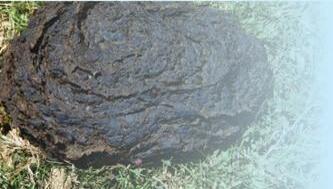
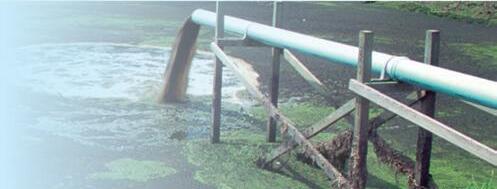
Does your effluent pond leak? How can you prove this? Most owners of dairy effluent storage ponds believe that their ponds don’t leak.
This is understandable, especially where they have been synthetically lined. However, the need to prove that this is the case is mounting.
The need for proof is driven by the requirement to run the farm at Good Management Practice (GMP). To meet GMP, storage facilities must be sealed and maintained to ensure containment of effluent.
The catalyst for requiring these tests is not always the regional council. It can also be the irrigation scheme or dairy company that ask for the tests to be carried out.
Although there may be a belief that the ponds won’t be leaking, without doing a test you can’t be sure.
This is reminiscent of the early days of introducing Farm Environment Plans (FEP), where some people would question the need for these, given that they considered themselves to be a good operator.
The response often given was that it was no longer sufficient to be a good operator, you now must prove that this is the case. This can be done via the FEP and auditing process, and with effluent storage ponds this can only be done by appropriate testing.
Testing needs to be accurate. In Canterbury the criteria for storage being a permitted activity is that leakage cannot exceed 1mm per day.
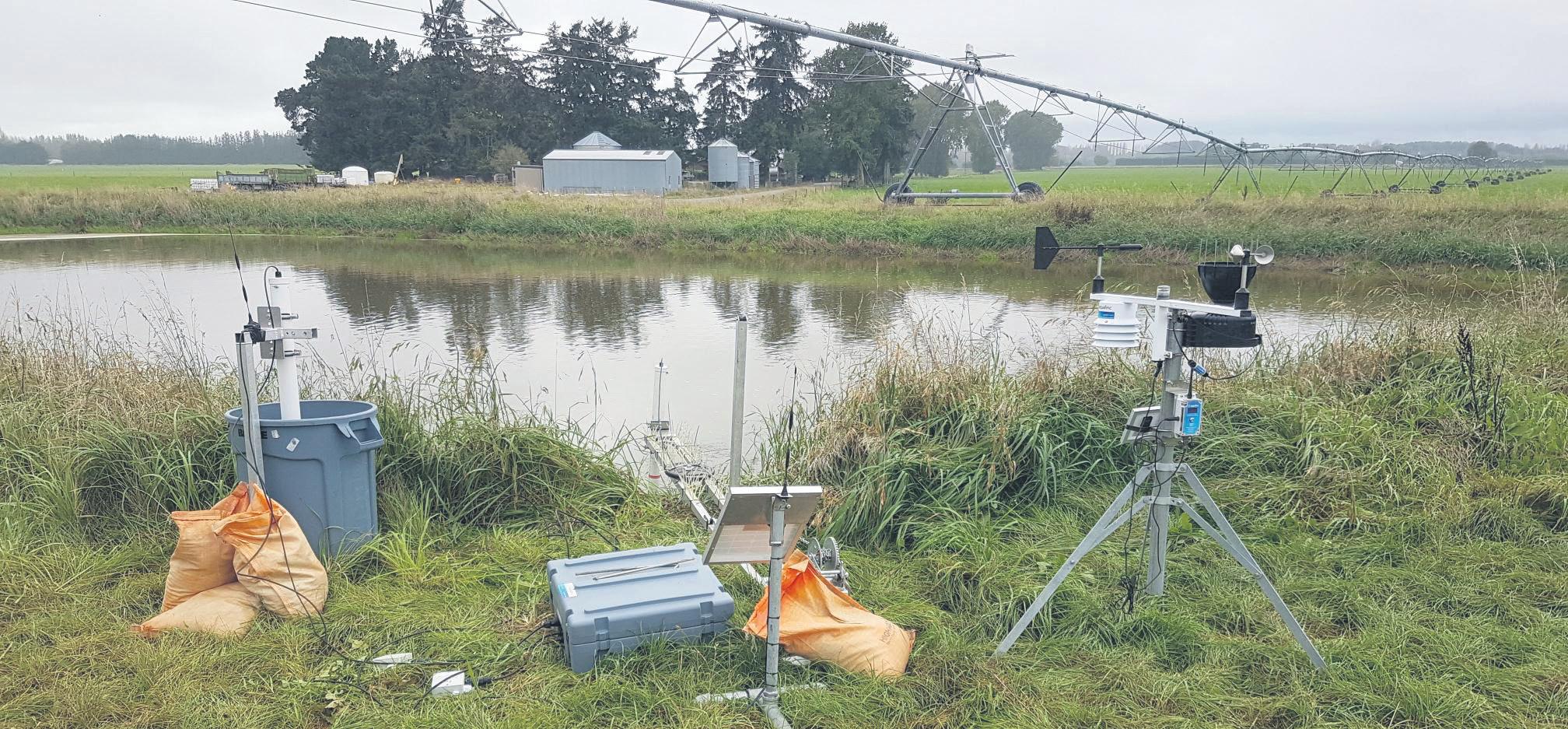
Test it: Without doing a test you can’t be sure your dairy effl uent storage pond isn’t leaking.

In a dynamic environment where there may be evaporation, wind, pressure changes, rain, inflows into the pond etc. it’s not easy to measure and have the confidence that the results will have the required accuracy.
Aqualinc have recently upgraded their pond testing equipment which has in-

creased the degree of accuracy. It has also made it much easier to set up and dismantle, which saves time.
They have been busy recently carrying out tests, with many being done during the summer months. In the past it’s been a common misconception that these tests must be carried out when the dairy shed is
not being used as this prevents in-flows during the test. However, with the equipment, process and analysis Aqualinc use there is no reason that the tests can’t be done at any time of year.
For more information or to book your test call Aqualinc on 03 964 6521.
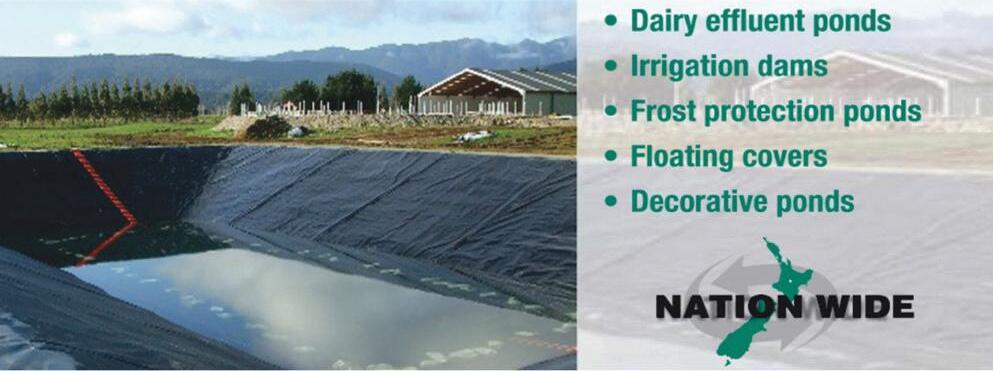


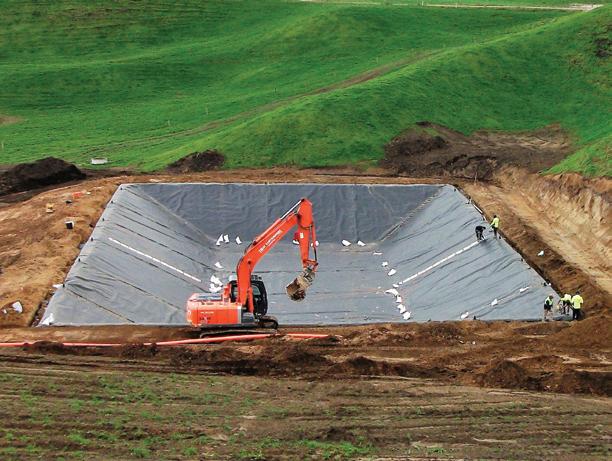
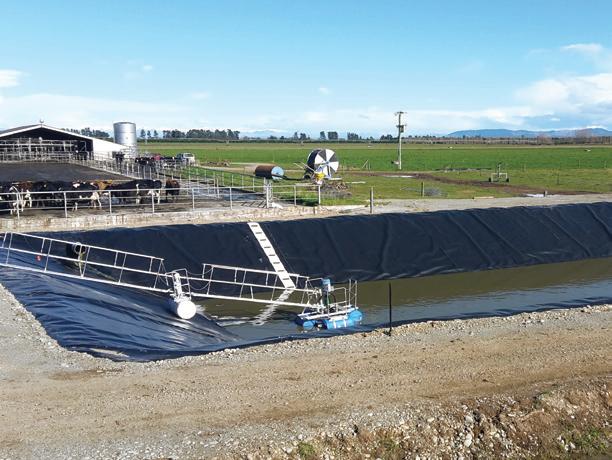
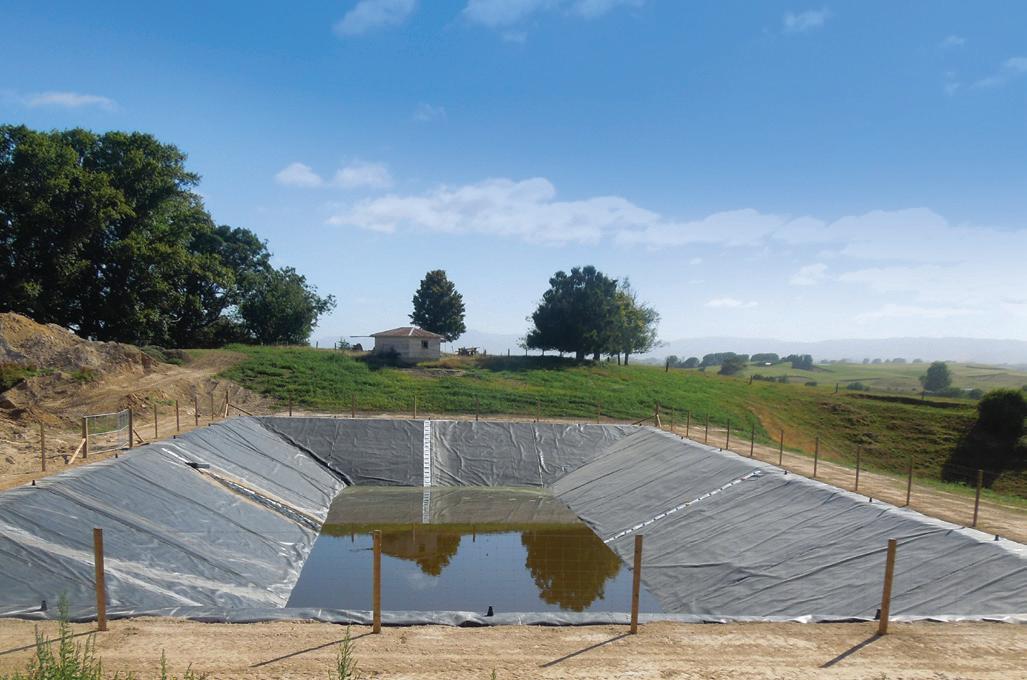


Around 95% of dairy farms discharge effluent to land under the permitted activity rule, while the remainder work under consents to discharge treated effluent to water.
Article supplied by ] Waikato Regional CouncilFarm dairy effluent is a natural, dilute liquid fertiliser. It contains nitrogen (N), phosphorus (P), potassium (K), magnesium (Mg), sulphur (S) and trace elements that you’d normally pay for to have applied to pasture.
Think of dairy effluent as a resource, not waste. The average dairy herd (244 cows) produces the same amount of effluent as a town with about 3400 people.
When spread over land and applied in timely fashion, the effluent of 100 cows can save farmers up thousands of dollars in fertiliser a year.
This saving could be significantly higher for high input farms (for example, farms feeding supplements).
Applying the maximum amount of nitrogen from effluent allowed per year (150 kg per hectare for grazed grass), dairy shed effluent also provides the following approximate amounts of nutrients:
• 20 kg of phosphate per hectare
• 117 kg of potassium per hectare
• Approximately 20-30 kg of sulphur per hectare
• Smaller amounts of magnesium and calcium
Effluent management systems in place on your farm should give you enough flexibility so that you don’t irrigate when soil is waterlogged (too wet to absorb the effluent) and if there is an equipment breakdown. Remember to cover water troughs when irrigating effluent.
Protect waterways on your farm by:
• not irrigating within 50 metres of a water supply
• leaving a strip of non-irrigated land next to all watercourses – at least 20 metres wide
• ensuring that spray drift isn’t getting into nearby streams or rivers
Soil acts as a living filter and treats the applied effluent by changing it:
• physically – filtering out effluent particles, breaking them down and incorporating them into the soil structure
• chemically – absorbing nutrients and making them available to plants
• biologically – harmful micro-organisms (such as bacteria) present in the effluent are retained by the soil, or are killed when the effluent dries or when they become exposed to sunlight.




However, don’t apply too much as soil can only filter so much effluent at a time. It’s important to match the irrigation depth to the capability of the soil.
Land with impeded or artificial drainage, high or rising water table or slope of greater than seven degrees has a higher risk from over-application, and therefore application depths should be adjusted accordingly to reflect soil and weather conditions.
Too much effluent can:
• kill pasture – especially where effluent has ‘ponded’ on the soil surface
• pollute nearby streams and rivers –where it runs off paddocks into waterways.
• pollute ground water – by seeping too deep into the soil
• be an ineffective use of nutrients – by
Alternative: Biosolids can be applied to farmland as a substitute for fertiliser.
seeping past the root zone before the plant can utilise it
Although effluent contains many nutrients which can impact on your farm management, it is the environmental effects of nitrogen that determine how much you can irrigate onto land.
Too much nitrogen can reduce pasture performance and reduce water quality in neighbouring waterways.
If you know exactly how much nitrogen is in effluent, you can work out the most effective application rates for your land.
Each effluent application must not be more than 25 millimetres deep. How deep you irrigate effluent over an area will depend on how much nitrogen you want to apply.



Lincoln University researchers have identified a clear link between an innovative grazing management approach for cattle and significant health benefits for humans.
The new research, funded by Lincoln University Centre of Excellence, Silver Fern Farms and Fertilizer New Zealand, is the first of its kind worldwide.
The research outcomes, as announced by Professor Pablo Gregorini and Dr Anita Fleming recently, demonstrated that beef cattle which were grazed under a functional diversity grazing regime, i.e. allowed to choose their own diet from a selection of five separate strips of monoculture plant species (Adjacent Monoculture Strips or AMS), recorded up to 15% higher average daily weight gain and greater meat colour than cows grazing a conventional ryegrass-based pasture (Perennial Ryegrass or PRG) or those grazing a complex multispecies (30 species) mixture (CMS).
Meat from the test animals was then consumed as cooked beef patties in human trials conducted at Lincoln University over a period of six weeks, with the participants’ blood tested at intervals of zero, three and five hours after each meal.
Professor Gregorini said the results were compelling.
“Blood samples taken from the trial participants who ate the AMS beef showed that their metabolisms were advantageously affected by consuming the test beef in myriad ways, but most significantly by the increased
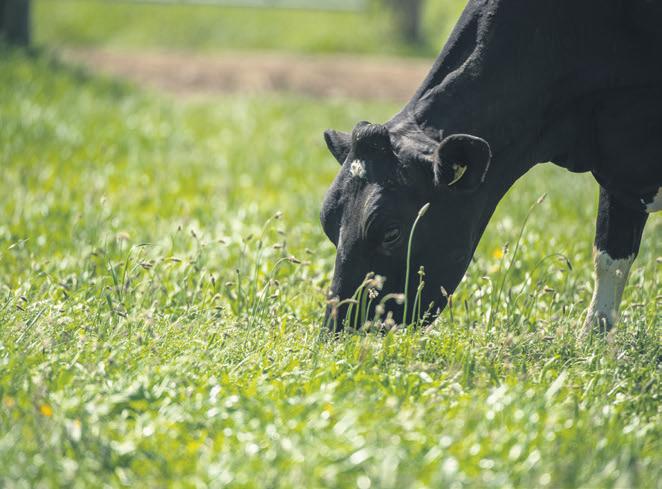
presence of Vitamin E (Gamma tocopherol), Hydroxymethylglutaryl and Arginine.
“Vitamin E is a known potent antioxidant and anti-inflammatory and has been identified as a colorectal cancer chemopreventive agent, as well as being superior to alpha-tocopherol in its ability to reduce cancer cell growth.
“Hydroxymethylglutaryl is also known as statins and is used adjunctively with diet and exercise to treat hypercholesterolemia by lowering total cholesterol.
“Arginine is used by the body to help build muscle and rebuild tissue, and it also helps to keep the blood vessels open.”
Professor Gregorini said the blood test re-
Linked: lincoln University researchers have identified a clear link between an innovative grazing management approach for cattle and significant health benefits for humans.
al choice, in turn positively affected the metabolisms of the cows.
“Our research describes the interrelationships between plant, animal and human health in a measurable way, and unambiguously demonstrates the beneficial human health outcomes of eating higher-welfare food products.
“It’s not enough simply to say, ‘we are what we eat’. In fact, we are what we eat eats.”
The Lincoln research team also conducted trials with dairy cows, sheep and deer using the AMS grazing system, achieving similar results regarding the animals’ performance, environmental impact and welfare.
sults also revealed a reduced presence of Indoxyl sulphate.
“Indoxyl sulphate is a uremic toxin accumulating in the plasma of chronic kidney disease patients. Accumulation induces side effects in the kidneys, bones, and cardiovascular system.”
He said Dr Anita Fleming’s experiments also show that the benefits to the human metabolism of eating the AMS-fed beef were evident after just one meal.
Underpinning the groundbreaking research is the discovery that the specific metabolomic properties of the five plant species grown in the AMS strips, when foraged by the cows in discrete quantities per their individu-
“They have a massive reduction in nitrogen excretion and in simple terms, if they are finished faster, they produce less methane. If they produce more milk at the same intake they have production intensity.”
While human trials have yet to be undertaken with milk and venison, a human trial with the test subjects eating lamb has recently finished. The Lincoln researchers expect to demonstrate similar gains in human health, as metabolomic profiles on milk and venison show similar patterns as beef. information for this article was supplied by lincoln University. For more information on research being undertaken at lincoln University, visit the research@ lincoln website.



It’s always about preventative maintenance when dealing with Pivot Ruts.

Ruts Plus pivot rut filling machines penetrate through the grass and soil cutting out the sidewalls of the pivot rut, pulling in sods of the already established grass root structure planting it back into the pivot rut. The farmer then follows behind wheel packing the windrowed material, with their own tractor. Leaving no depressions or bare grass on either side of the wheel track, all without bringing in extra material.
Condensed root structure increases the soils weight holding capacity. Once compacted it then combines together to create a solid mass. The grass continues growing and will no longer hold water the same as it did before.
Here is an example: If you drove into a wet fully worked up paddock you

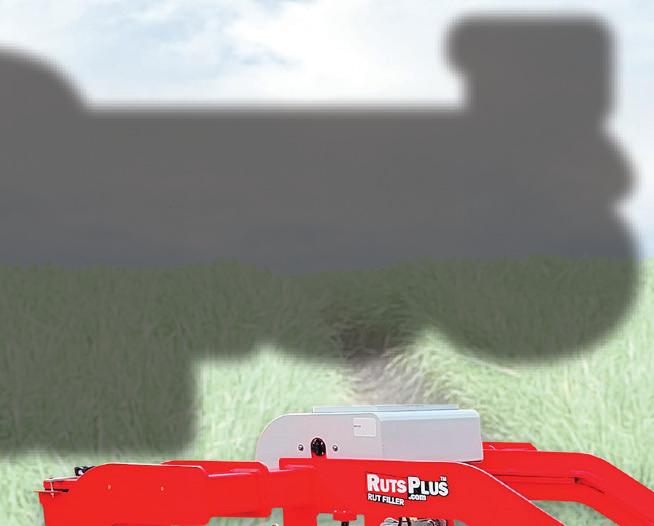




would simply sink up to your axles, yet if you drove into the same wet paddock with established grass you wouldn’t have a problem driving around on it.
Ruts Plus have clearly proven after years of development to have the answer to pivot rut problems by transplanting the already established grass root structure back into the pivot rut. Not only ending up with extra grass but the grass also helps to absorb water. As we all know traditional costs of filling in pivot ruts with foreign material over the years have been skyrocketing. Our system provides immediate results with very little time and expense to the farmer by simply following around the wheel tracks filling in any depressions that could hold water. Ruts Plus are currently operating four machines, each pivot rut filler can typically fill in up to fifty/sixty hectares per day.
Set hourly rate with a one off travel cost of $75 per machine anywhere in Canterbury. Prices usually range from $20 to $35 per hectare depending on conditions.

Before


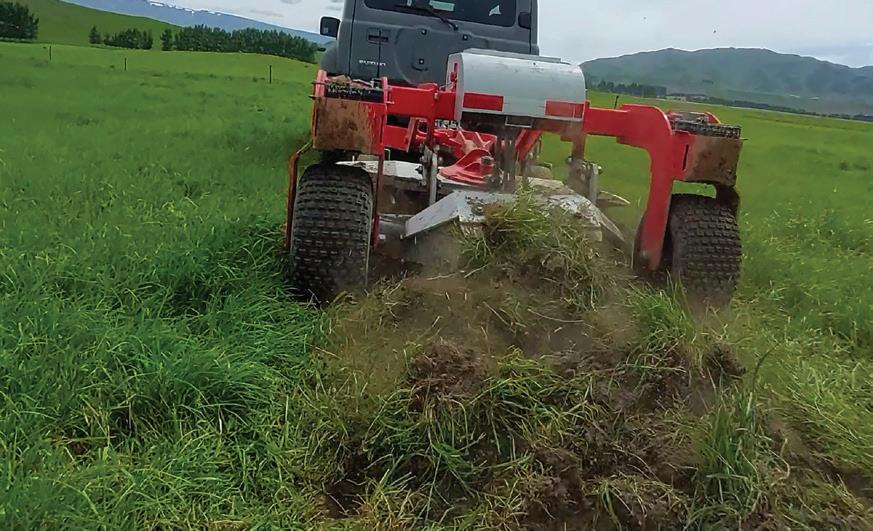







Up to 90% cheaper, quicker and better than traditional methods.
Covering as much as 2km of fenceline per hour, depending on conditions.
Dairy farmers are quickly realising the true value of our system due to the speed, quality of the job & the price.
We have four custom made machines removing material from under dairy lane fences using the most efficient way possible. Our advanced blade system allows it to reach further under the fence wire as well as deflect around the posts by either windrowing the material into the



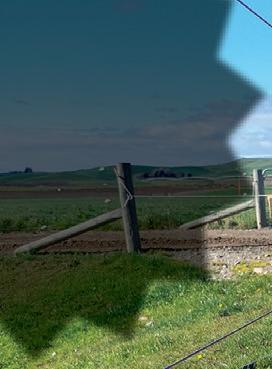




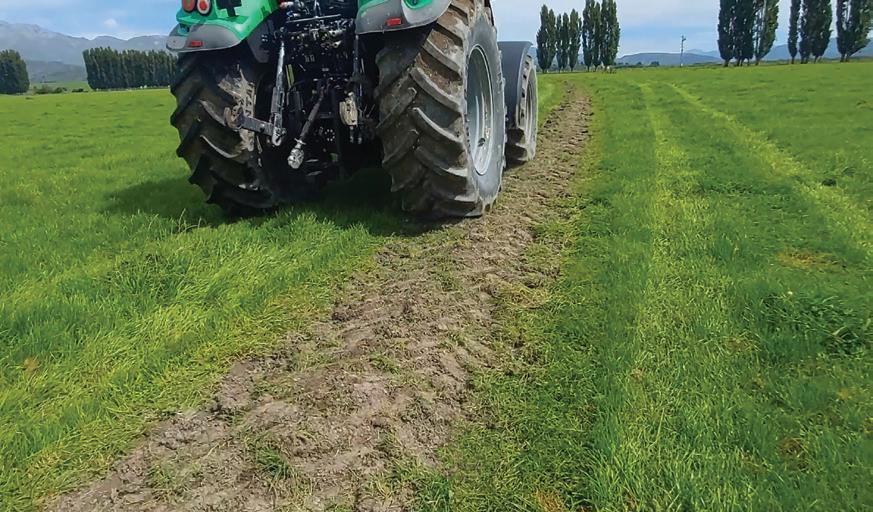
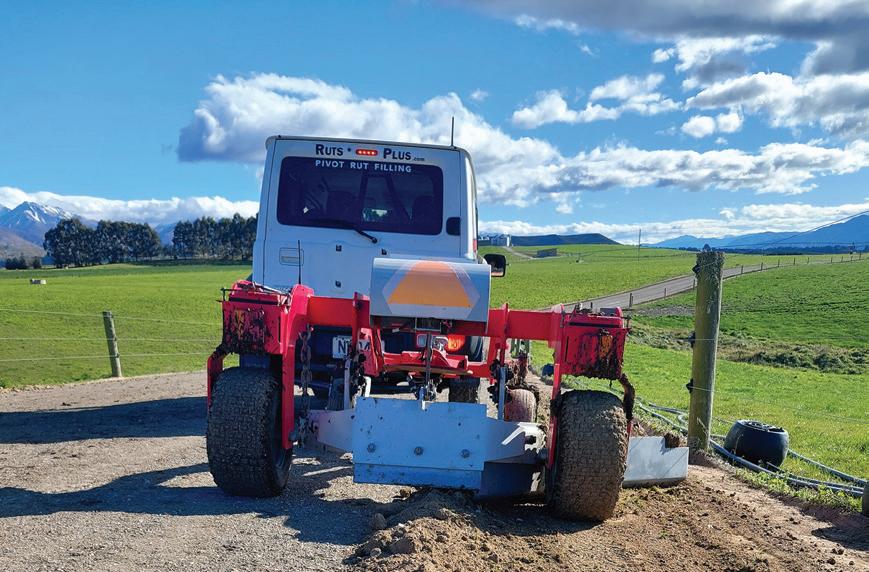

lane ready for the farmer to organise it to be picked up or we simply spread it out. Set hourly rate with a one off travel cost of $75 per machine anywhere in Canterbury.

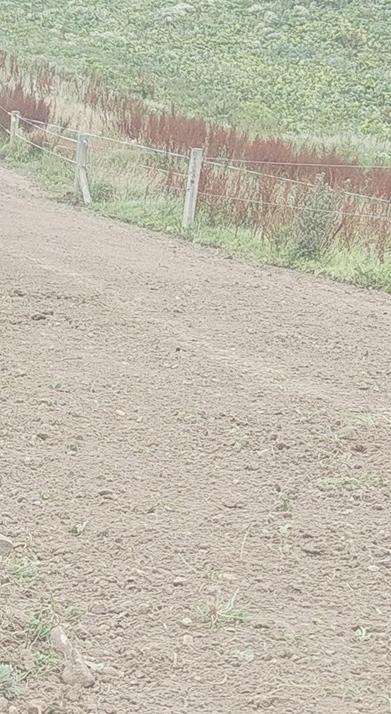
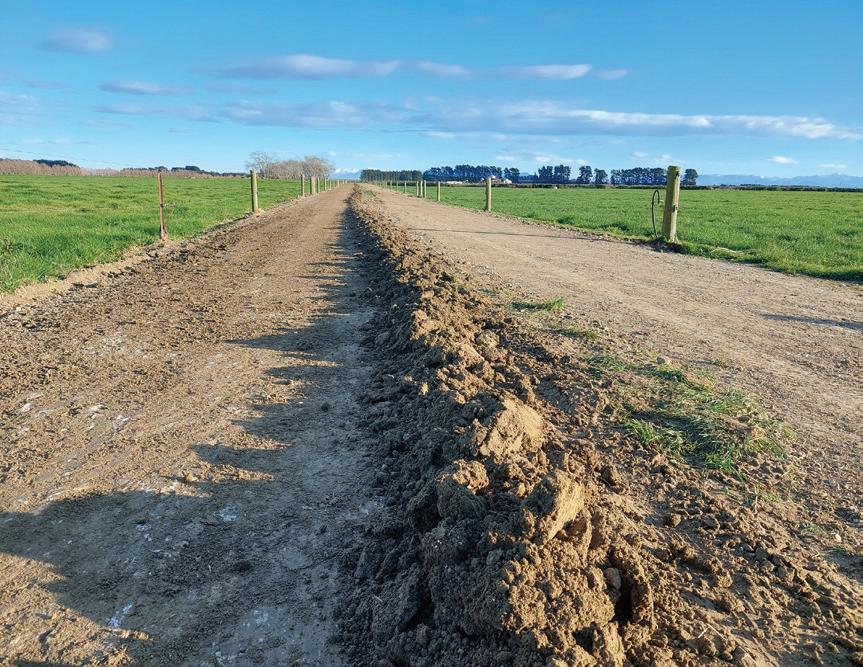





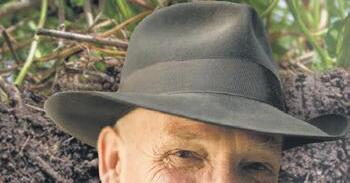


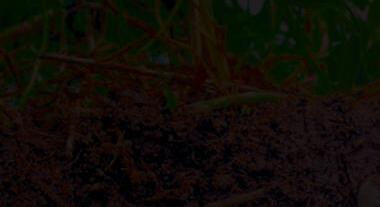
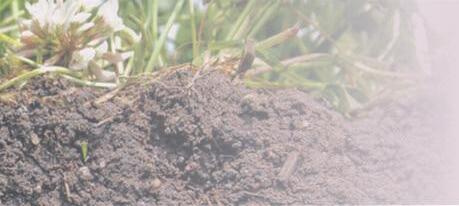

Most rely on the advice of their local farmer co-op representative. Many ask around and run with the latest flavour of the month and our experience from over thirty years in the industry is that spreader drivers have a significant influence on what gets applied.
Fertiliser is usually the second largest expense, after mortgage repayments, and deserves special attention.
The large farmer owned co-ops are unashamedly superphosphate manufacturers and their other two ‘bread and butter’ products are muriate of potash and urea.
Where they have less expertise is in highly effective products that historically haven’t met the lowest cost per kilogram of nutrient models.
Magnesium is the one close to our hearts and dolomite has been the only magnesium product we’ve recommended and has always delivered the benefits promised.
Although most soils contain sufficient magnesium to meet plant requirements animals can often benefit from extra.
Dairy cows close to calving require higher than normal magnesium intake to avoid debilitating, costly, and frustrating metabolic disorders.
Even when there are few animals that require individual attention there is nearly always a production response from dolomite applied in autumn.
Consultants and fertiliser industry folk have always agreed that dolomite delivers outstanding animal health benefits however have dismissed its widespread use because of its higher cost per kg of magnesium.
That is now not the case.
Dolomite particularly in the Canterbury region provides magnesium at a significantly
lower price than magnesium oxide products.
A single application in autumn provides excellent protection, for animals fully fed on the pasture to which it has been applied, throughout winter and spring.
The requirement for extra magnesium via in-line dispensers is markedly reduced and often eventually eliminated.
Unlike more soluble products dolomite does not leach releasing magnesium for plant uptake steadily over a twelve-month period.
Levels in pasture plants to which dolomite has been applied are typically between 0.22% and O.25%, sufficient to meet daily requirements.
Emeritus Professor of Soil Science Tom Walker wrote in his article, ‘Dolomite a first class source of magnesium, “If my diet were deficient, I would rather correct it by daily increments.”.
Adding magnesium products to water systems via in-line dispensers may result in water becoming sufficiently bitter that animals drink from puddles and other untreated sources.
The late Vaughan Jones developed the first in-line dispenser to provide low levels of copper, selenium, and cobalt, to animals on mineral deficient peat land in the Waikato.
He never envisaged that they would be used to dispense a cocktail of minerals at high rates.
Animals perform best when there is a constant supply of clean fresh drinking water
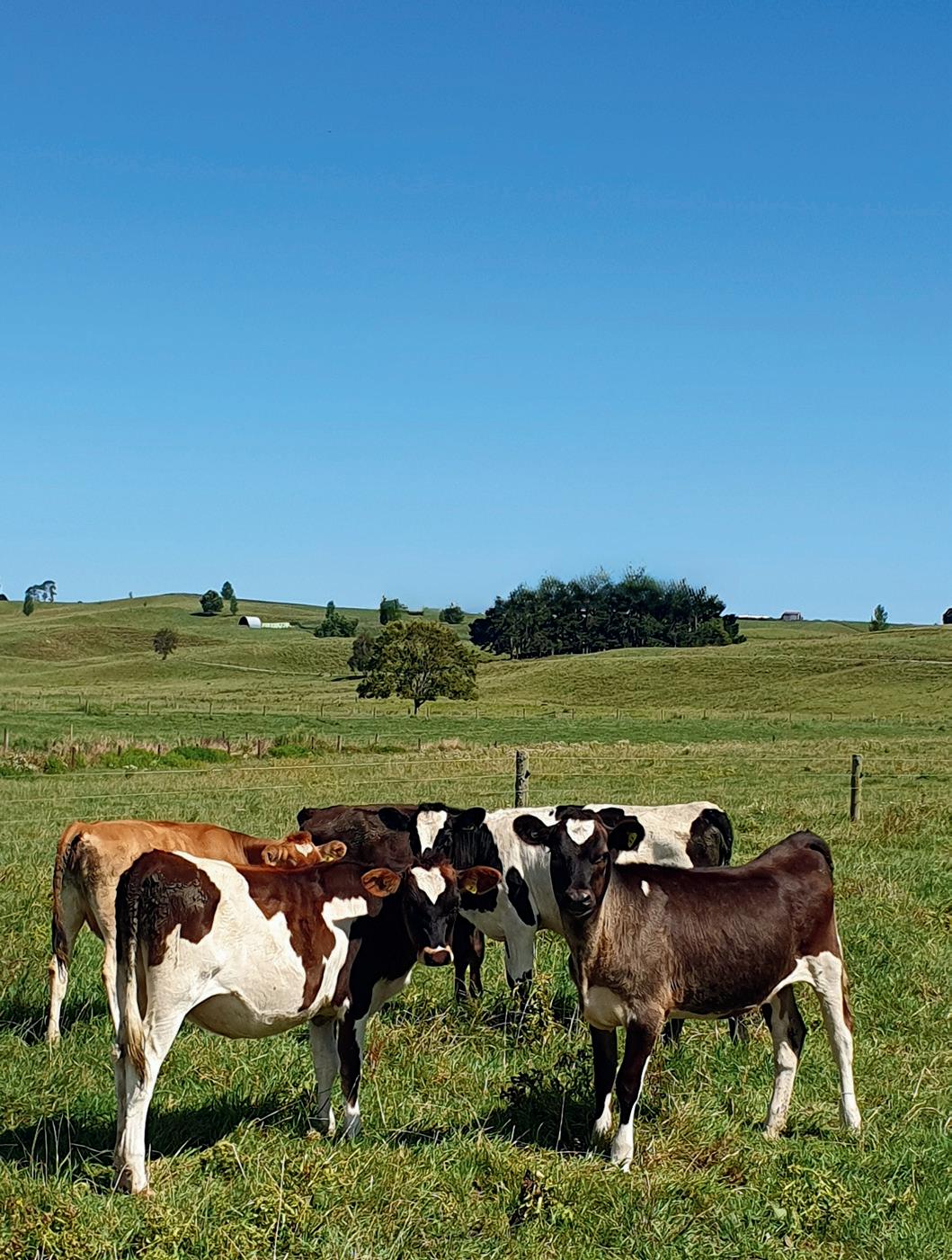

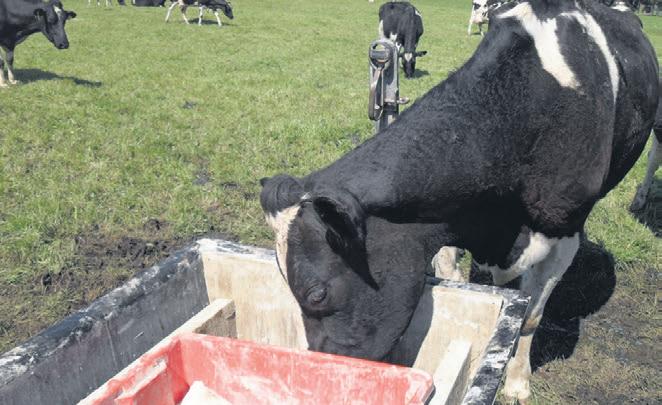
and water troughs require cleaning regularly to ensure performance is maximised.
Magnesium deficiencies in spring are seldom, if ever, solely a lack of magnesium. Calcium is always involved as prior to calving extra magnesium is necessary to help release calcium from the frame of the animal.
After calving the demand is primarily calcium, and dairy cows, as well as other lactating animals, have an inbuilt sense of what is required.
Having a bin(s) of dolomite and lime flour available to stock at all times is an excellent start to understanding the change that takes place around calving time.
In situations where this has been imple-
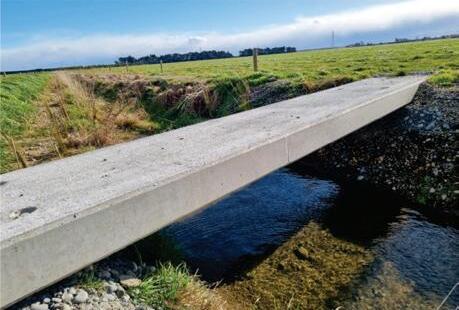

Are you ready to join the leader in calf disbudding and foetal ageing in nd in cattle pregnancy?
Why chose Ultra-Scan?


Benefits: Dairy cows close to calving require higher than normal magnesium intake to avoid debilitating, costly, and frustrating metabolic disorders.
mented good observers talk about a sudden shift in demand for lime flour after calving.
Shifting from a daily drenching/in-line dispenser regime to a free access one should be done over a period of time ensuring an uninterrupted supply of dry dolomite and lime flour.
Under pinning the success of this supplementation programme starts with an autumn/winter application of dolomite at a rate of 220kg/ha (or DoloZest at 350kg/ha) which supplies 25kg of magnesium per hectare.
For a delivered price phone 0800 436 566 or call peter on 027 495 0041.

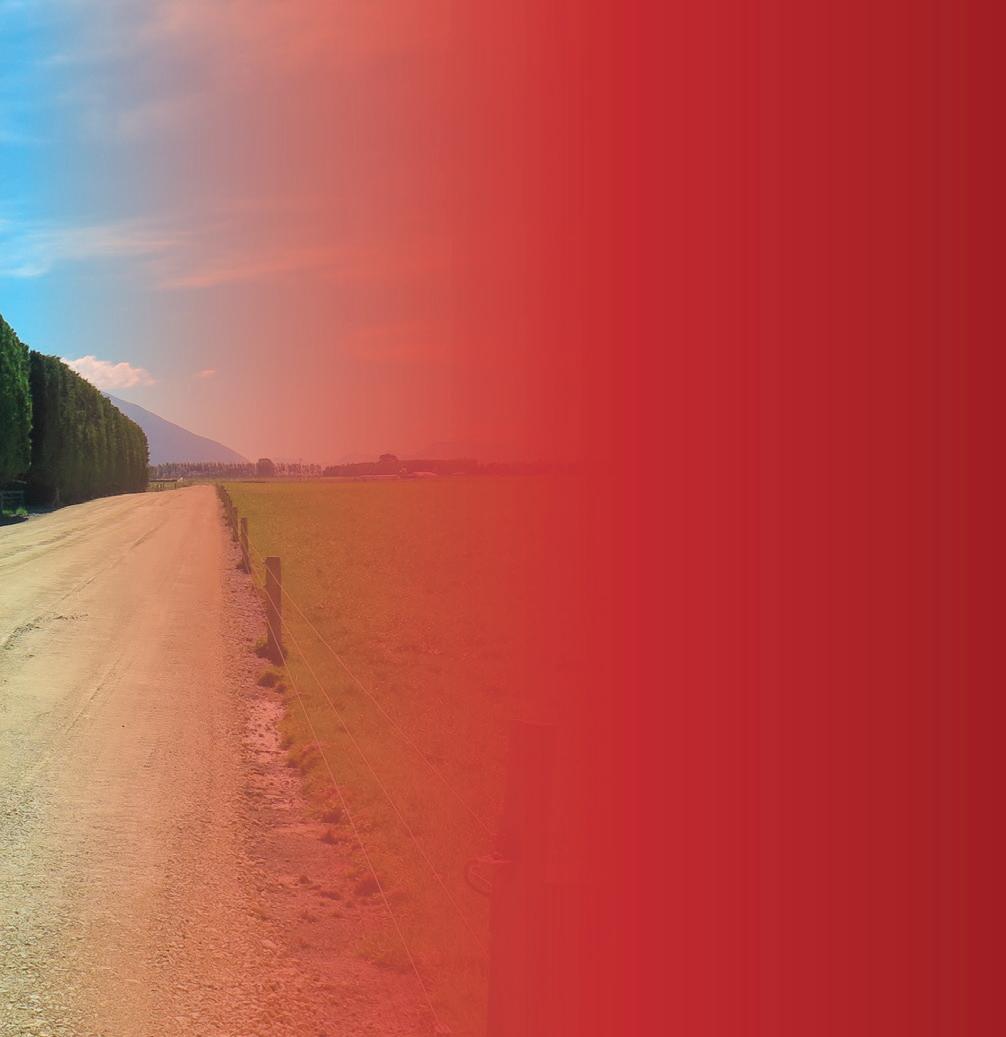




In its next step to get out of coal, Fonterra has announced it will install a 20-megawatt electrode boiler at its Edendale site in Southland.
This is another step for the Co-operative as it works to get out of coal by 2037 and reduce scope one and two emissions by 50% by 2030 (from 2018 baseline).
According to Fonterra the forecast $36 million investment in the electrode boiler will reduce the Edendale site’s emissions by around 20% or 47,500 tonnes of CO2e per annum (the equivalent of taking almost 20,000 cars off NZ roads) and will reduce Fonterra’s overall carbon emissions from its NZ 2018 baseline by nearly 3% per annum once operational in the 2025 financial year.
•
•
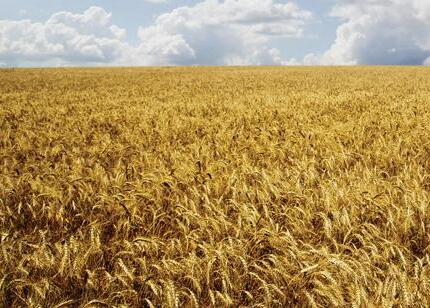

Fonterra’s acting Chief Operating Officer (acting) Anna Palairet said the team considered a number of energy options before deciding on the electrode boiler.
“Fonterra has a complex manufacturing operation spanning the country. As technologies develop, it’s important we continually assess which energy source and technology is best for each site,” Palairet said.
“With up to 15 million litres of milk being processed at our Edendale site each day, we need to ensure we have a secure energy supply that can meet processing demands.
“Cost is also an important consideration. Getting out of coal requires significant investment and we need to choose the best option that reduces emissions and op-


Reduction: Fonterra has announced it will install a 20-megawatt electrode boiler at its Edendale site in Southland reduce the site’s emissions by around 20%.
erational complexity while also doing what’s best for our farmer shareholders.”
Fonterra is partnering with Meridian Energy for the electricity supply who generate electricity from 100% renewable resources.
Meridian Chief Executive Neal Barclay said energy contributes around 40% of Aotearoa’s total gross emissions and process heat makes up a third of this country’s energy use.
“So, it makes sense for Meridian to work with big industry to switch energy sources to clean energy alternatives,” Barclay said.
“We congratulate Fonterra for taking this step given the significance and scale of their operations. Partnerships like these are criti-
cal to helping this country meet the target of net zero carbon emissions by 2050.”
The Electric Boiler Project is being co-funded as part of a previously announced EECA (Energy Efficiency and Conservation Authority) partnership. The partnership involves Fonterra achieving approximately 2.1 million tonnes of earlier CO2 reductions by undertaking a range of decarbonisation projects at its manufacturing sites.
Fonterra expects to further reduce its emissions through a combination of energy efficiency initiatives and switching fuels at its six manufacturing sites that will still be using coal in 2024, and ultimately stop using coal by 2037.

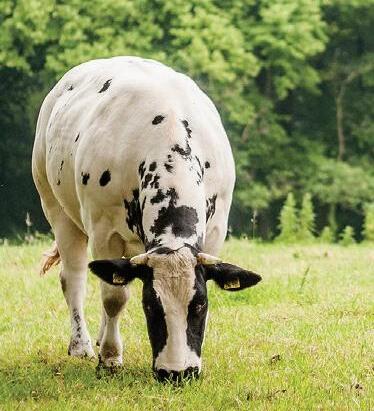







Resource consents play a crucial role in the operation of most farming businesses. They’re the cornerstone of our operations and enable us to carry out activities to make the most of our land.
However, it’s common for us to overlook the importance of regularly reviewing our consents.
By neglecting to review them we increase the likelihood of non-compliance, we could miss an opportunity to ensure the consents are appropriate for what we want to be doing, as well as potentially missing other opportunities the consents may provide.
It’s essential to ensure that consents are accurate and up to date. A periodic review of consents will enable an assessment of whether they are still fit for purpose and that there is full compliance. Reviewing consents can reveal potential issues that need to be addressed before they escalate into problems.
Reviews can identify where there may not be full compliance, allowing corrective action to be taken before regulators intervene. It’s important to understand that consents are not set in stone.
Some aspects of them can be amended to better reflect the needs of the farming operation. If changes are required, they can often be made without putting the consent at risk.
On many occasions consent holders have
said that they are nervous about altering a consent as they feel that Environment Canterbury (ECan) will impose more restrictive conditions.
This is not typically the case and if you’ve sought advice from a reliable source, you’ll understand what’s likely to happen and whether there are any risks involved.
Some consultancies offer a consent Warrant of Fitness (WOF) service, which reviews consents to ensure that they are still enabling the farming operation to do what is needed.
This process also considers what may be required when replacing the consent and identifies what can be done now to help with the renewal process.
It can also look for opportunities that the consents may provide should they authorise something more than the current activity. For example, advice can be provided on options should there be spare water allocation.
It’s important to remember that consents have an expiry date. If a consent is not renewed in time, the farming operation could be left without the necessary permissions to carry out essential activities.
Note that applications to replace expiring consents need to be lodged well before the expiry date, typically at least six months prior.
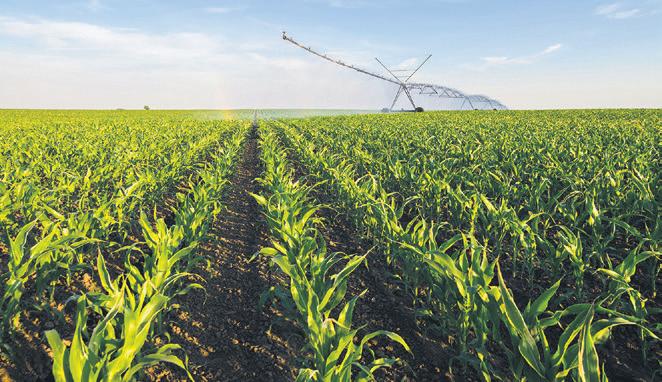
Consent check: A periodic review of consents will enable an assessment of whether they are still fi t for purpose and that there is full compliance.

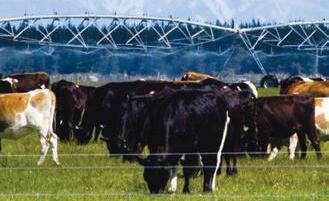
In over-allocated groundwater zones, if a replacement application for the take and use of water is not lodged more than three months before expiry, ECan will not be able to receipt the application. In other words, the consent will not be able to be replaced.
This obviously has huge consequences and so it is vital that all consent holders track expiry dates.
Typically, ECan will write to consent holders shortly before consents expire.
However, they are not obliged to send out these reminders and although this reminder process works well, it’s unwise to rely solely on this as the catalyst for starting the consent replacement process.
By periodically reviewing your consents, you can ensure that you are aware of when they are due to expire and plan their renewal accordingly.
It’s also important to ensure that they are still fit for purpose and that the farming operation is complying with all the necessary conditions.
Don’t overlook the importance of regularly reviewing your consents.
Contact your consultant that helps you with consent related issues and see whether they can carry out a WOF check on your consents.
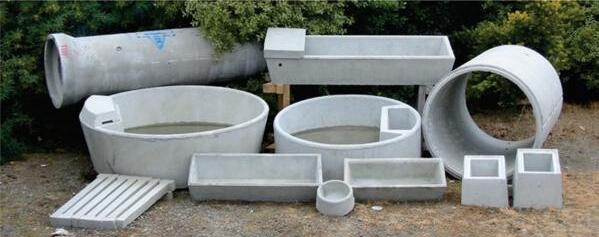



The NIWA climate outlook indicates the summer El Nino weather pattern has started to ease to a neutral phase, but warmer than average temperatures and average to below average rainfall is predicted for the coming month.
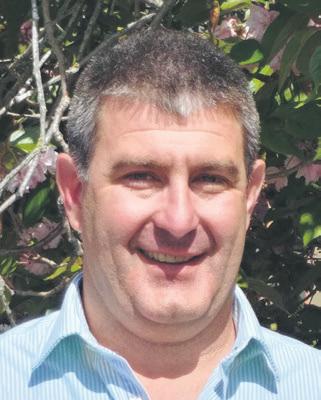
 ]by Andrew Curtis
Primary Insight
]by Andrew Curtis
Primary Insight
This means irrigation is very much justified. However, the shorter days and lower temperatures mean thinking carefully about irrigation decision-making.
How much to apply alongside how frequently to apply it are the two key questions. A reliable, well installed soil moisture sensor that has a soil moisture trace that has been set up correctly is worth its weight in gold at this time of year. It removes the need for guesswork and saves money.
However, where there is no or unreliable soil moisture data, as a guide plant water use in late March and early April typically does not get above 2mm a day, and even on a very warm day rarely exceeds 3mm.
The data from the Lincoln weather station shown opposite clearly demonstrates this. The PET data from Lincoln is also typically higher than data of the other main weather stations (Winchmore and Timaru) at this time of year, so this holds true across Canterbury.
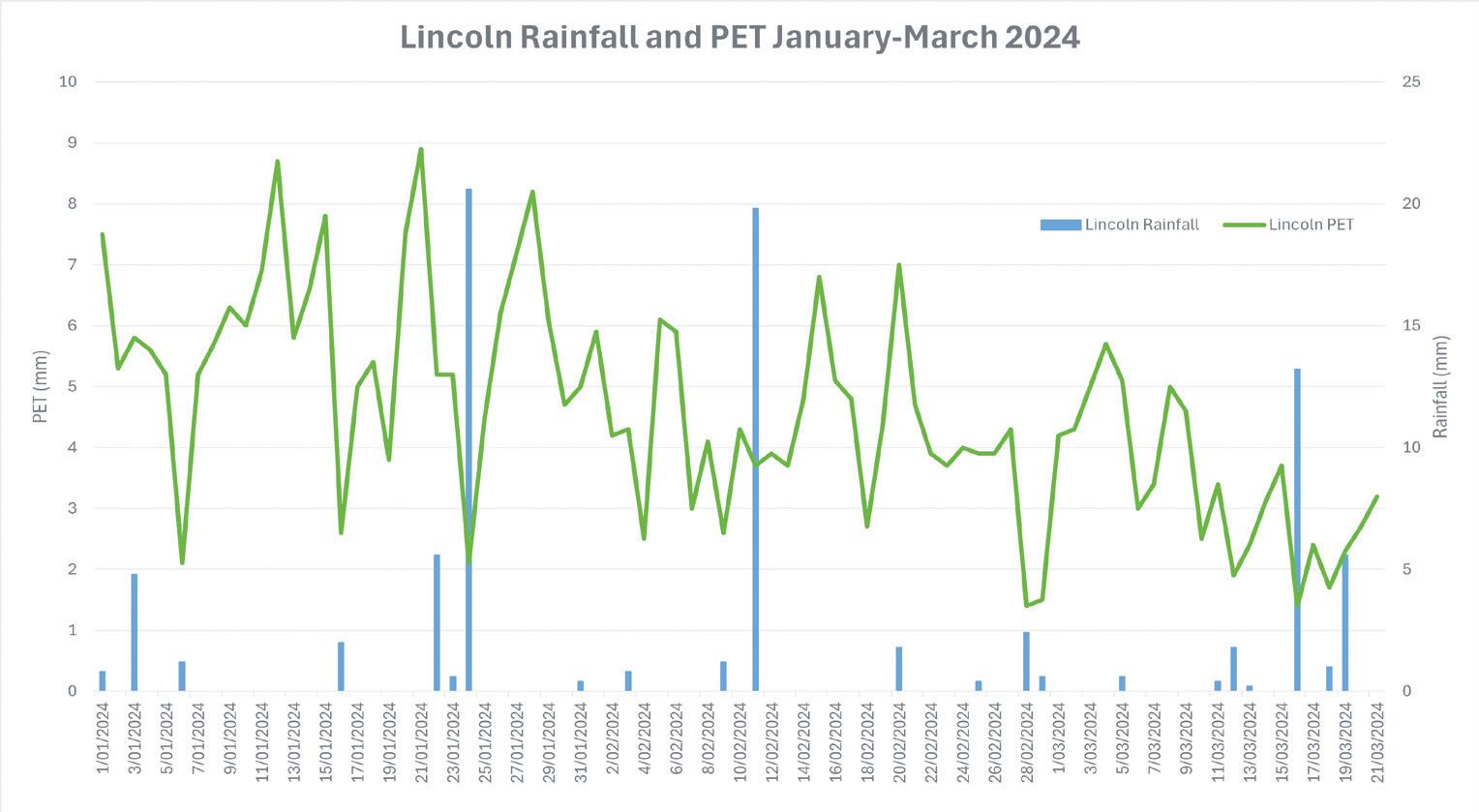
My advice to irrigators around irrigation depth and frequency in March and April depends on how far they’ve fallen behind due to both prolonged dry periods and water restrictions. For scenarios where irrigation has been able to ‘keep-up’ my suggestion is to cut back the application depth and adjust the frequency of application accordingly. ‘
For example, for a centre pivot applying 12-14 mm per application drop it back to 8-10 mm and irrigate no more than every 5-7 days. Soil moisture may start going slightly
backwards, but this will make very little difference to production at this time of year and allow more room for rainfall when it finally arrives, reducing the risk of drainage.
For scenarios that have fallen behind, my advice would be look to catch-up gradually as soils respond better to this approach rather than ‘big dumps’. For example, continue to apply the same amount, in this example 1214mm, every 5-7 days until you’ve caught up and then button it back as above.
Primary Insight are specialists in irrigation
management. If you need a soil moisture probe that is reliable and easy to read, need a bucket test, or want support trouble shooting irrigator performance or telemetry issues, we can help.
Alternatively, join us at one of our free irrigation workshops. Check out the event listings on our website for more information on dates and locations www.primaryinsight. co.nz. You’ll also get a certificate of attendance that satisfies your Farm Environment Plan irrigation training requirements.








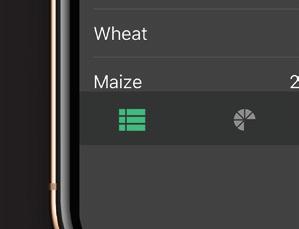




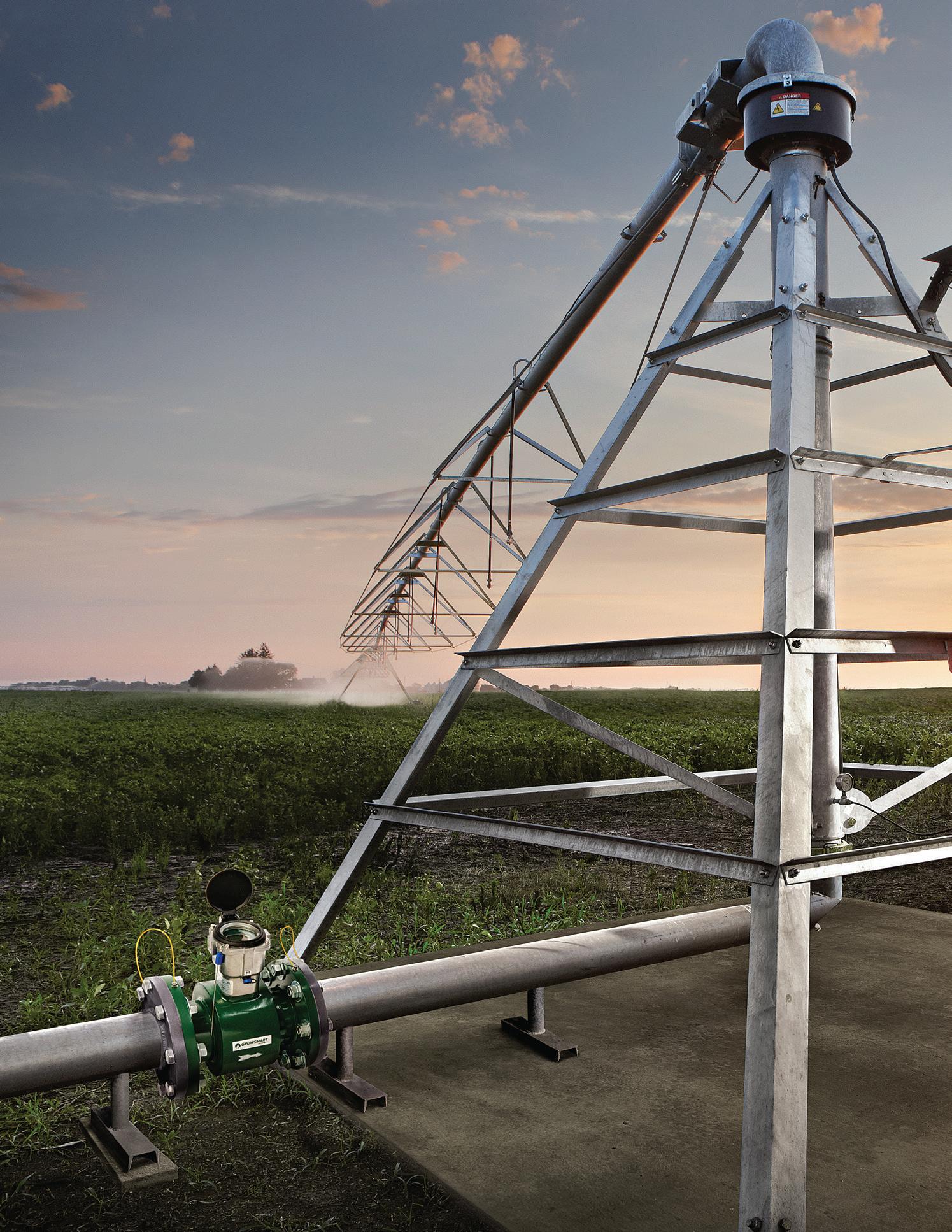

Working in the rural sector for over 40 years, like you, I’ve experienced the ever-evolving world of agriculture and our role in nourishing our communities, but one aspect has remained a constant source of interest: the soil beneath our agricultural operations.

 by Stephen McNally
IrrigationNZ
Principal Technical Advisor
by Stephen McNally
IrrigationNZ
Principal Technical Advisor
Recent extreme El Niño weather patterns have brought contrasting impacts on agricultural regions, highlighting the importance of understanding soil dynamics for efficient irrigation.
While parts of our country have flourished with relatively stable summer rainfall, many of our productive areas, like most of the South Island and eastern parts of the North Island, have grappled with a medium-scale adverse event and water scarcity, in other words, a drought. In this context, the importance of knowing your soil cannot be overstated.
At IrrigationNZ, we recognize the pivotal aspect of soil knowledge in freshwater management, particularly in irrigation system design and management best practice. Many
farmers and growers excel in understanding their land and its nuances, their crops, animals, market forces, and year-on-year climate extremes; yet the focus on things happening well below the soil surface can remain overlooked.
Beyond cursory digs into the topsoil, taking time to observe changes in soil colour, composition, and layers (soil horizons) in a deeper dig can offer valuable insights into structure, texture, and water retention capacities.
Soil characteristics vary widely across New Zealand, with undulating deep volcanic soils in the north to extensive alluvial plains with less weathered soils in the south.
The origins and ages of these soils vary greatly even within districts and paddocks, extending deep beyond the surface layer you might know well.
Root zones can influence water holding capacity and productivity to depths of over 80cm, needing a comprehensive understanding of soil composition and structure. It’s more than just the top 20cm; it’s about delving deeper into the intricate layers that influence irrigation management and your productivity.
The soil’s water holding capacity and fertility are influenced by a combination of factors, including texture (the ratio of sand, silt, and clay), pore spaces for water and air, organic matter content, and nutrient retention capability.
These factors directly affect irrigation scheduling, with excessive water application

leading to drainage and nutrient loss, and too rapid application causing runoff and sediment mobilization.
Good practice irrigation design and management takes into account an understanding of the soils’ ability to infiltrate and hold water to avoid inefficient water use and maximises the benefit from expensive nutrients. Especially in the driest of seasons, we don’t want to see an “irrigate just in case approach” that sends water to where it’s not effective; knowing your soils well will help shift your thinking to “irrigation at the right time.”
Have you and your irrigation operational staff examined the soil just to understand texture, structure, and layers?
Plenty of post holes have been dug, cursing rocks on the way down, but have you noted the colour and composition change as the soil come out? Did it give you cause for
Digging in: Exploring below the darker humus reveals a signifi cantly different second horizon – the water holding characteristics of a soil reaches into deep horizons.
thought? It’s essential to pay close attention to the less visible but important foundation of our agricultural endeavours.
Understanding dynamics of water holding capacity, infiltration rates, and permeability unique to your soil types, allows for tailored irrigation designs and schedules that optimize water and nutrient uptake by plants while minimizing environmental impacts.
Improved soil knowledge empowers farmers, water users, irrigation design companies, and policymakers to make informed decisions for sustainable freshwater management.
So, the key to effective irrigation management lies beneath our feet. As we navigate through the challenges posed by changing weather patterns and water scarcity, let us not forget the importance of knowing our soils.
Let’s roll up our sleeves, dig a little deeper, and truly understand the soils that sustain us.
By delving deeper into soil characteristics and dynamics, stakeholders can enhance agricultural productivity, conserve water resources, and mitigate environmental risks, ultimately fostering a more resilient and sustainable agricultural sector.








 ]by Kate Acland
]by Kate Acland
One of the highlights of Beef + Lamb New Zealand’s recent Annual Meeting and Showcase in Nelson was a field trip to the Moore family’s farm Moutere Downs.
new online content as we enter a new era of internal parasite management. I strongly encourage all livestock farmers to take a look.
The Moores have also been using genetics to address Facial Eczema, a disease that is likely to become more widespread with a changing climate, so we here in Canterbury will not be immune from it.
] Chair Beef + Lamb New ZealandThe field trip encapsulated so much of what we, as farmers, are having to grapple with now and into the future. This includes managing climatic extremes, animal health issues and changing land use.
Moutere Downs is surrounded by lifestyle blocks, vineyards and hop gardens which brings with it both challenges and opportunities. At the field day we heard how, for many years, the Moore family has been making full use of the grazing opportunities offered by vineyards and hop gardens post-harvest, but the lack of sheep handling facilities on these blocks makes routine worm drenching difficult.
To get around this, the Moores have been including worm resistance in their breeding objectives for many years and this is paying off. In an era of increasing triple drench resistance, we need to move away from our reliance on drenches and look at both genetics and management strategies to manage internal parasites while maintaining productivity.
At the field day, Ginny Dodunski, Wormwise’s programme manager, talked about Wormwise’s revised strategy as well as its
B+LNZ has been working to develop tools to help farmers manage this production-limiting disease, which we heard about at the field day, and we were delighted with the Government’s recent announcement to pledge $8.3 million towards the Eliminating Facial Eczema Impacts programme.
Valued at $20.75 million over a sevenyear period, this programme is a collaborative effort between B+LNZ, the Government through its Sustainable Food and Fibres fund, and 13 industry partners.
Facial Eczema costs the sheep, beef, dairy and deer sectors an estimated $332 million annually through lost production and stock losses during severe outbreaks.
The Eliminating Facial Eczema Impacts programme is ambitious, and it will deliver new tools and solutions to farmers which will ultimately increase farm productivity and returns for our farmers.
At the Annual Meeting I reiterated B+LNZ’s commitment to delivering value to its levy payers by giving farmers what they need today to help them succeed into the future.
There will be a significant focus back behind the farm-gate and the organisation will
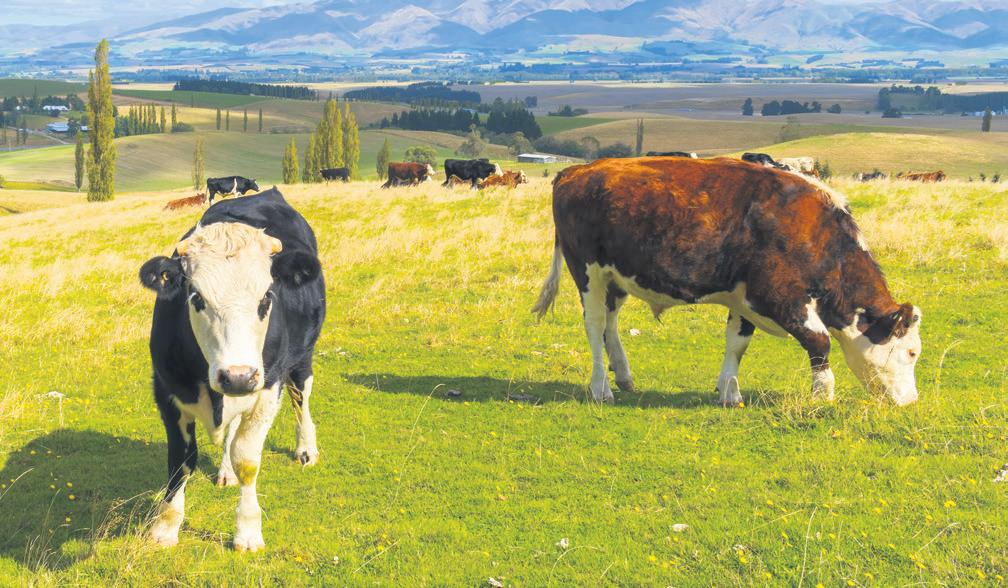
be increasing its investment in research and development and extension with the aim of increasing farm productivity and profitability.
It is a really challenging time for our sector and as we saw in Tasman, extremely dry weather is compounding the situation in many areas.
But as the Moore family exemplify, NZ farmers are determined and innovative and we will get through this.
The world wants sustainably produced, emissions-efficient, high-quality protein and NZ’s farm systems tick all those boxes.
I am confident in our sector’s future but as a farmer, understand how tough it is at the moment.
Look after yourselves, take time away from the farm and know that there is support out there.

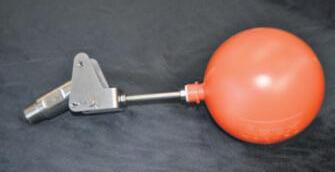
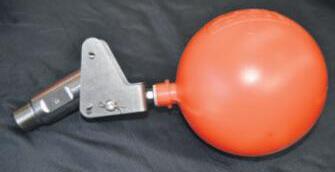

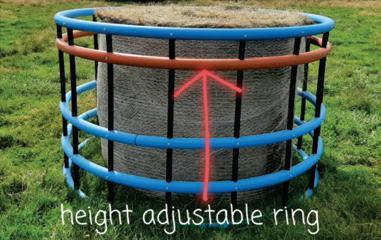

‘The world wants sustainably produced, emissions-effi cient, highquality protein and New Zealand’s farm systems tick all those boxes.







Many congratulations to the Guild and Dunbar deer farming families at High Peak Station, near Darfield, for taking out this year’s Canterbury regional supreme trophy in this year’s Ballance Farm Environment Awards.
Owners James and Anna Guild, who started the deer operation in the 1970s, and their son Hamish Guild, who now manages the station, were “absolutely delighted” with the win, “particularly for mum and dad who have given us so much,” said Anna.
The Guild-Dunbar multi-generational eightway farming partnership, operating four businesses across the station, was described by the judges as “true guardians of the land who champion environmental stewardship and advocate for sustainable farming practices.”
Deer Industry NZ (DINZ) environmental stewardship manager Luka Jansen said it’s an example of a successful deer farming business commanding: responsible management and stewardship of the land.
“DINZ is proud of deer farmers’ successful performance to date, managing environmental risks and incorporating mitigations into their deer farm operations,” Jansen said.
Changes are ahead in this area, with – at the time of writing – Coalition talks due to start on freshwater farm plans (FWFPs).
Cabinet has agreed to replace the National Policy Statement on Freshwater Management, but current legislation means
unravelling requirements will take some time.
DINZ is working with the government, alongside Beef + Lamb NZ and others, to push for measures that allow deer farmers to farm in ways that will protect the environment, be sensitive to local conditions and reduce the burden of unnecessary regulation and cost.
DINZ executive chair Mandy Bell and policy and research manager Emil Murphy met with agricultural minister Todd McLay and associate agriculture minister Andrew Hoggard to update them on deer industry issues, including freshwater and the issue around market access for frozen velvet imports to China. They’ve reported “good support” from the ministers.
Plenty of work continues behind the scenes on the China market access issue too. Former trade commissioner Damon Paling has been engaged by DINZ to assist with negotiations. Reporting to the Deer Velvet Access Group, a DINZ board sub-committee, Paling suggests careful and effective communication will be key to success.
The Ministry for Primary Industries’ market access team and technical negotiators is leading the complex negotiations, alongside the Ministry for Foreign Affairs and Trade,




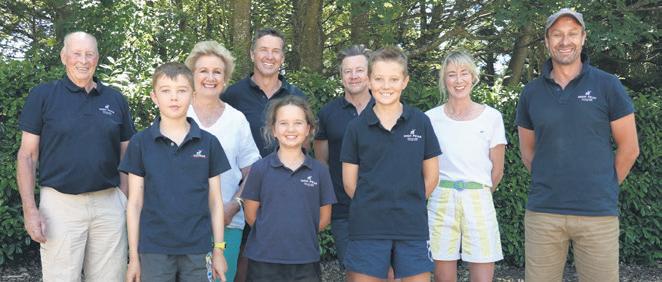
which represents New Zealand’s long-term economic, political and trade relationship with the re-emerged superpower, he explains.
Several meetings have also been organised by DINZ with stakeholders here in New Zealand, including a couple of online “town hall” webinar to update velvetters and industry personnel.
Bell led a deer industry group to China last month, including markets manager Rhys Griffiths, before travelling on to Korea. Market access was a key point of discussion for the group, in their meetings with the New Zealand ambassador in China, importers and government agencies in Beijing, along with other commercial contacts.
Former DINZ chief executive Innes Moffat departed at the start of March. He was rightly applauded and thanked for his immense
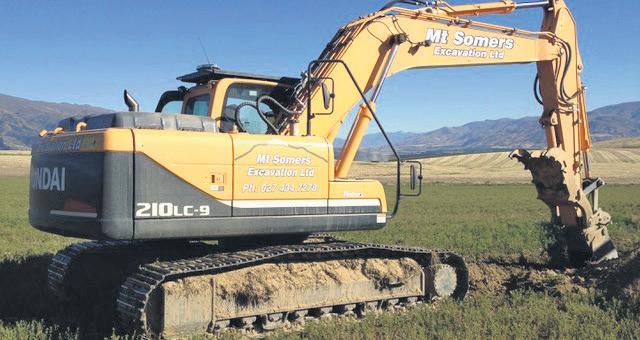
Well deserved: The supreme award-winning Guild and Dunbar team with James Guild MNZM (left) and Hamish Guild (fourth from left).
contribution to the sector. At the time of writing, the search continues for his successor.
In the interim, Bell has stepped in to “keep up the momentum” and support the executive team, led by senior managers: Rhys Griffiths (markets), Lindsay Fung (producers), Emil Murphy (policy and research) and John Ladley (industry capability and QA). All can be contacted at the DINZ office numbers info@deernz.org, phone 04-474 4500.
Finally, the organisers are promising a great programme for this year’s Deer Industry Conference, to be held in Napier on 8 and 9 May.
This will include the Gala Dinner celebrating the deer industry’s heroes, alongside with networking with industry peers and an interesting field day being teed up now by the NZDFA Hawke’s Bay branch.

















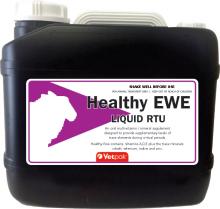

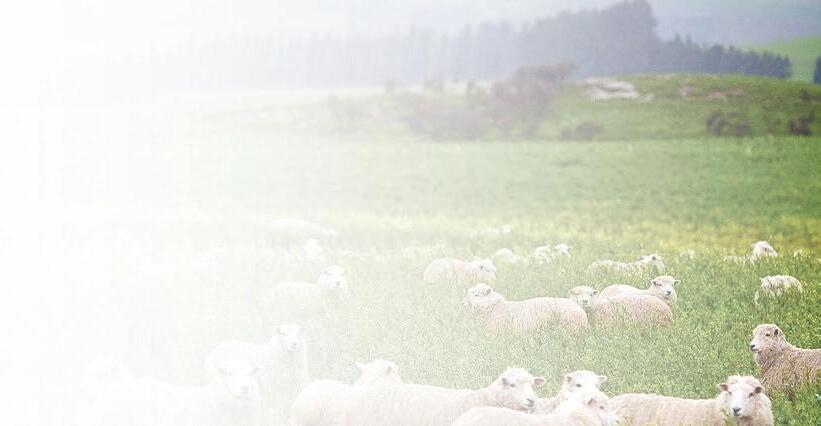



Dairy farmers around New Zealand are grabbing spades and heading onto their farms and into their communities to plant native trees and plants.
]Article supplied by DairyNZ
Goals include creating great habitat for birds and other wildlife to thrive. Farmers report seeing more native birds on their properties including tui, kereru and karearea (New Zealand falcon). In some cases, they’re seeing bird types they’ve never seen before.
Northland dairy farmers Andrew and Vicky Booth have been planting on the family farm for over seven years, with more than 4000 native trees and plants going into the ground every year.
While the farm has always had native bush, and the Booths have always seen kereru, tui and other native birds, they’re providing even more shelter and security for wildlife.
“Over the past three years, we’ve been seeing more native birds including banded rail and kaka. It’s great to hear kaka squawking at each other,” Andrew said.
Andrew said planting has many benefits. Trees and plants alongside waterways create shade for fish, eels, and insects which helps them flourish.
This includes enhancing native species such as Kiwi favourite whitebait and kanakana (fish that look like eels). Trees also provide shade for cows.
He said farmers throughout the country are involved in a wide range of environmental initiatives in their communities.
“They’re helping create nurseries to grow
native tree and plants, and working with schools to help children learn about nature.”
Andrew and his wife Vicky host school groups on their farm so students can connect with nature. The children help plant trees and learn about the difference native bush can make for the environment.
“Some farms are close to urban areas and it’s great to see town and country people working together.”
Andrew is one of 400 environmentally focused farmers in the Dairy Environment Leaders (DEL) network, which was created by farmers, DairyNZ and the NZ Farm Environment Trust in 2007. He said it’s important New Zealand gets the balance right between ensuring farm businesses can remain viable to continue contributing to local economies, while meeting increasing community and consumer expectations around sustainability.
The Booths are trapping pests including possums, stoats and ferrets, and have created a wetland covering 1.5 hectares, with 5500 trees planted around it.
“We’ve reduced our herd by 30 milking cows, from 430 cows to 400, and we’re breeding even better cows so we can reduce our herd size even further.
“We want farming to have as little impact on the environment as possible so we can continue to farm for generations to come, providing vital food and supporting local economies,” Andrew said.
Balance: Dairy farmers Andrew and Vicky Booth say it’s important New Zealand gets the balance right between ensuring farm businesses can remain viable to continue contributing to local economies, while meeting increasing community and consumer expectations around sustainability.

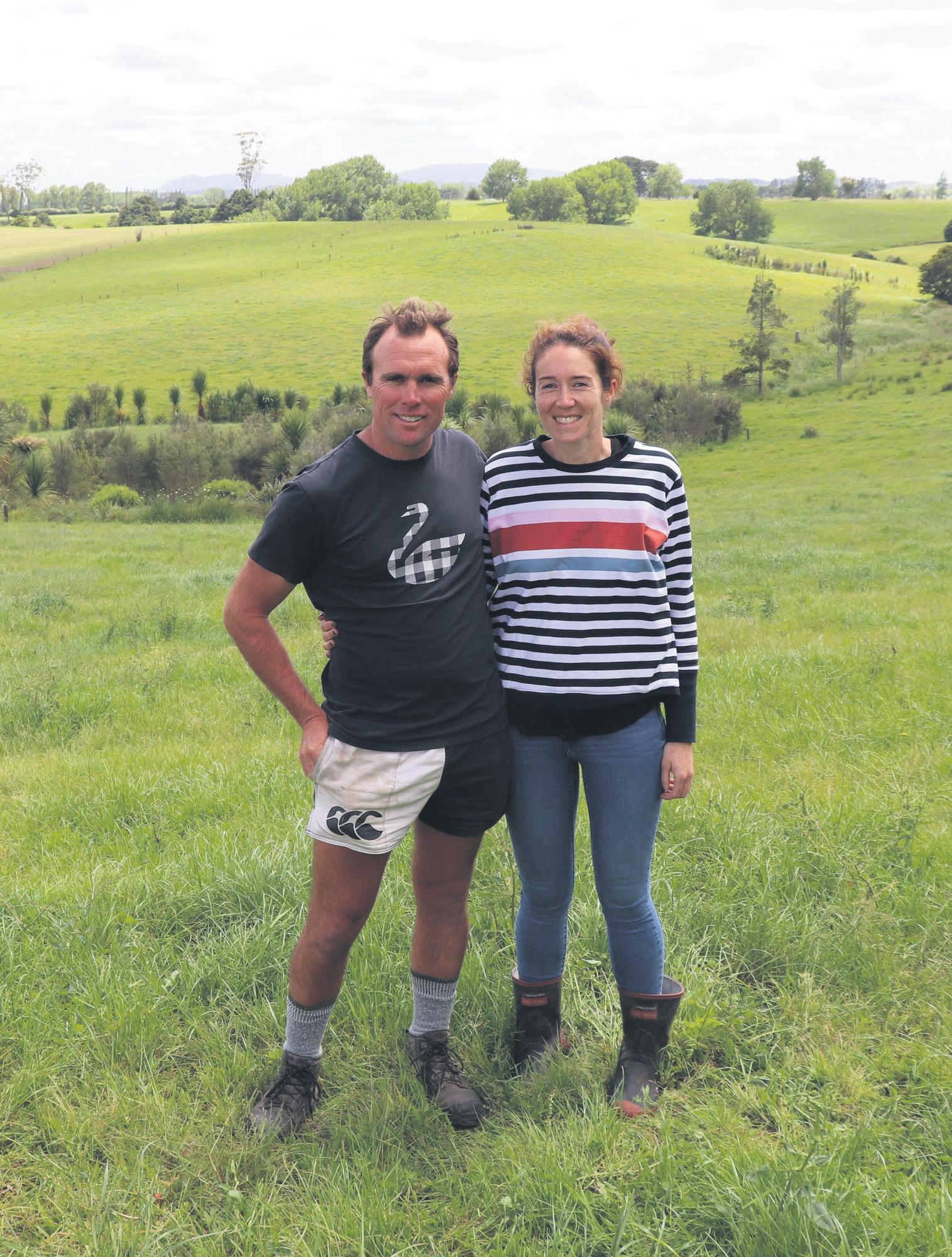


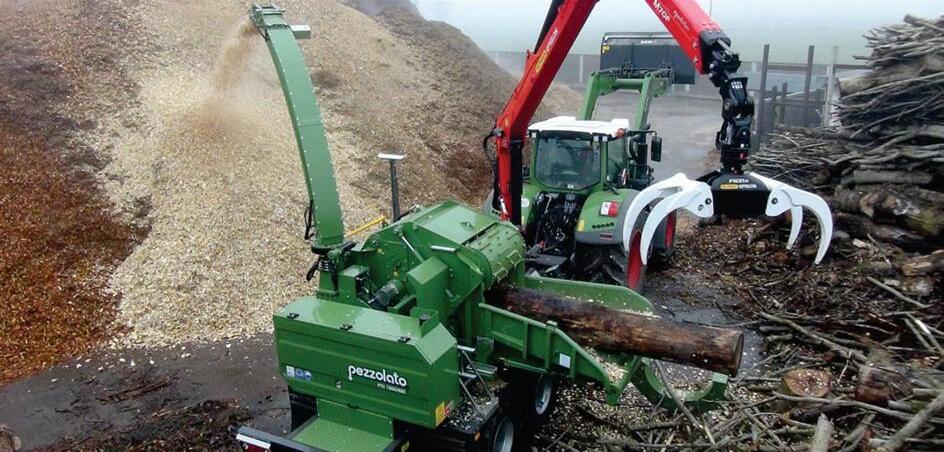















Very much against the tide of what we had been expecting, the China market has taken a major turn down, indeed, the current correction might best be described as catastrophic, even by our recent history standards.
The earlier positivity had its foundations in the assumption all would be fine after Chinese New Year. It was expected daily log consumption would quickly recover to normal levels as everyone went back to work.
Unfortunately, this has not happened, with daily usage struggling to reach 40,000 m3 per day in February, when the market was expecting 60,000 per day. As at mid-March, we are seeing usage numbers improve, but too little too late. The problem is NZ Forestry Inc has been delivering 60,000 m3 per day since Christmas.
Radiata log inventory is now at 4mil m3 with all softwood inventory sitting at close to 5mil. This is regarded as way too high. With demand weak and ample stock, China domestic prices for Kiwi logs are also falling.
China buyers have now folded their arms and refusing orders from Kiwi exporters whilst waiting for prices to hit bottom. As at mid-March, no one knows where the bottom is with no major sales contracts signed and no LC’s issued in close to two weeks. This is a massively concerning situation.
Around NZ, there is the beginnings of a big slow down in deliveries to Ports. This will need to happen more dramatically and for some time to enable supply and demand to get back to an equilibrium.
Underpinning that is harvesting contractors and transport companies parked up again.
The continuing ebb and flow of the current modus operandi model to China must change. The impacts across the people who do the real work is unacceptable. There has never been a more desperate time for NZ Forestry Inc to get in a room and lock the door until a production and supply framework is sorted out.
Meanwhile shipping companies had been doggedly holding on to freight rates citing international undercapacity and lots of cargo everywhere. Happily, their greed chickens have now come home to roost. One example is iron ore prices ex Australia are plummeting, there is a dearth of stock in China and suddenly Capesize vessels are looking for work.
Whilst NZ ports are not deep enough for Capes, the net impact of no iron ore cargo is the Capes are starting to take volume off Handy Max’s and Supra’s, and those vessels do ply the NZ log trade. The net result is shipping rates are starting to fall but NZ fixtures remain miniscule compared to the norm. Indeed, NZ ship charterers are now happy to fold their arms and smile sweetly in response to ship owner pleas for cargo’s.
There have been high levels of enquiry from India buyers wanting to look again at NZ log cargo. Whilst India stands as a nation




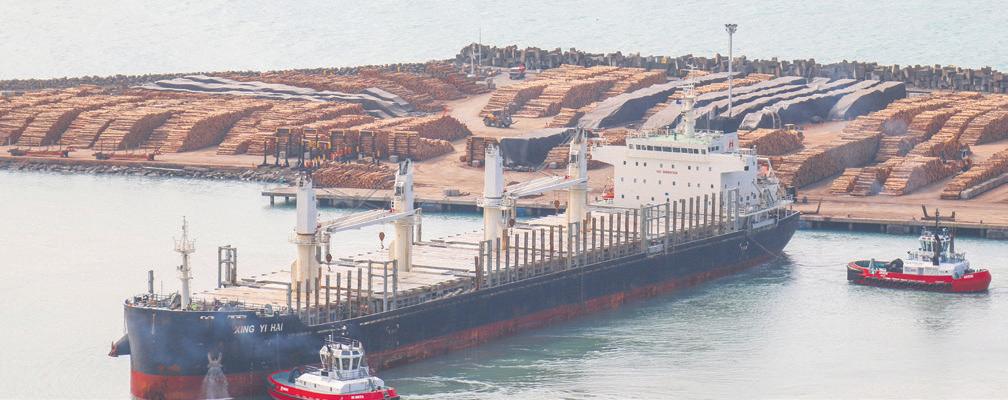
of great opportunity, our history pavements are scarred with many bad and problematic deals with a lot of Kiwis losing al lot of money on India sales. Payment defaults have been common.
For most exporters, there can be no India deals or at least no logs loaded on boats until the money is in the bank and that has become a major impediment to significant trade resumption. It would seem to me this trade option requires higher level Govt intervention. I see the likes of Govt led trade delegations to India as a start point. Agreements would need to include sustainable resolution around fumigation issues.
Meanwhile, NZ sawmill owners are experiencing reasonable sales levels. Most are citing a good order book with prices for domestic logs holding. Once again, the local
sawmills confirm their position as the backbone of the forestry sector. Recruiting staff continues to be one of the greatest challenges facing sawmill owners.
It is good to see in the corridors of power, the Government throwing out some of the prior work policy settings. The announcement of a review of significant cost to belong increases for participants in the ETS is a good start.
Reviewing the Log Traders and Forest Advisors legislation is another. Discarding them completely as 2 rule settings that achieved absolutely nothing would be a good step forward.
As always, please remember the thoroughly important message, “it remains, as always, fundamentally important, the only way forward for climate, country and the planet, is to get out there and plant more trees.”


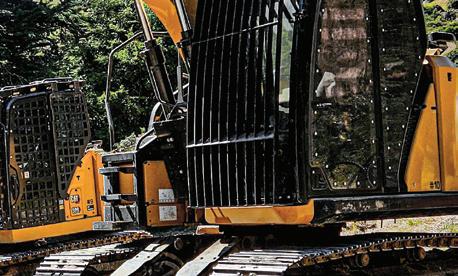
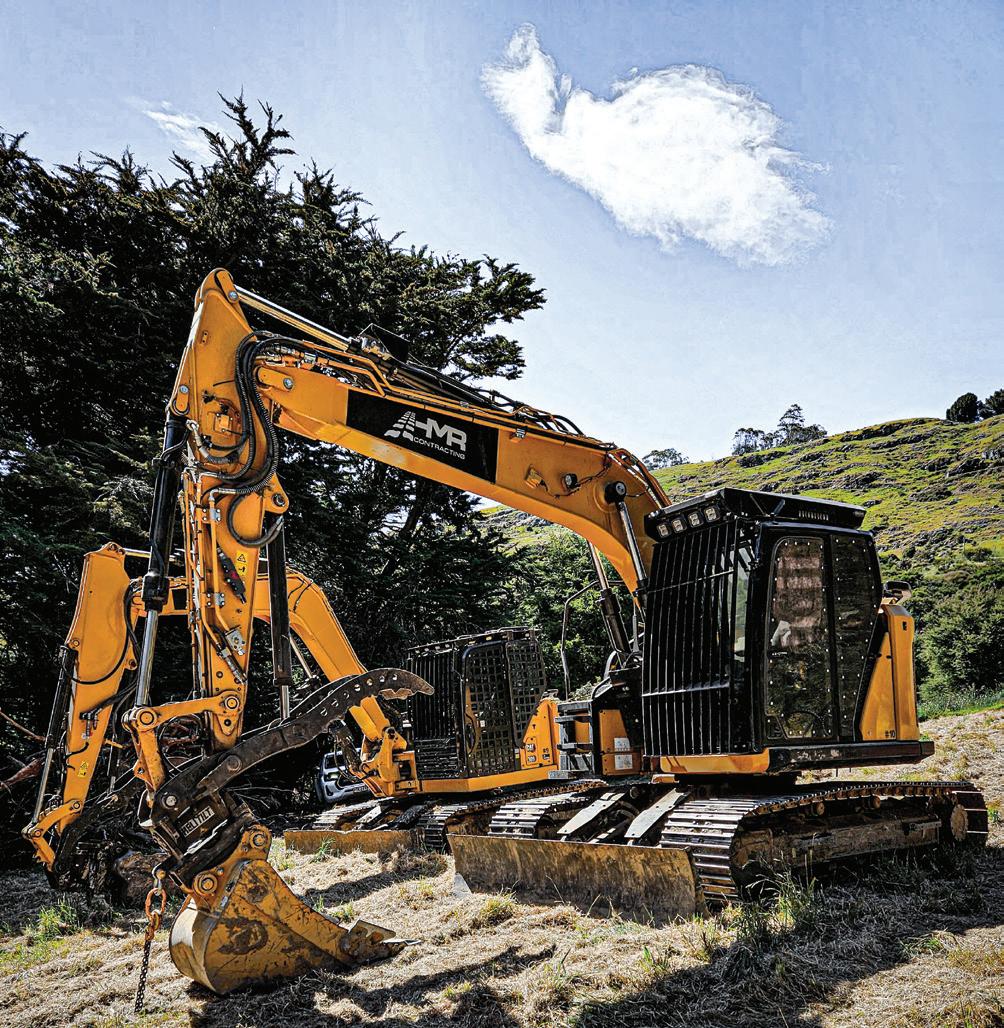


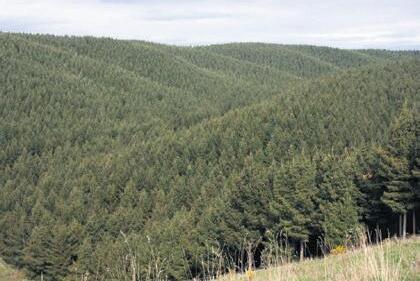


Pioneering plant breeder Germinal is transforming New Zealand agriculture with the world’s first hybrid of white and Caucasian clover.
Article supplied by ] germinal.co.nzGerminal has achieved something special with DoubleRoot – a ground-breaking cross of Caucasian clover and white clover.
The result is a cleverly efficient clover that can produce both above-ground stolons and underground rhizomes, combining the advantages of both parent plants.
The technology represents a significant step forward as farmers tackle the challenges of being environmentally responsible while remaining profitable.
Switching to a DoubleRoot cultivar is a no-brainer, effectively gaining two clover cultivars for the price of one.
Initially, DoubleRoot behaves like white clover by establishing a deep taproot while spreading above-ground stolons develop and daughter plants establish.
Below the ground, like Caucasian clover, a network of rhizomes is also being formed. These are well protected from climatic conditions like drought and extremely cold temperatures down to – 30degC.
The dual growth habit of DoubleRoot produces a unique plant with the ability to reproduce and fix nitrogen efficiently and under climate extremes.
Farmers who use DoubleRoot are investing in a solution that has a “plan B” established in its DNA and eliminates the need to sow two clover species.

Ask for Germinal: Germinal’s Doubleroot is a ground-breaking cross of Caucasian clover and white clover.
Global plant breeder Germinal was established in Belfast, Northern Ireland and has world-class research facilities embedded at the Institute of Biological, Environmental and Rural Sciences (IBERS) at Aberystwyth University in Wales, dedicated to developing innovative new varieties. Committed to supporting a New Zealand customer base, a progressive plant breeding site, Horizon Broadfield, has been established locally at Lincoln.

Increase your farm efficiency and decrease your costs with DoubleRoot — a world first. ]

DoubleRoot cultivars such as AberLasting have been performing well on forward thinking farms here in New Zealand. These compelling results and the growing need for solutions to climate change make DoubleRoot a timely innovation.
Gaining the benefits of DoubleRoot for your system is as simple as changing cultivars – with no extra establishment require-
Introducing AberLasting from our DoubleRoot hybrid clover range. DoubleRoot is Germinal’s exclusive hybrid clover — a cross between white clover and Caucasian clover.
Encapsulating Germinal’s breeding innovation, farmers gain the dual advantages of both varieties in one clover — a winning formula for increased animal performance, soil health, reducing nitrogen and growing a more sustainable and resilient pasture.
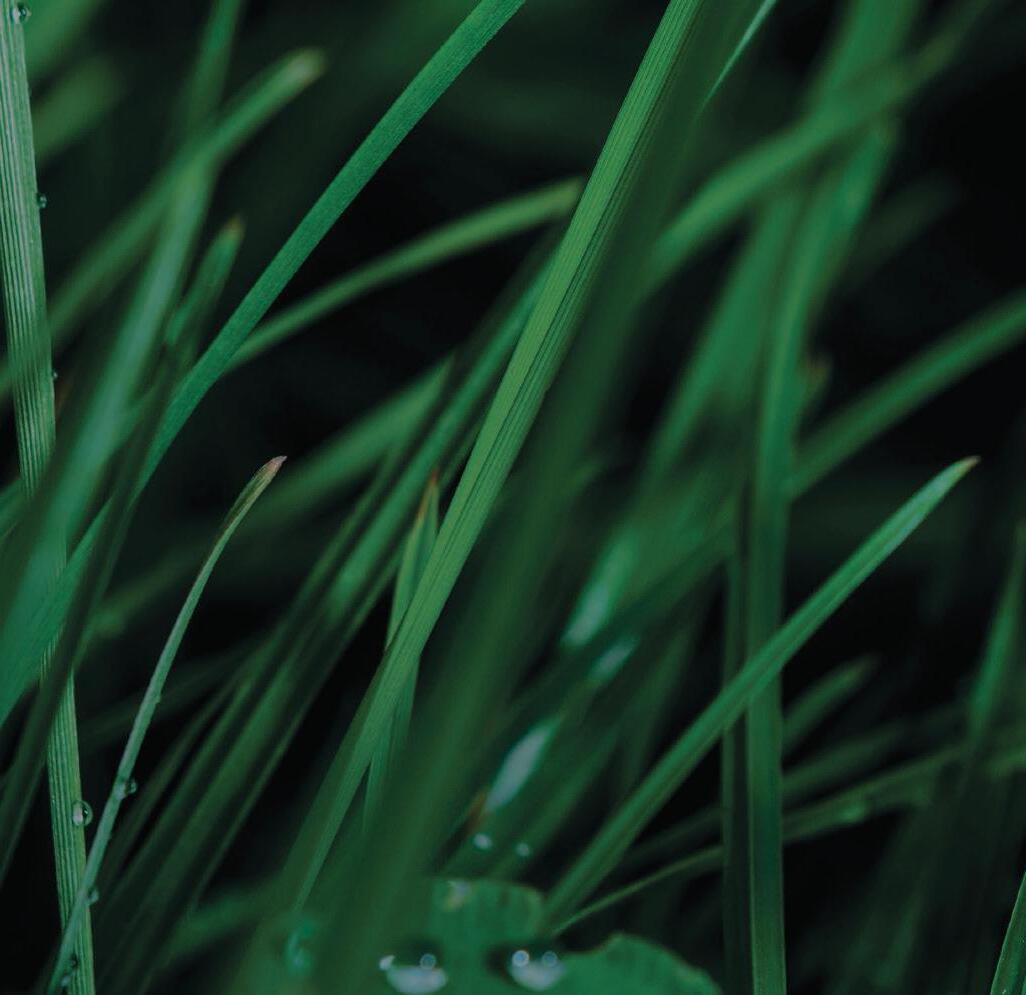
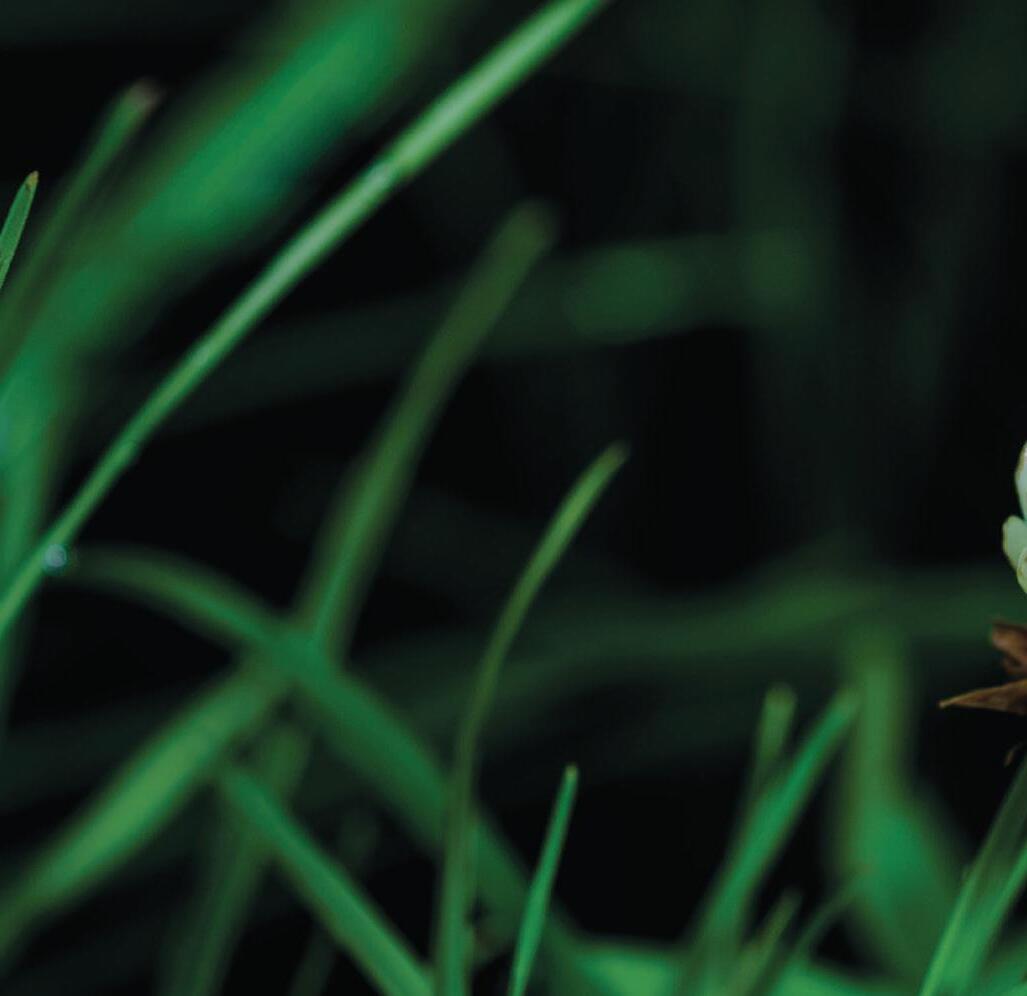
DoubleRoot differs from conventional white clover as it produces underground rhizomes and above ground stolons. This unique dual root/stem feature is key to DoubleRoot’s resilience to temperature extremes and treading damage under grazing.




ments, farmers can improve their bottom lines by incorporating DoubleRoot clover into their pasture mixes, helping to take care of the land and minimising their carbon footprint in one step.
Germinal’s Doubleroot is now available from seed retailers. Ask for Germinal products by name or visit germinal.co.nz

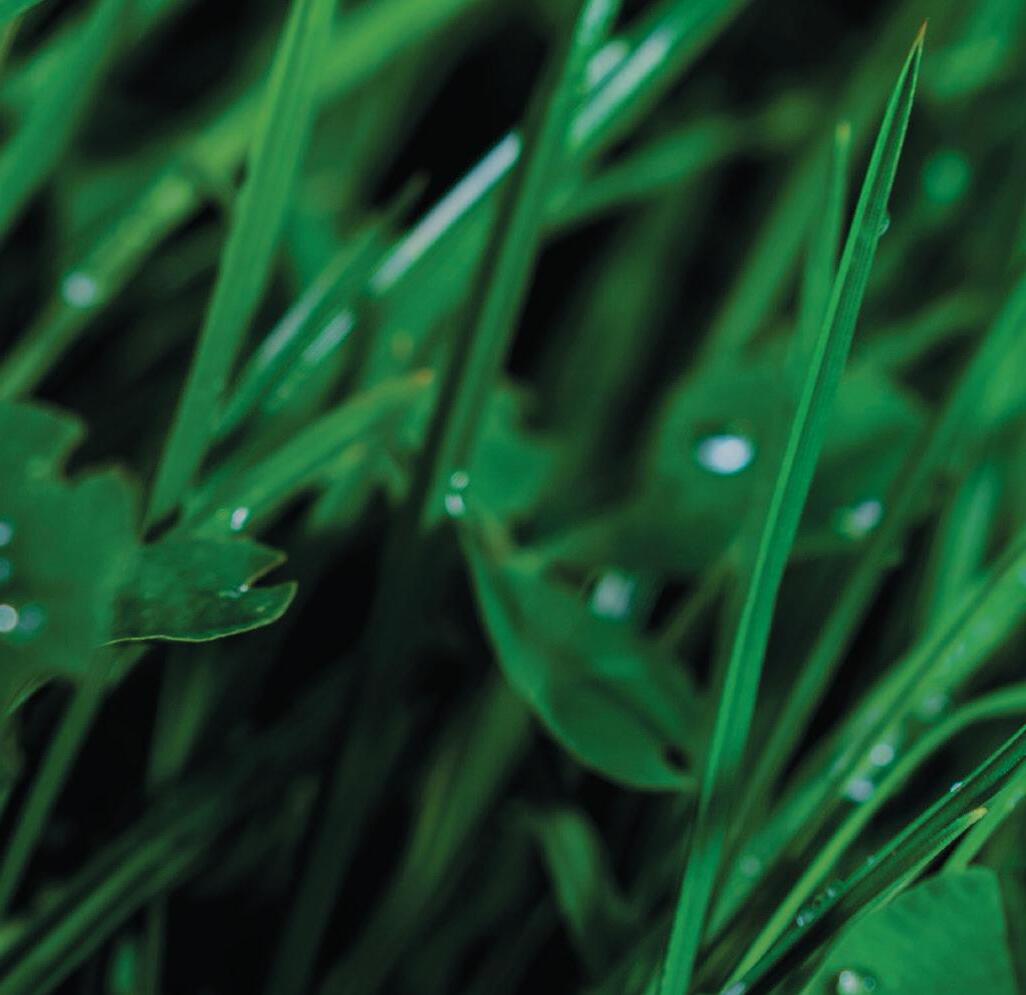











I am not going to get into the mine field of politics, but I do wonder where out patriotic focus has gone since we fought in two world wars, flew our national flags, only ate what we as a nation could produce, and the only way you could buy a car was to have overseas funds.
That meant that 70 years ago our exports well exceeded our imports, so we were flush as a country.
Since then, we seem to have lost that united feeling of being New Zealanders, and it has become seriously hard to export the same amount as we import.
Is it consumer demand that has led to our producers having to compete with other countries who can and do out produce us?
If you look at Europe and the UK, the producers are snuggling within the comfort of trade barriers, we have none that I am aware of.
If things start to look shady, the farmers protest and get listened to. Out Groundswell chaps had a go, and it was only noted as a traffic problem.
The UK has a very strong ‘Buy Local’ campaign and the consumers go along with it. Even the Aussies are doing the same thing and they are far from a united front.
Watching our news and information channels, it seems that we are being driven apart
in many areas. The one that concerns me the most is the Rural verses Urban gap.
Seventy years ago, most folk who lived in a city or township had relatives who had a farm.
Weekends and holidays meant children were exposed to the farming scene and knew about animals and crops.
Their parents enjoyed the freedom of the great outdoors and joined in fund raising events such as hare drives. When did you last go on a hare drive?
We flew flags proudly off our city flag poles, and we were united in our love of honey.
Perhaps it is the fact that the rural areas have been robbed of families as mechanization takes over from manual labour.
Now the farmer runs the business, their spouse works in town to make ends meet, and the majority of the work is done by contractors.
Yes, okay I admit that time does march on, but just for a moment, let us all go shoulder to shoulder as New Zealanders and support each other.
We need more than a bumper sticker on a ute saying ‘No farmers, no food’.

